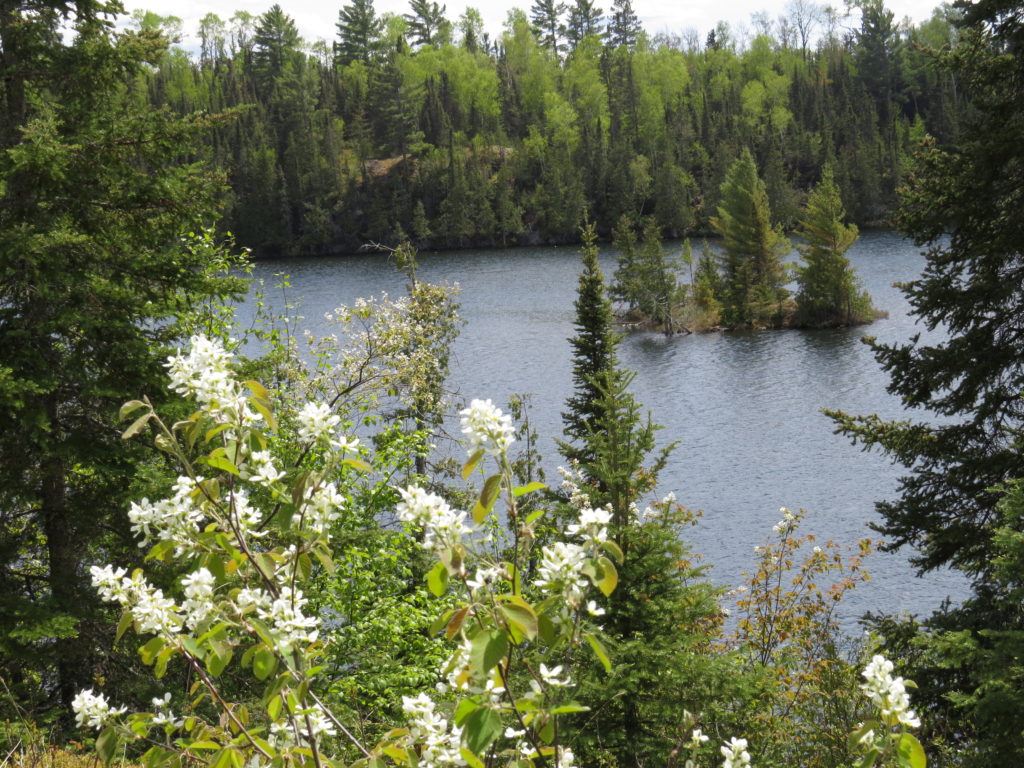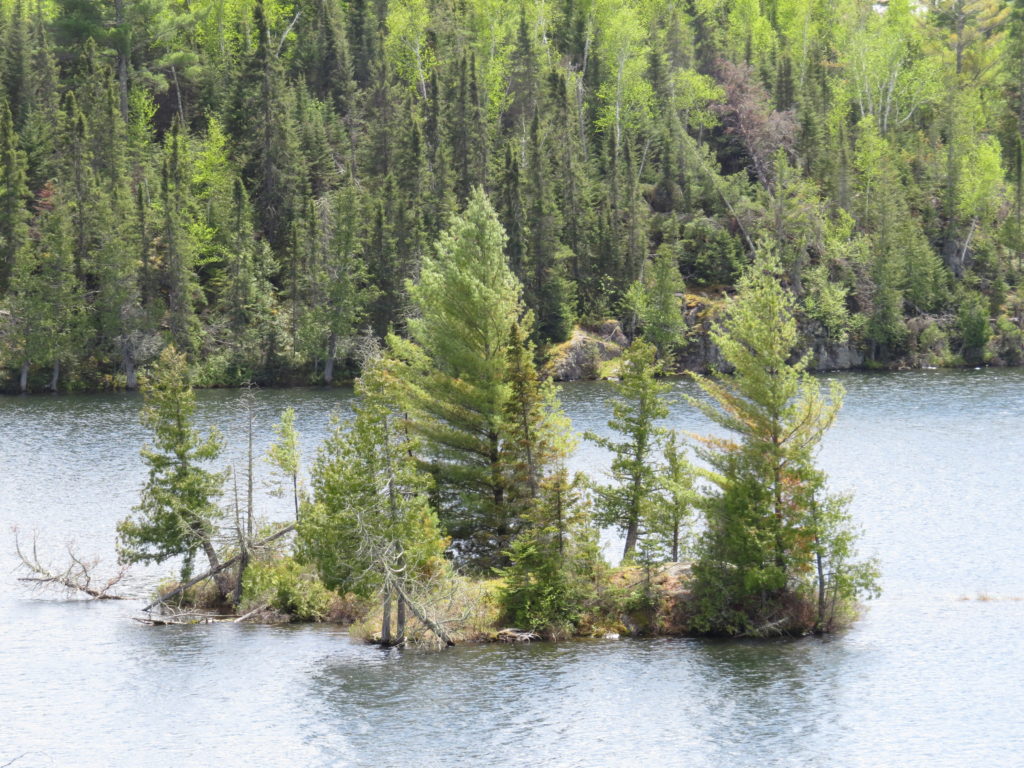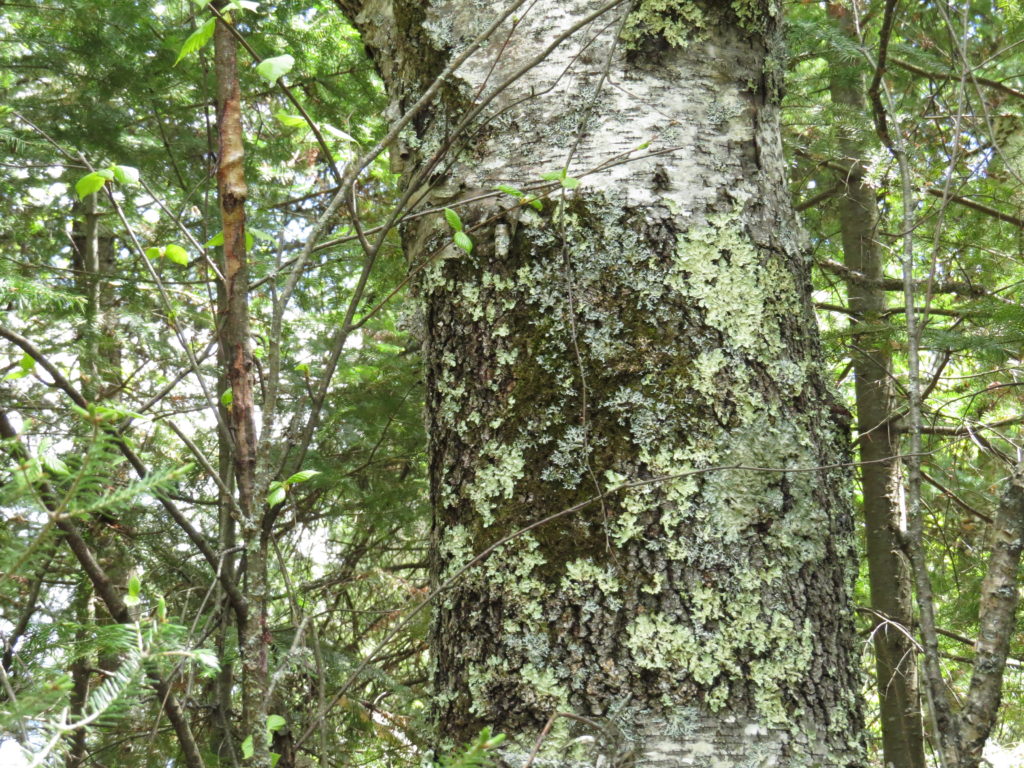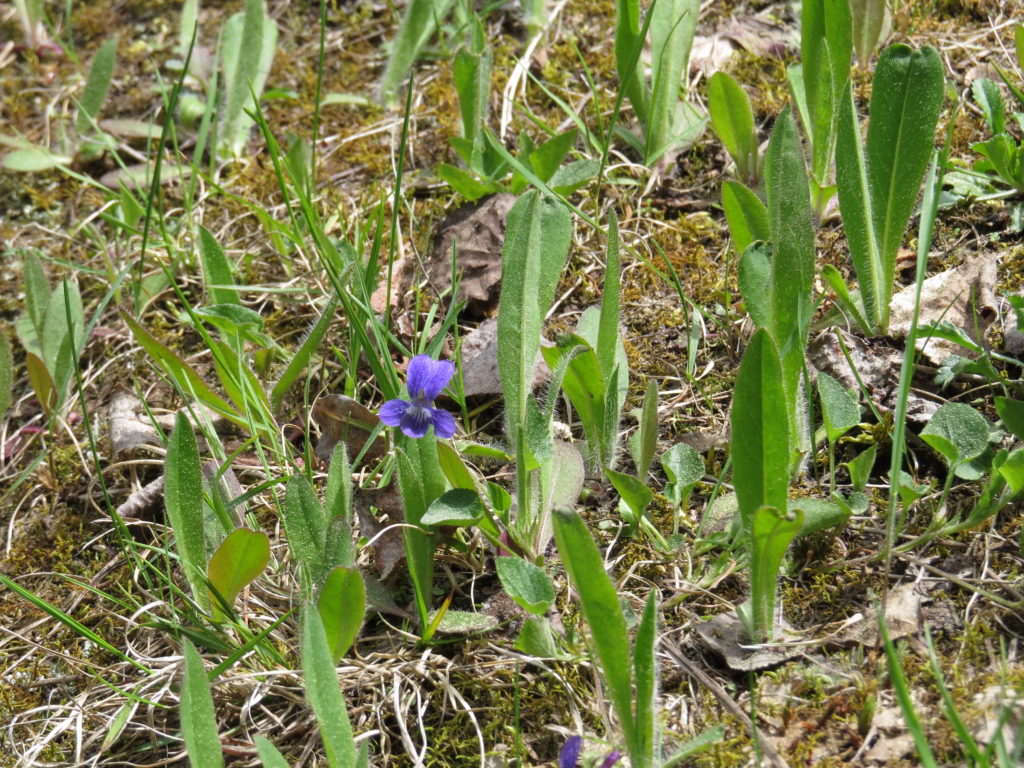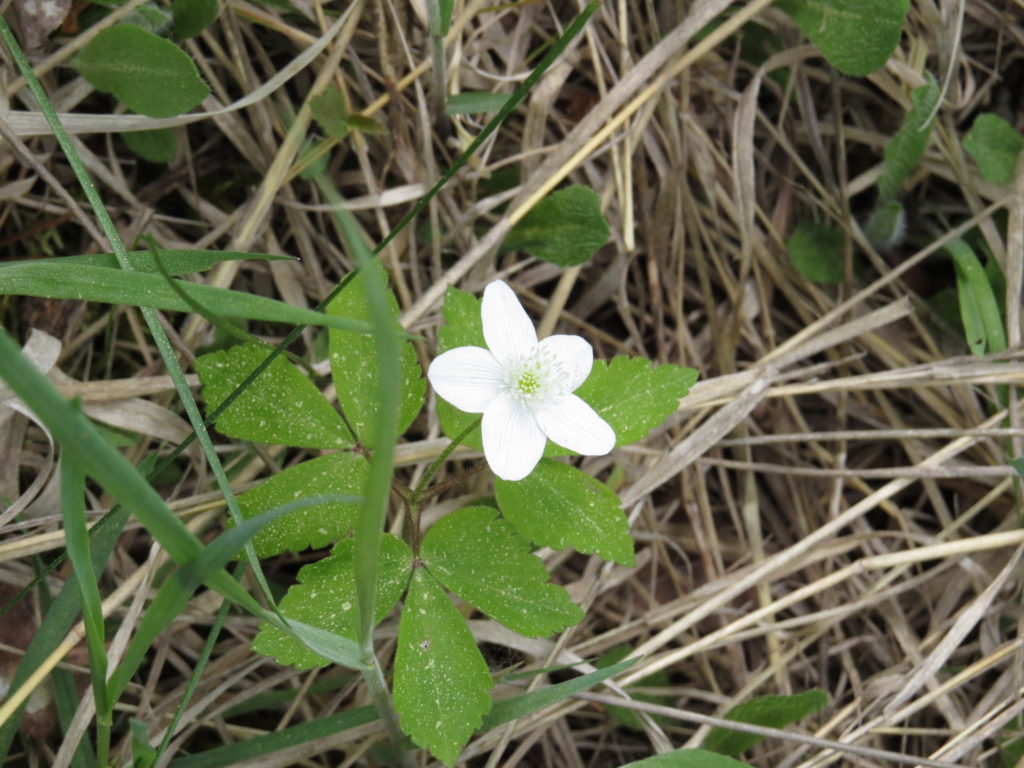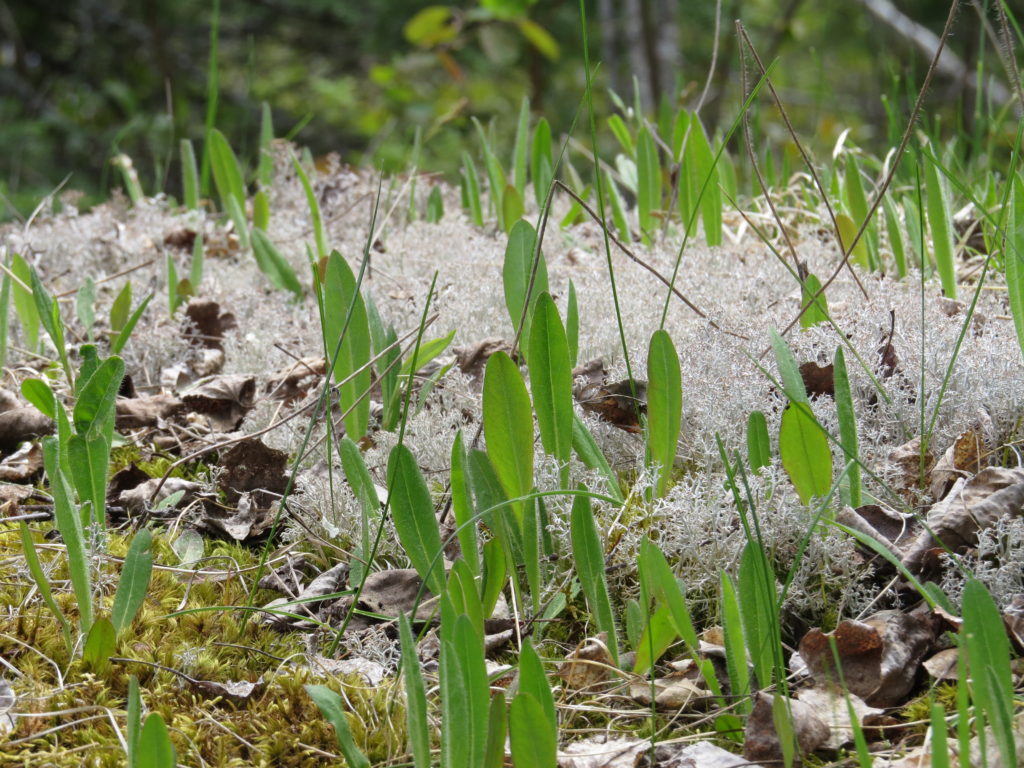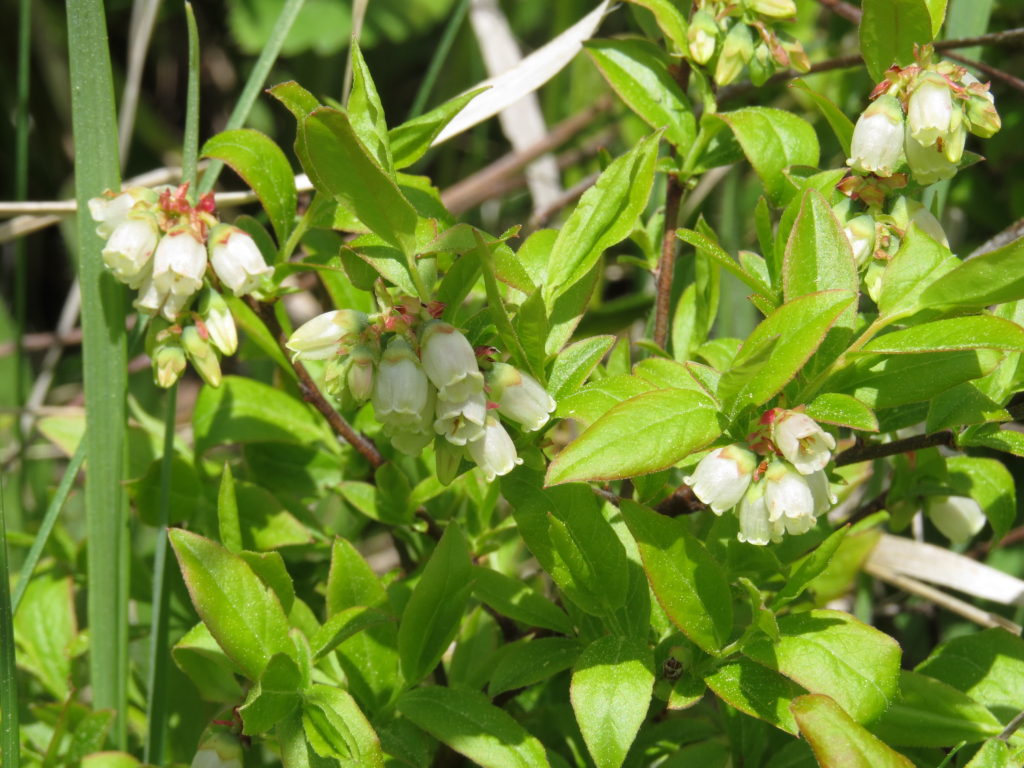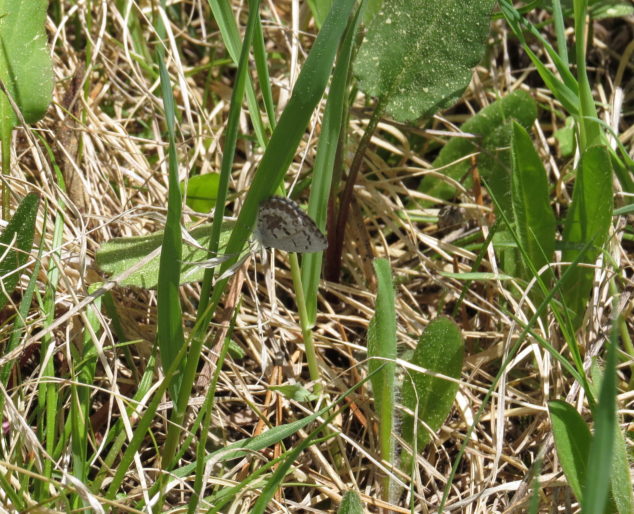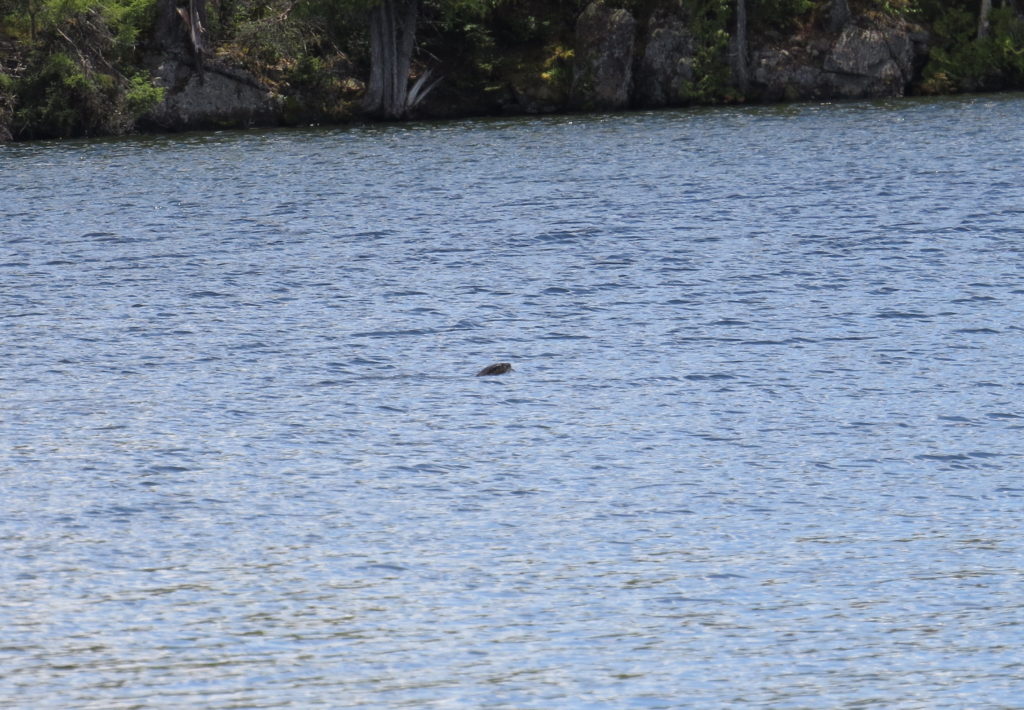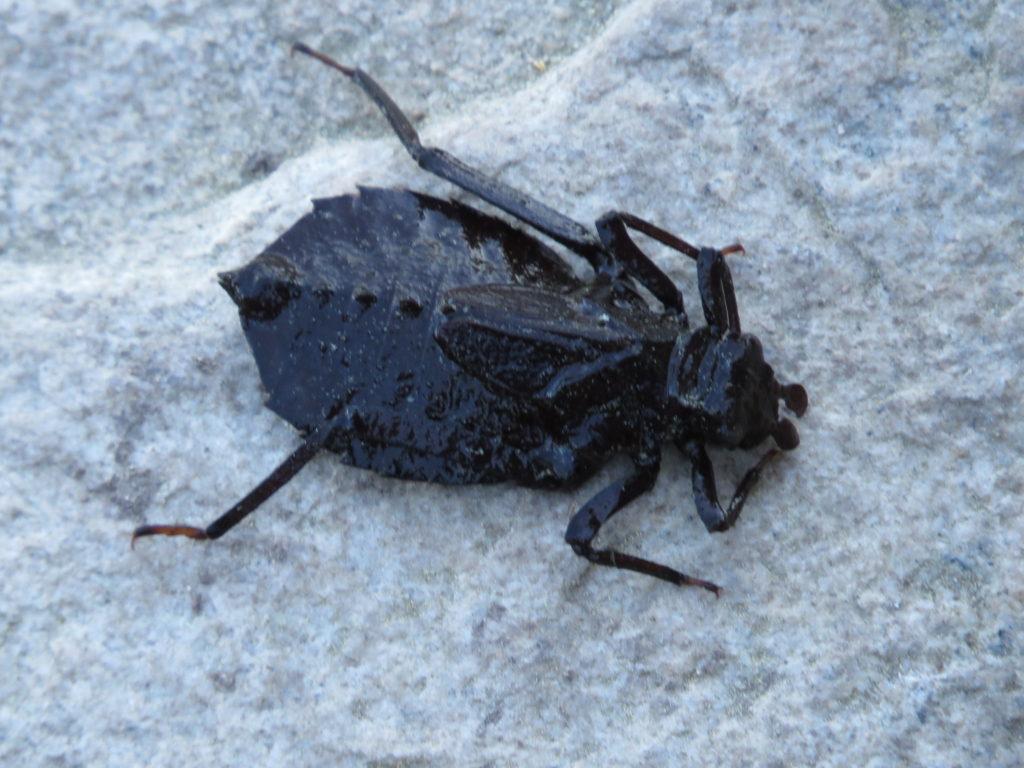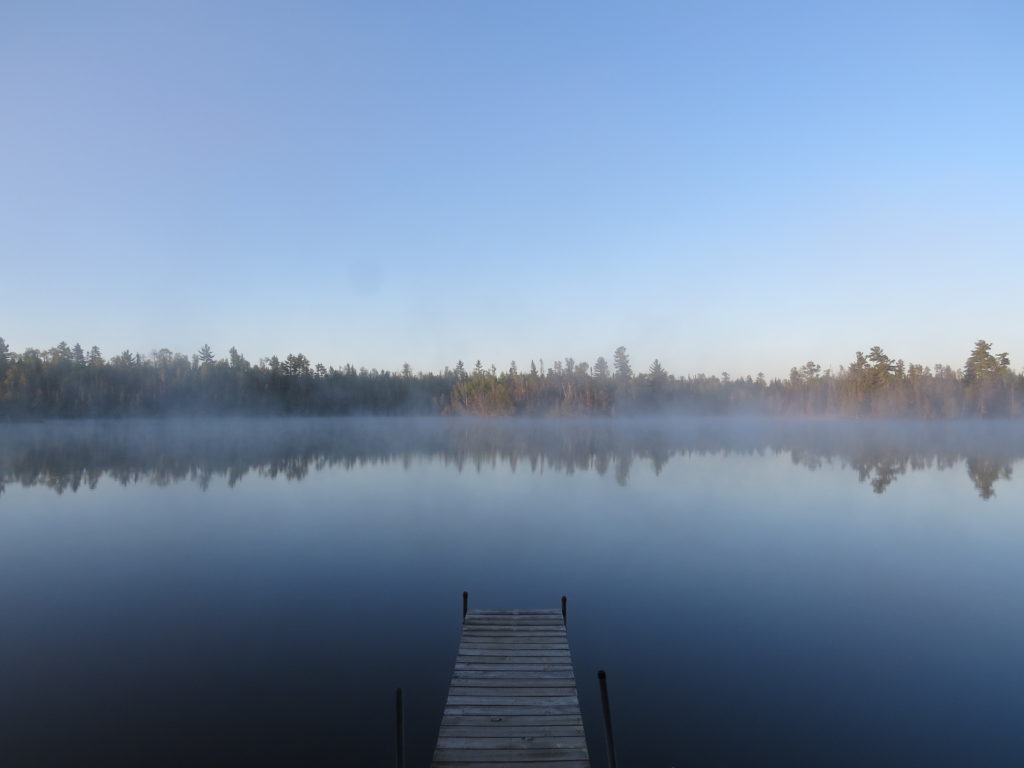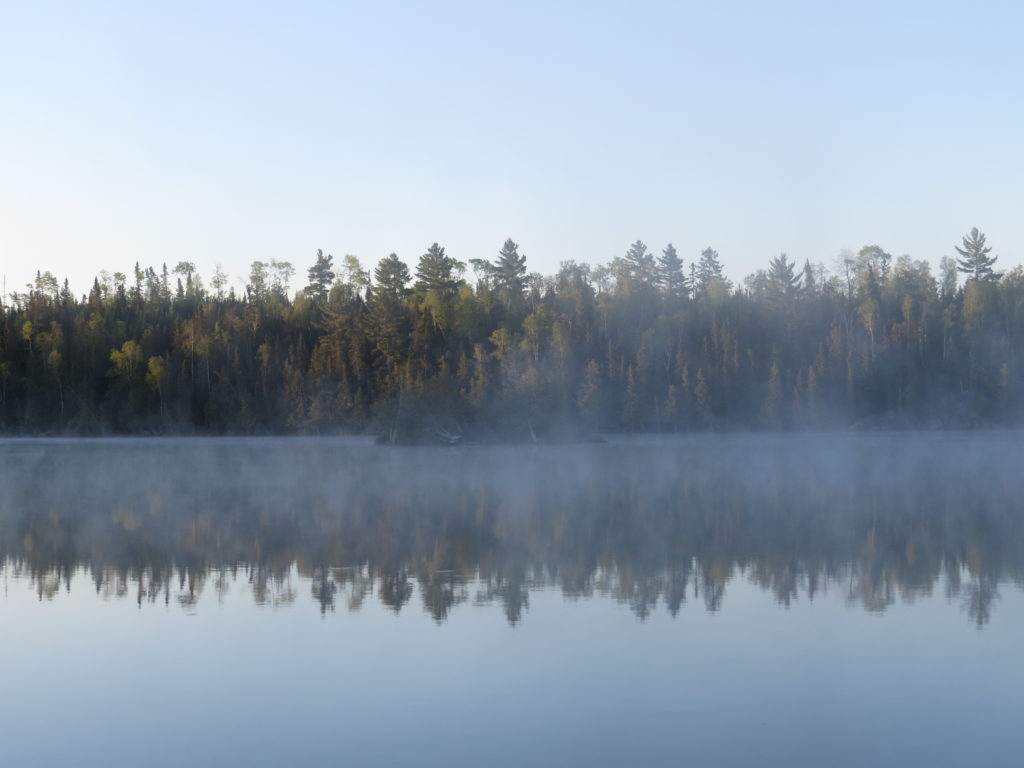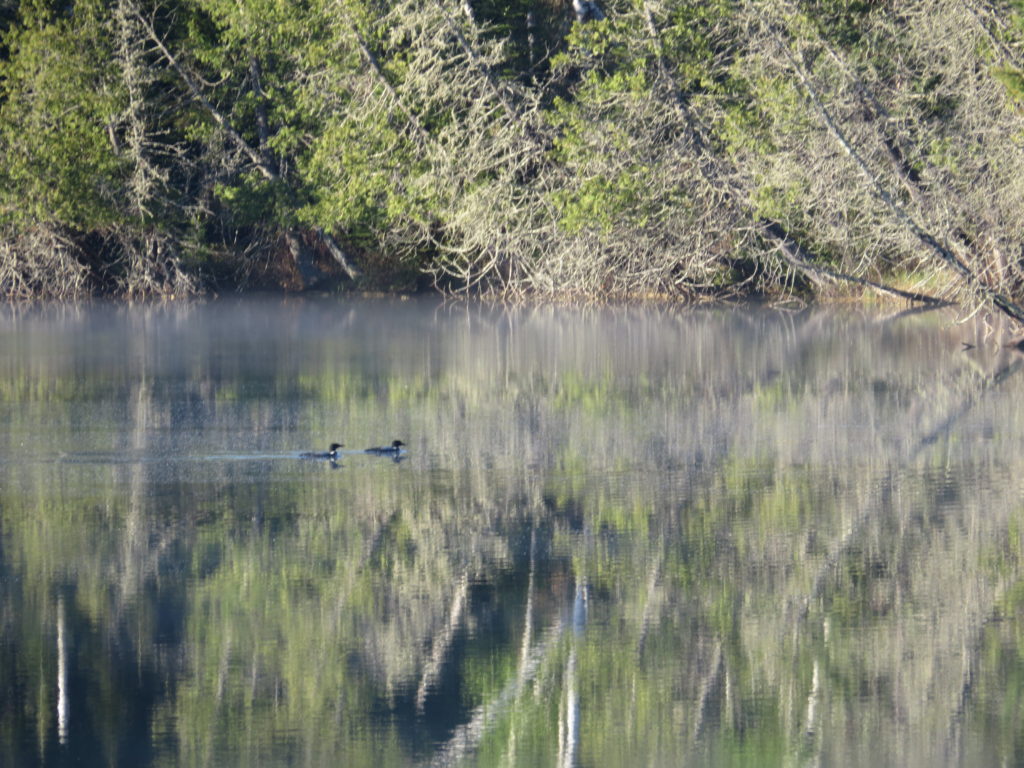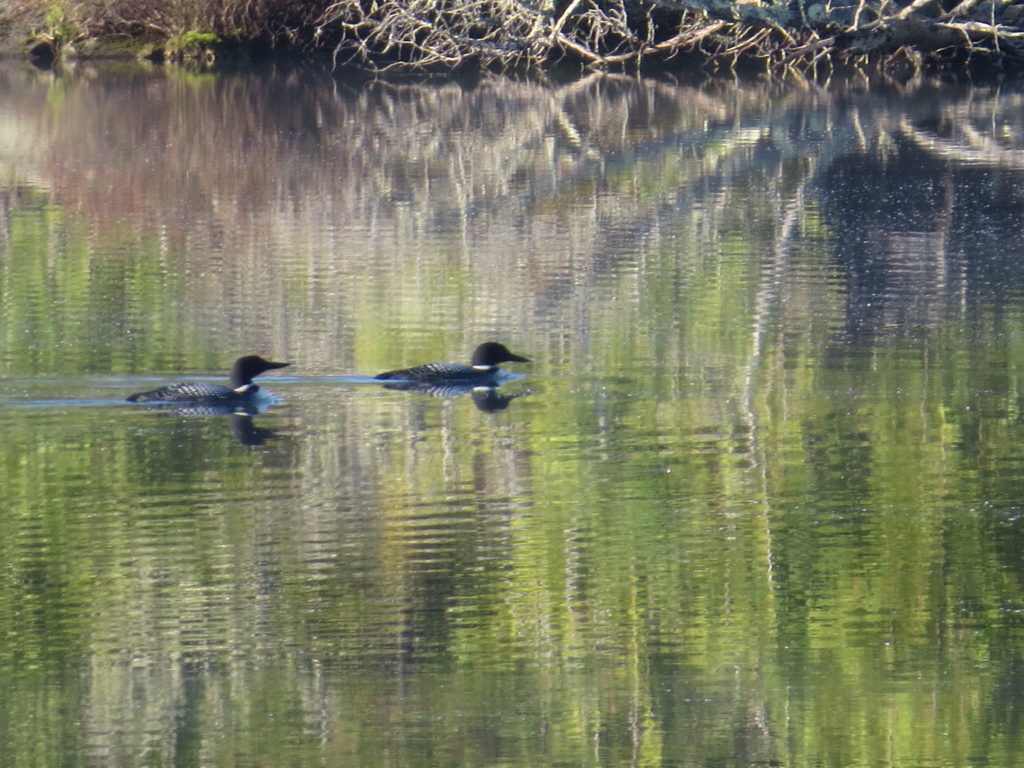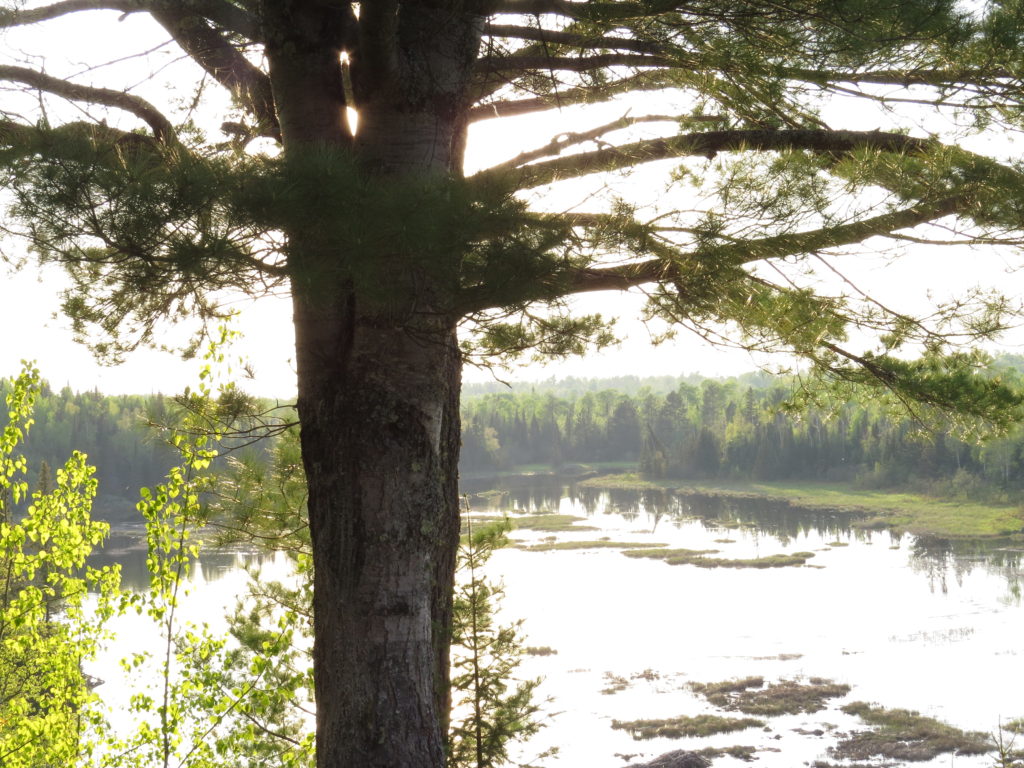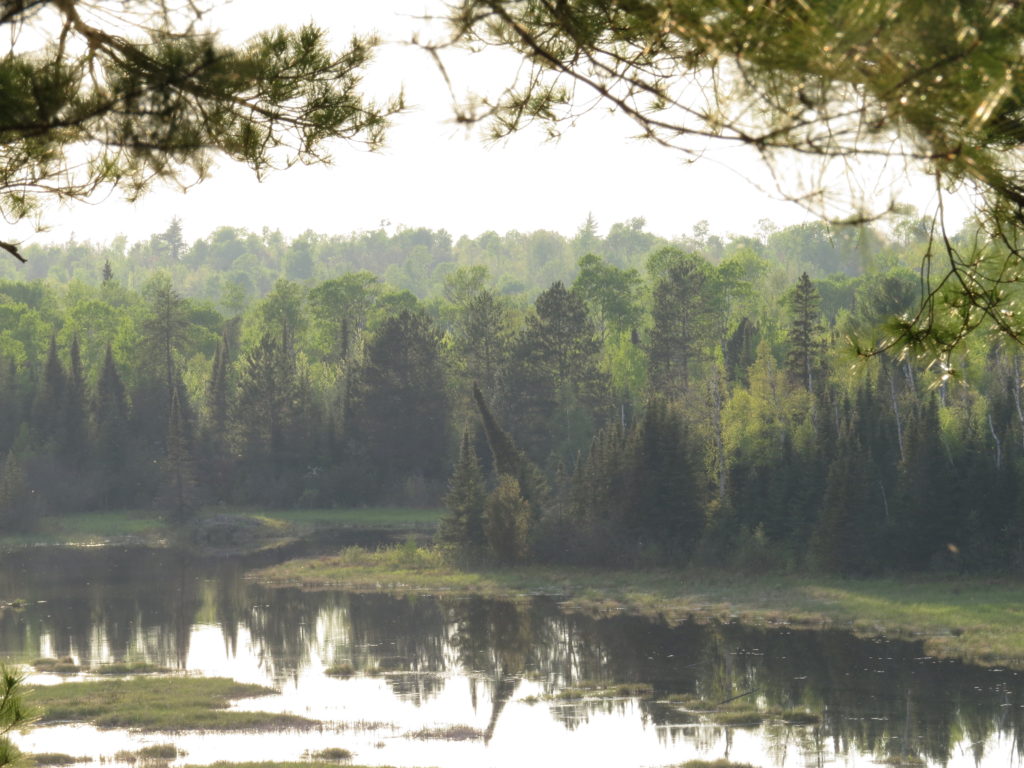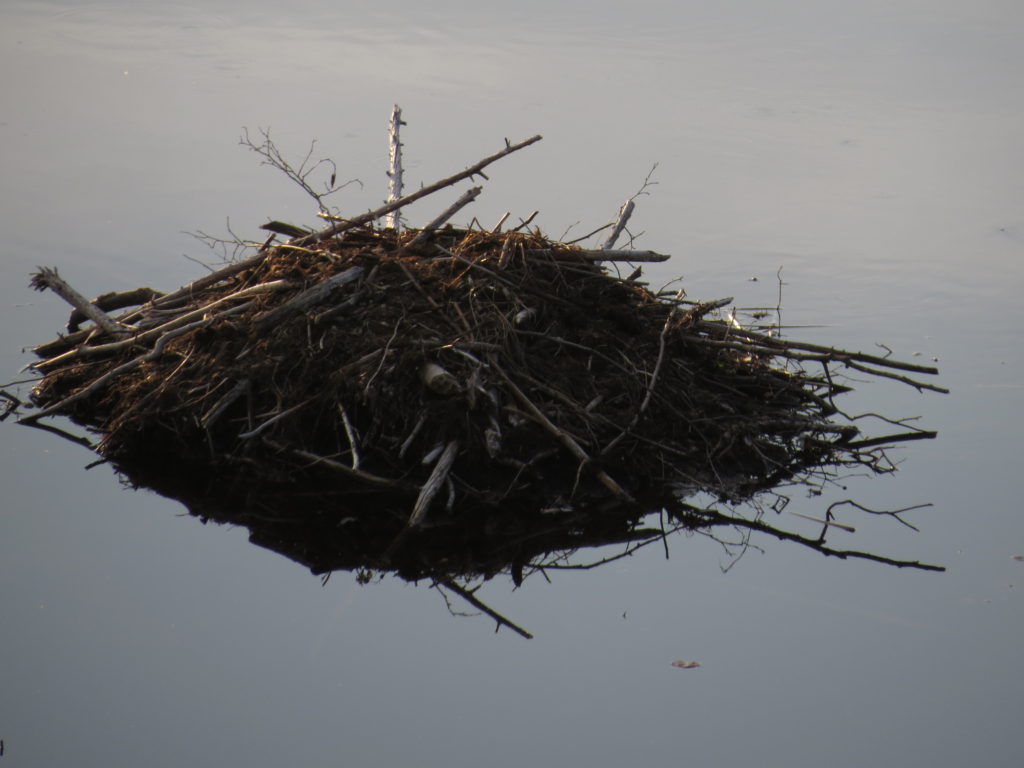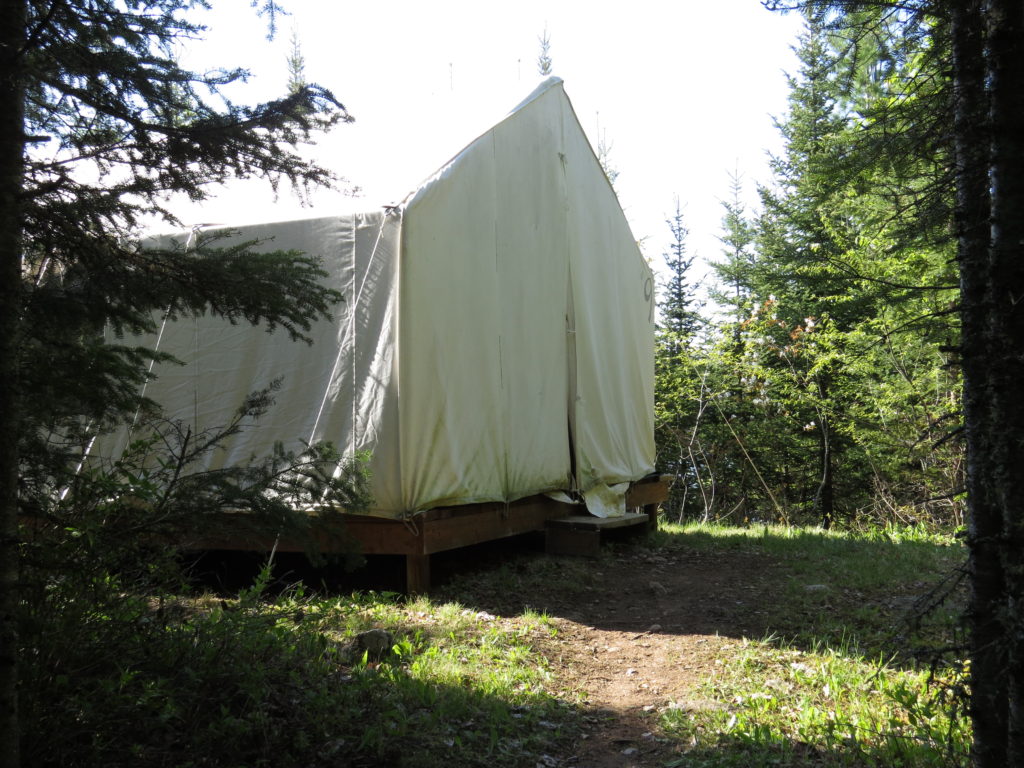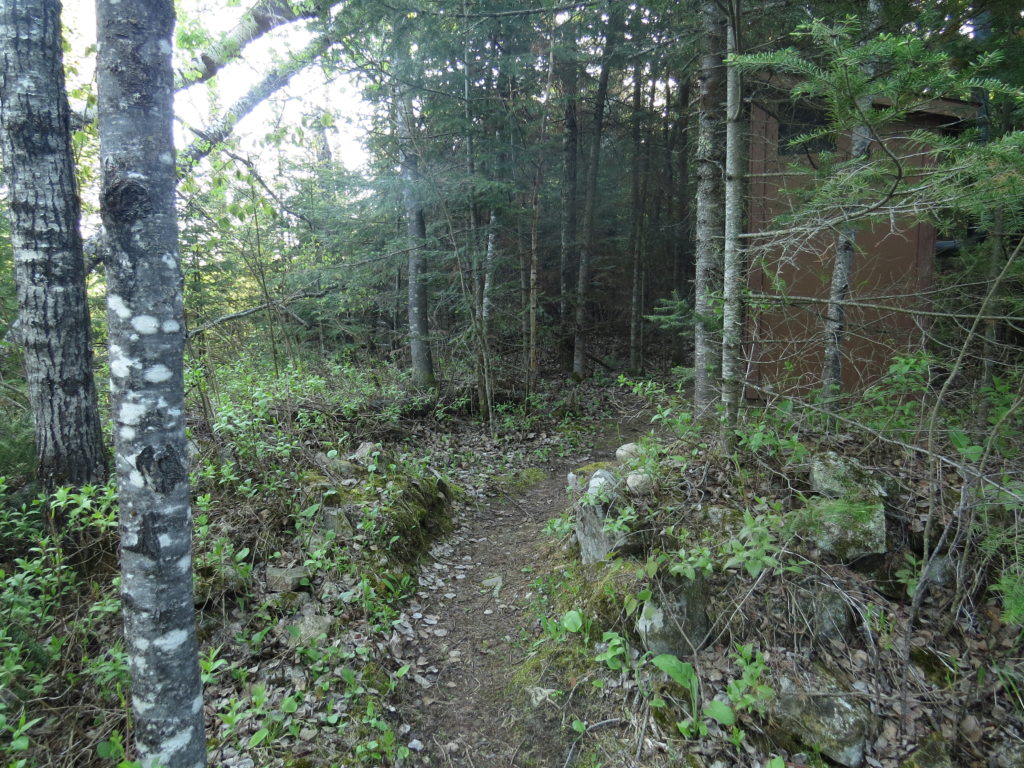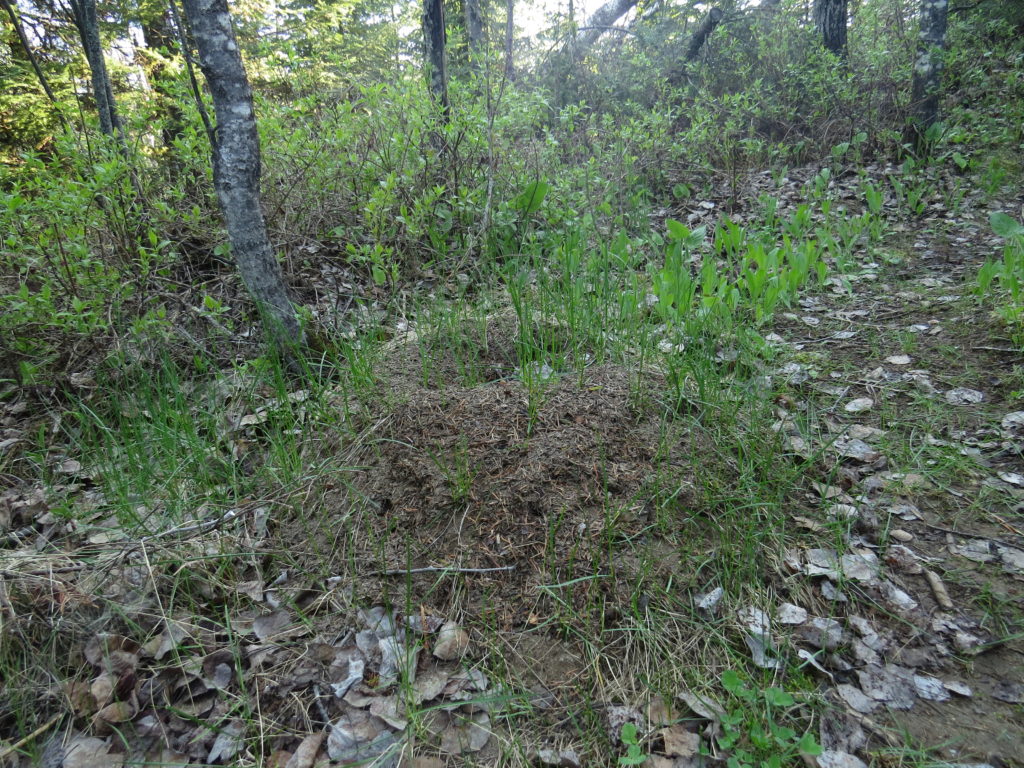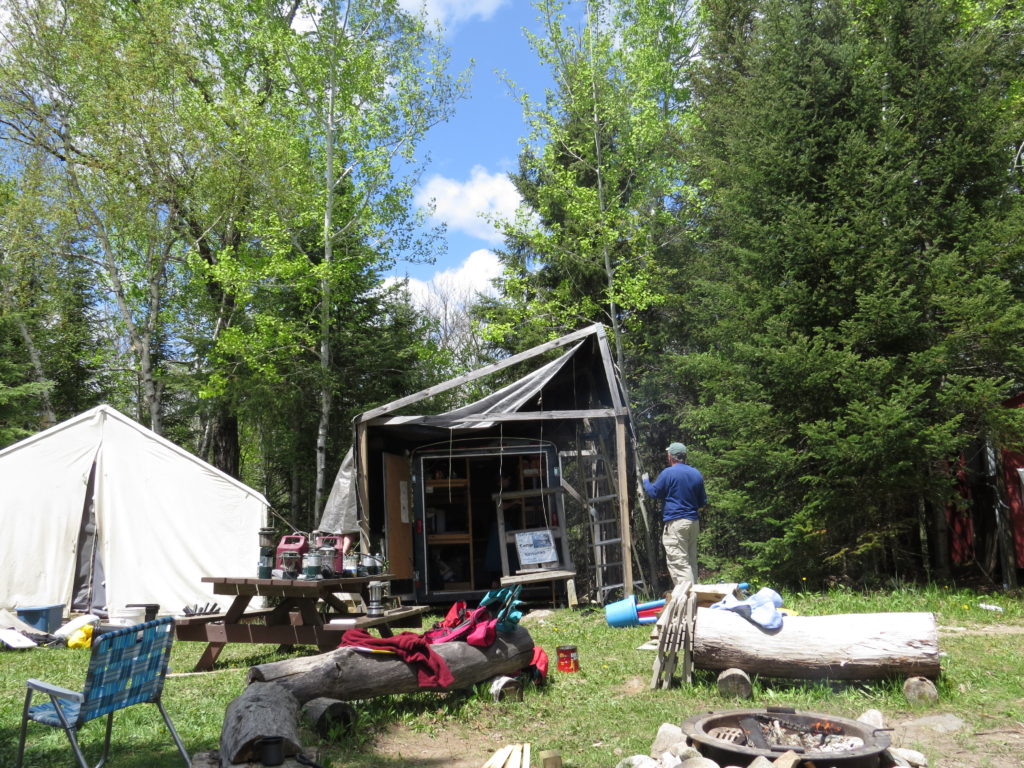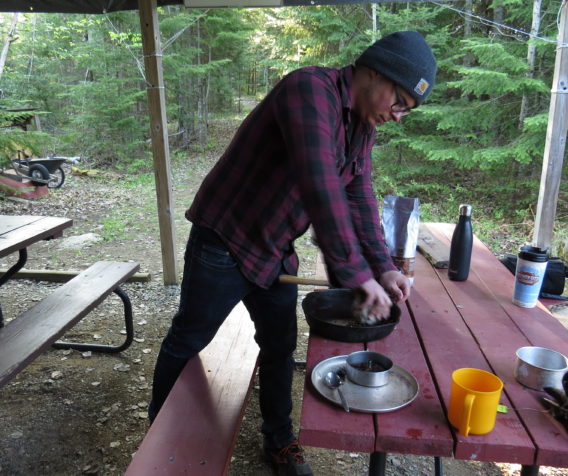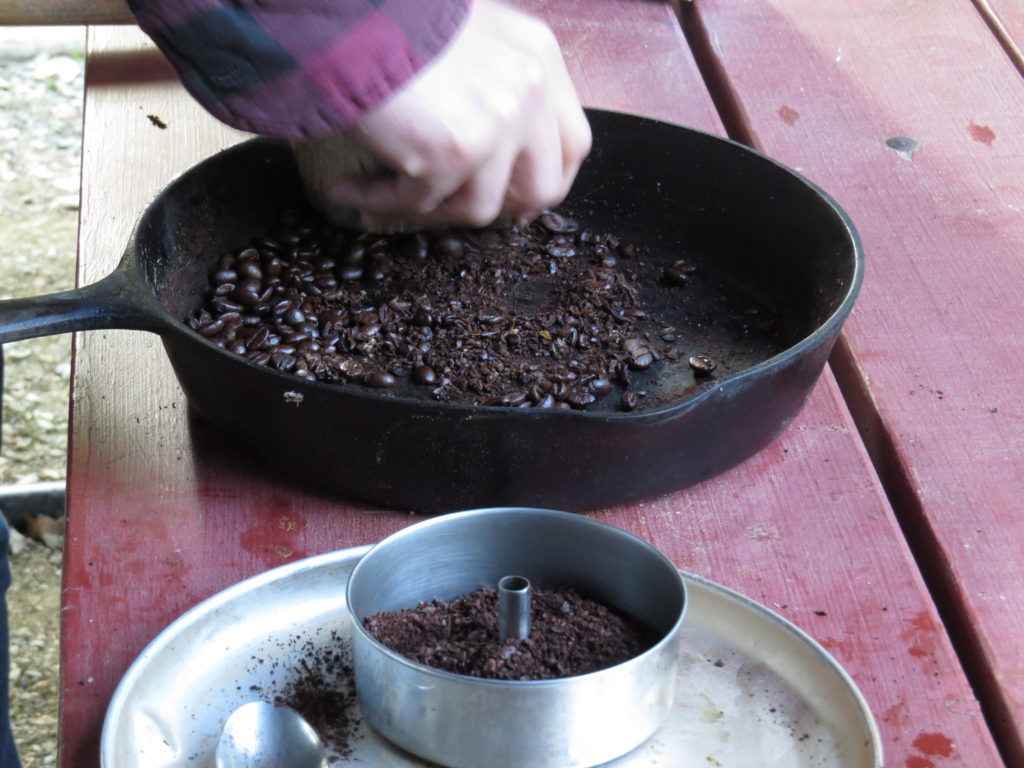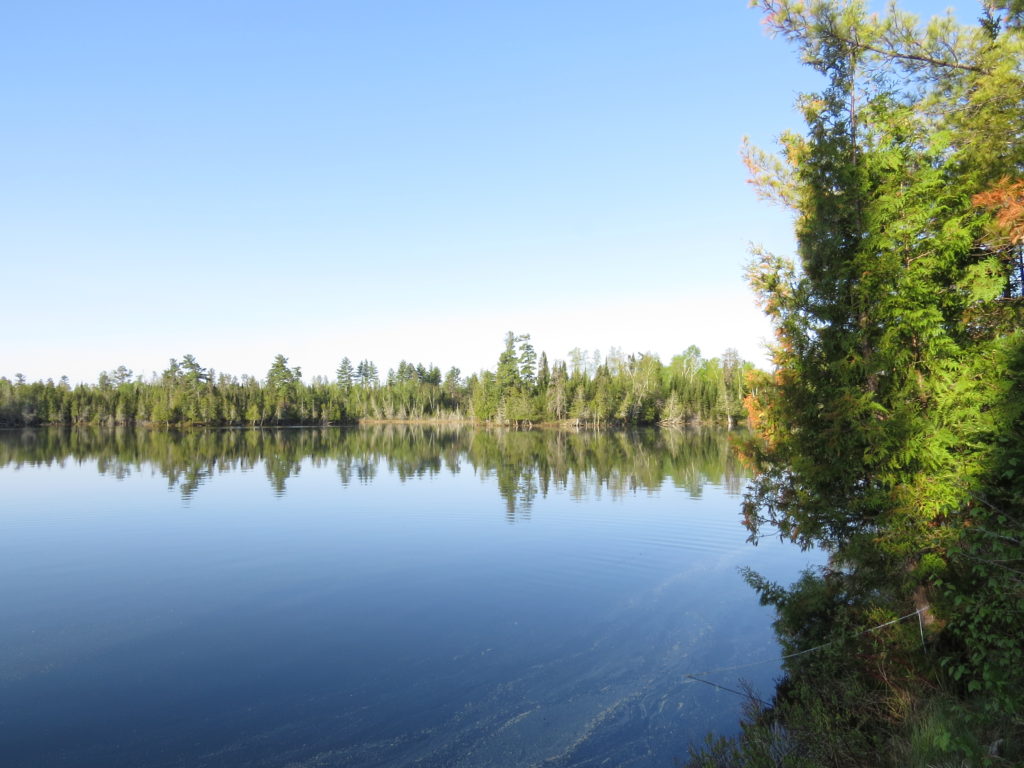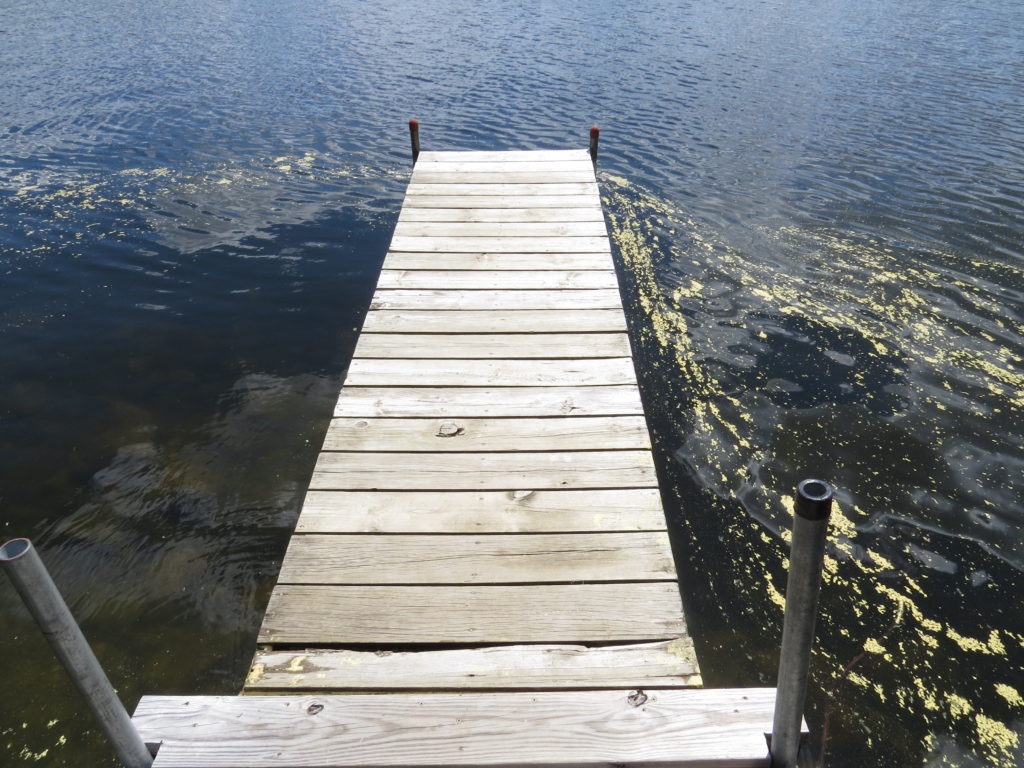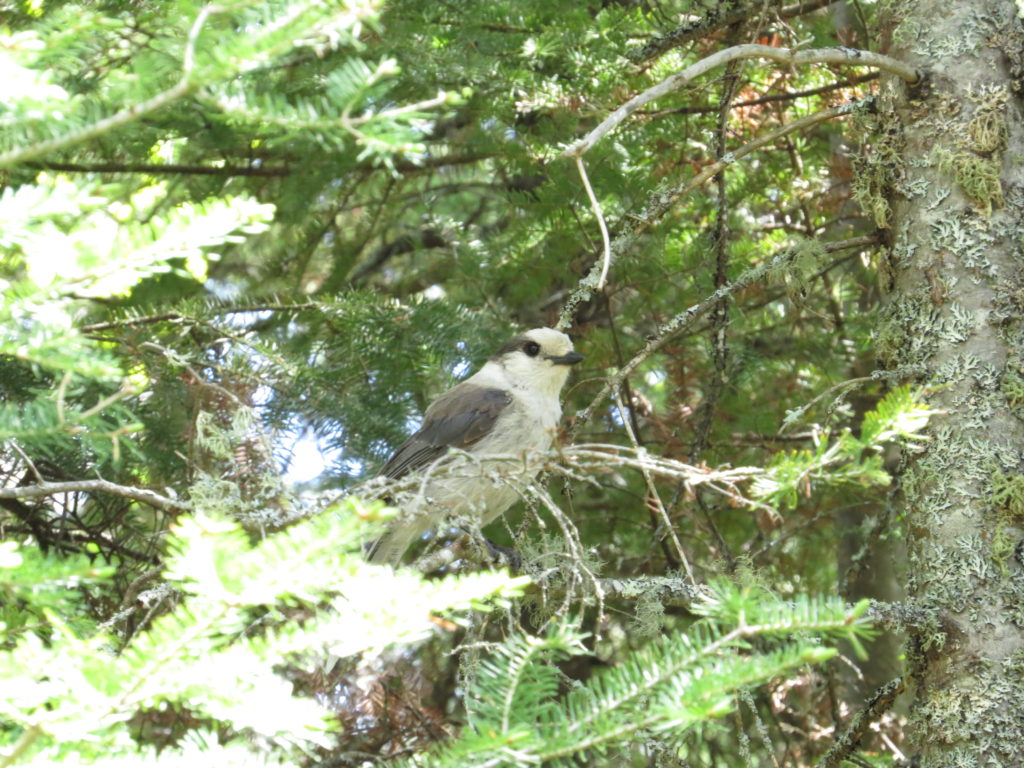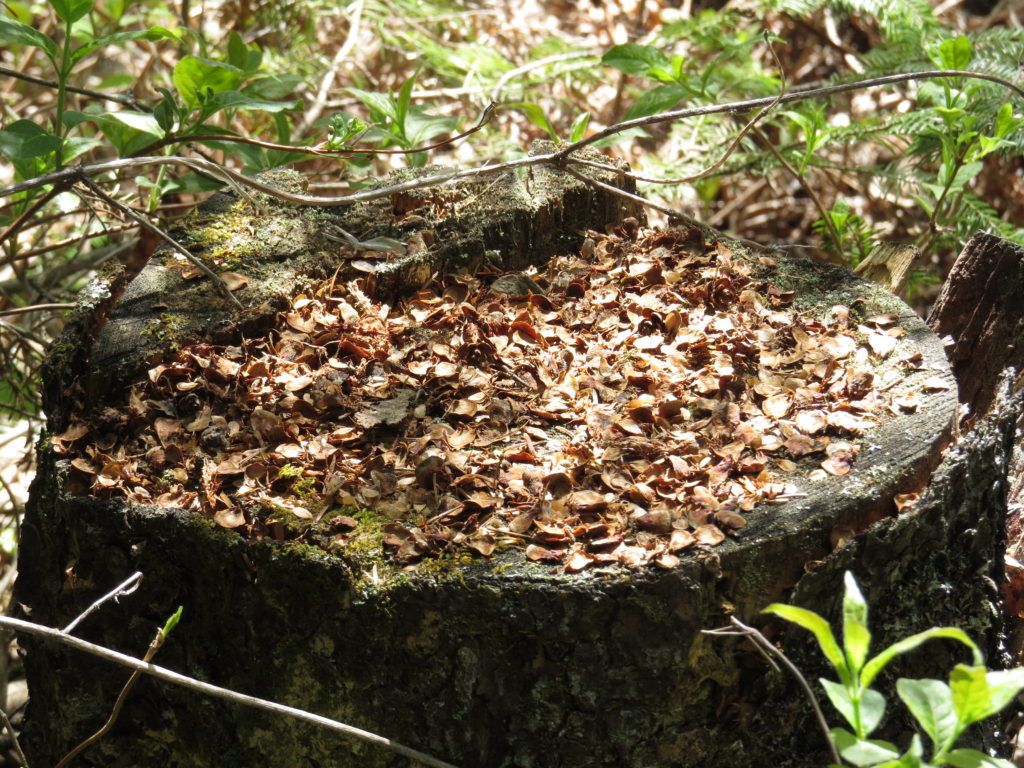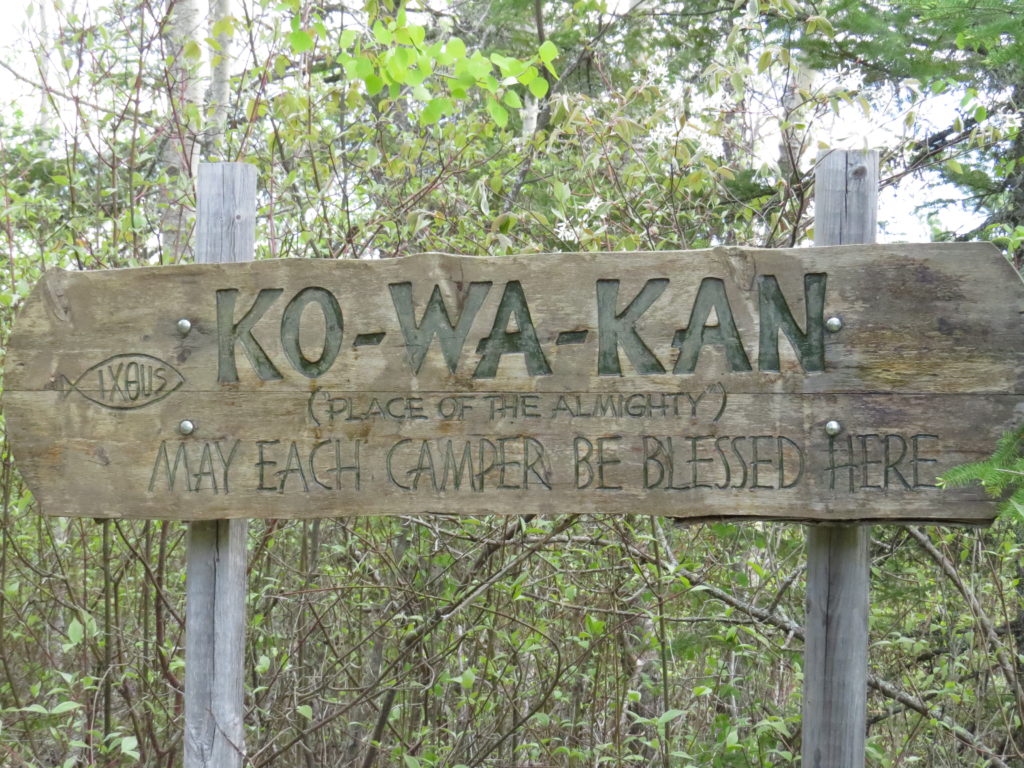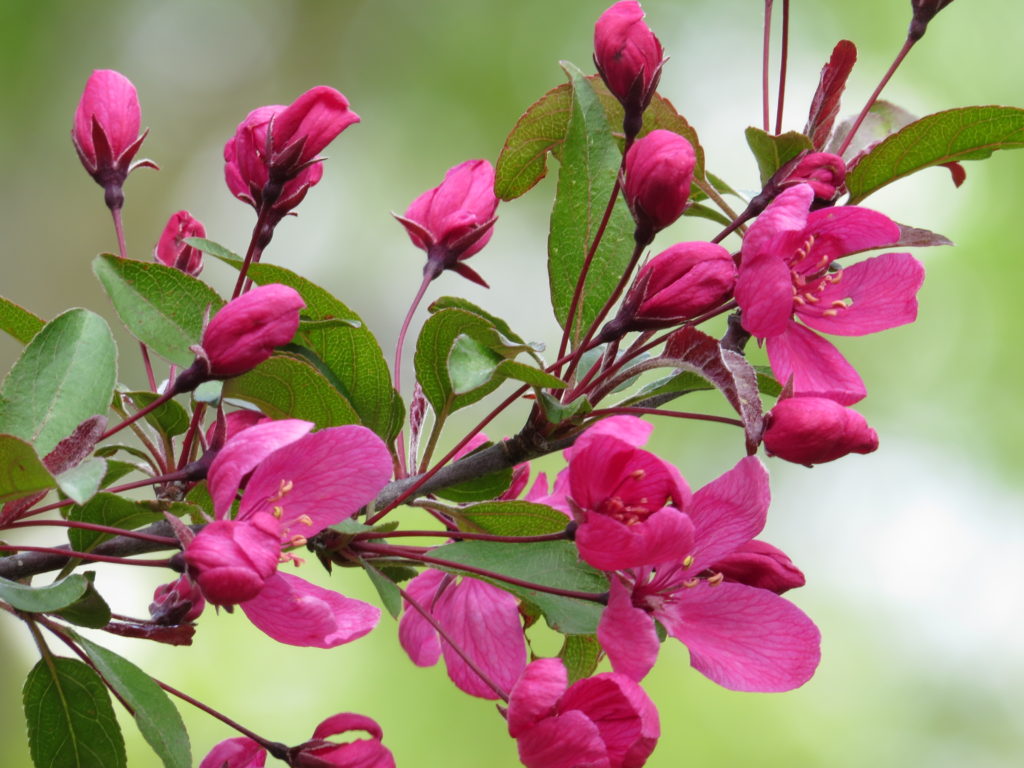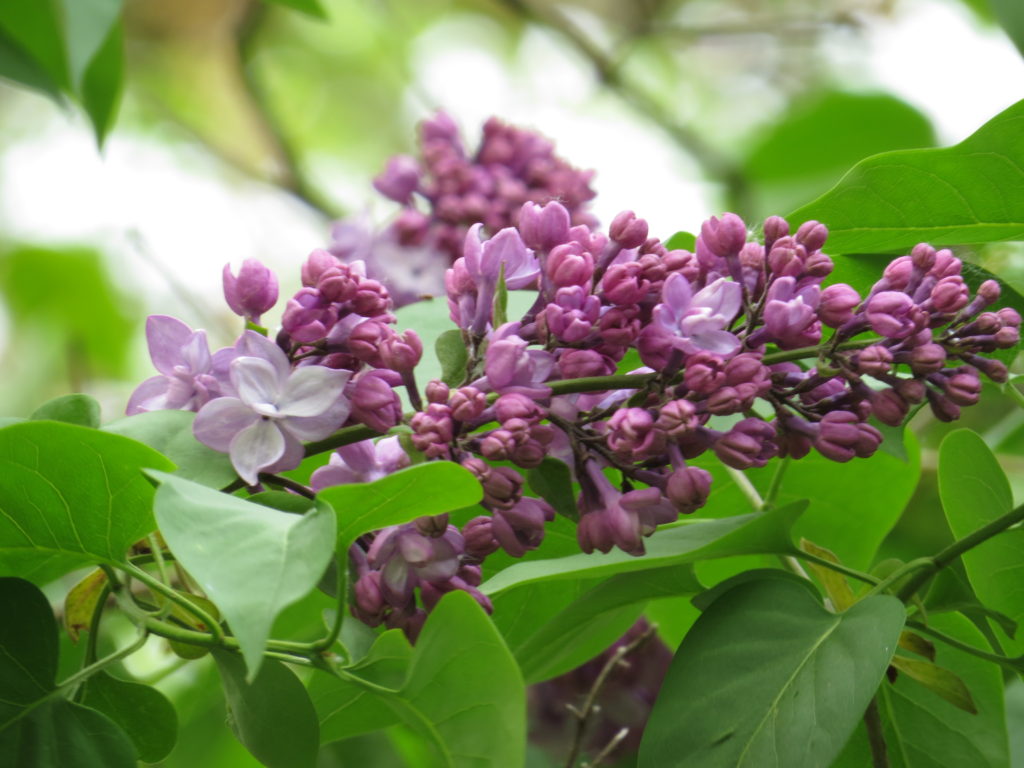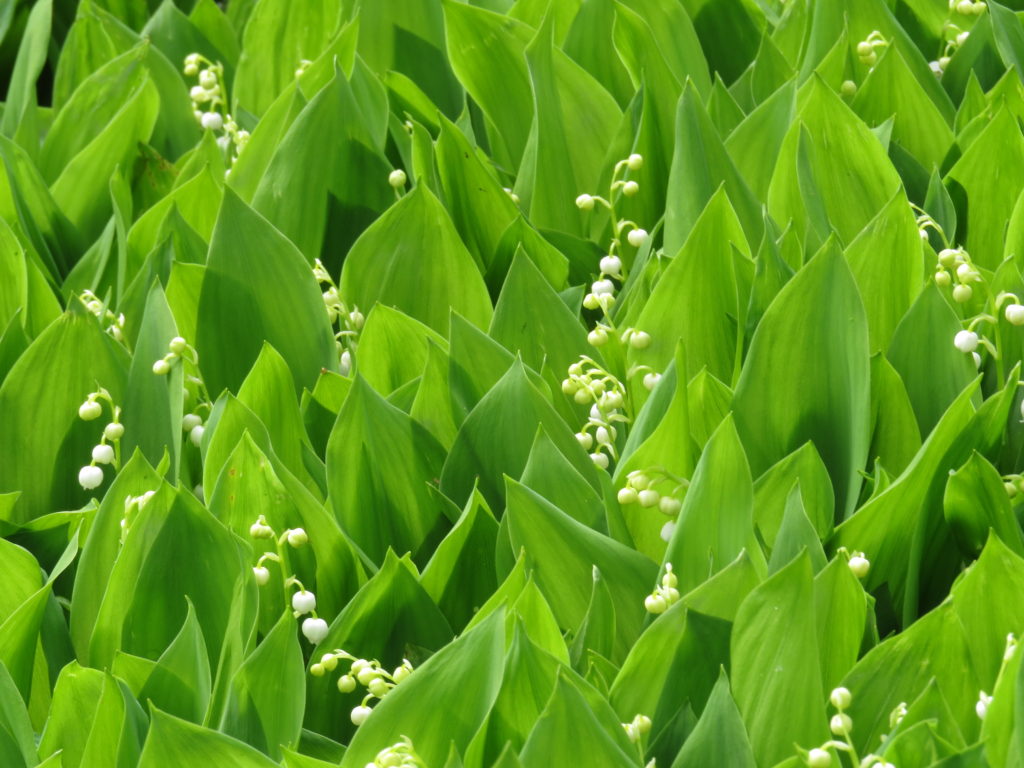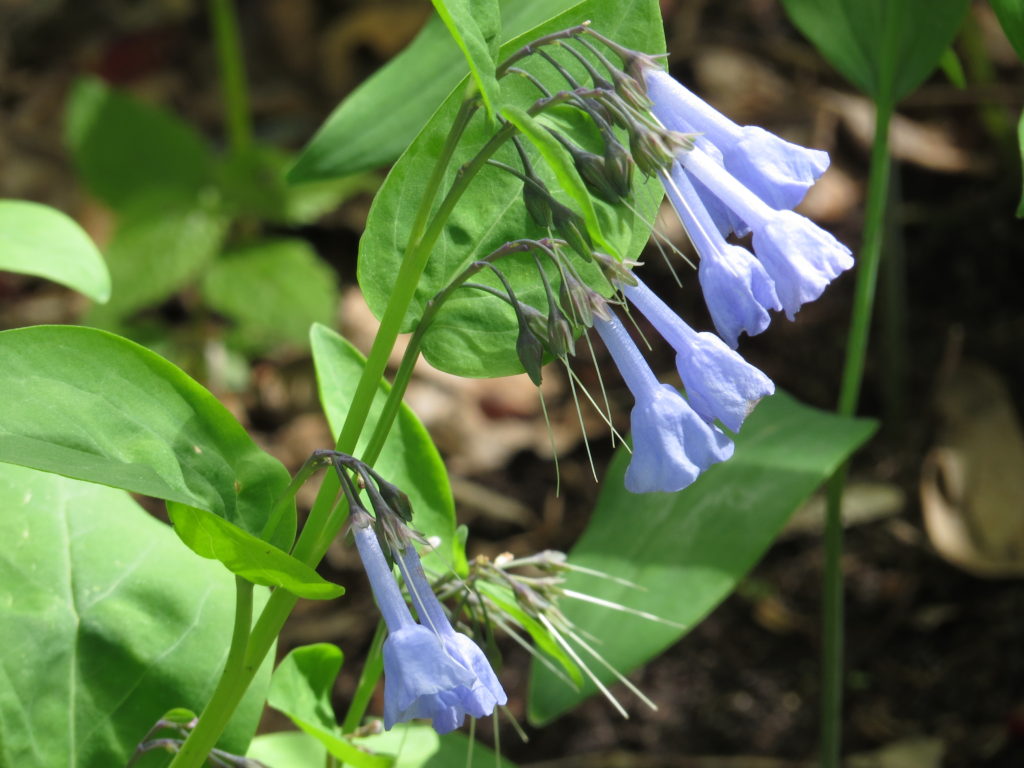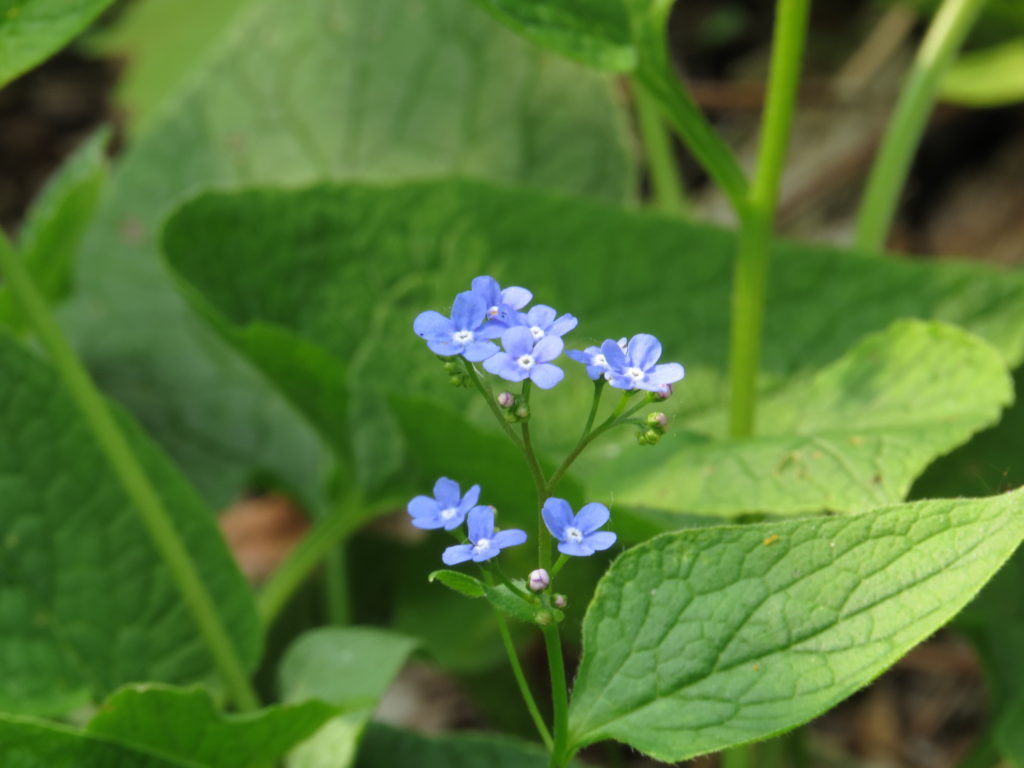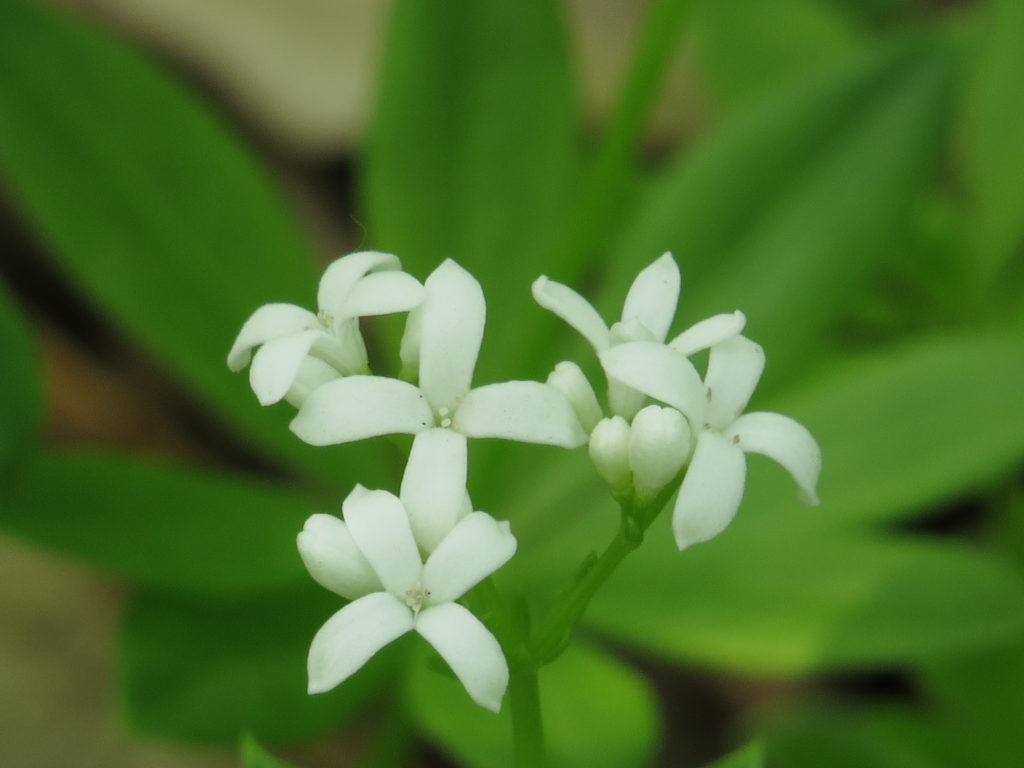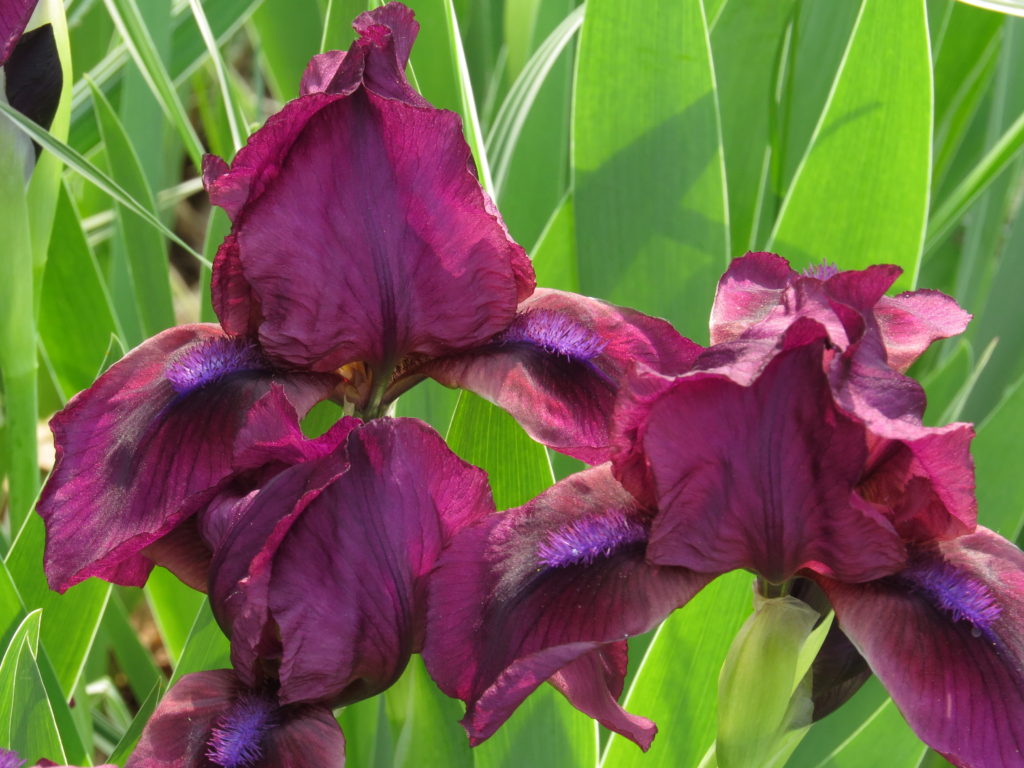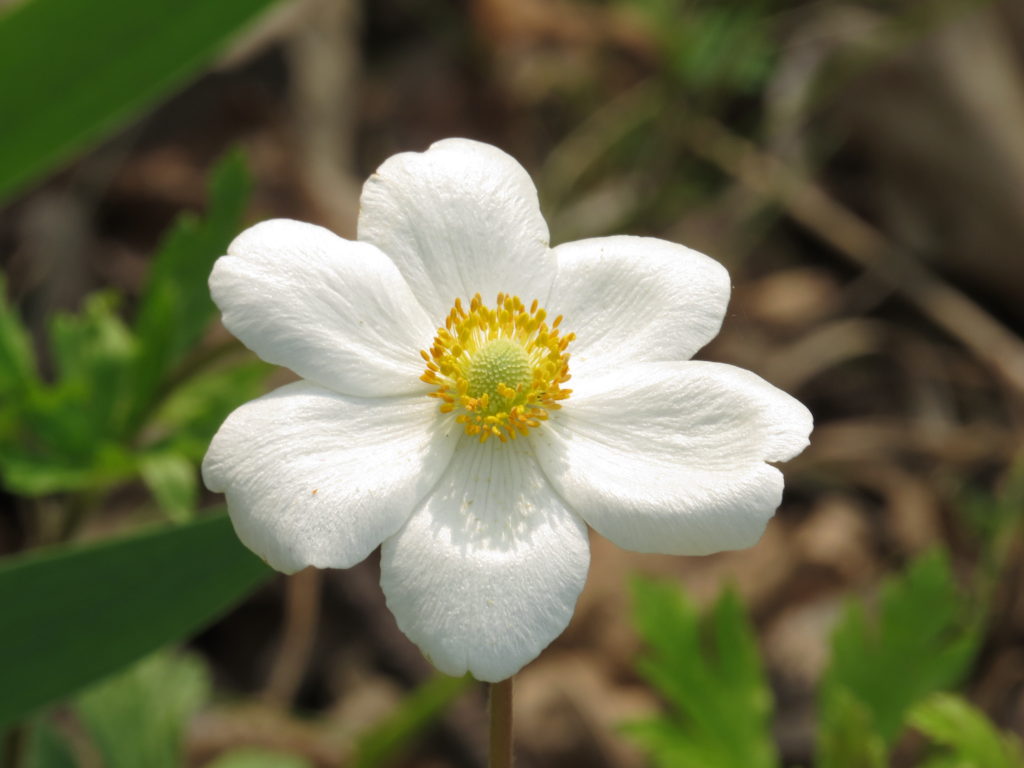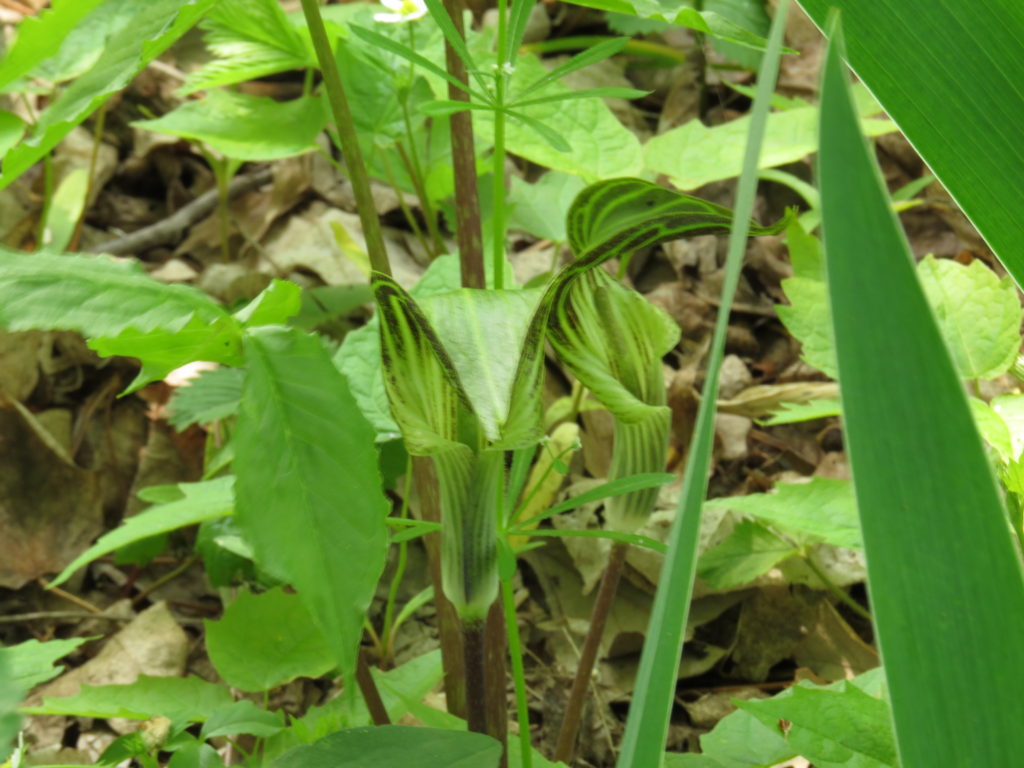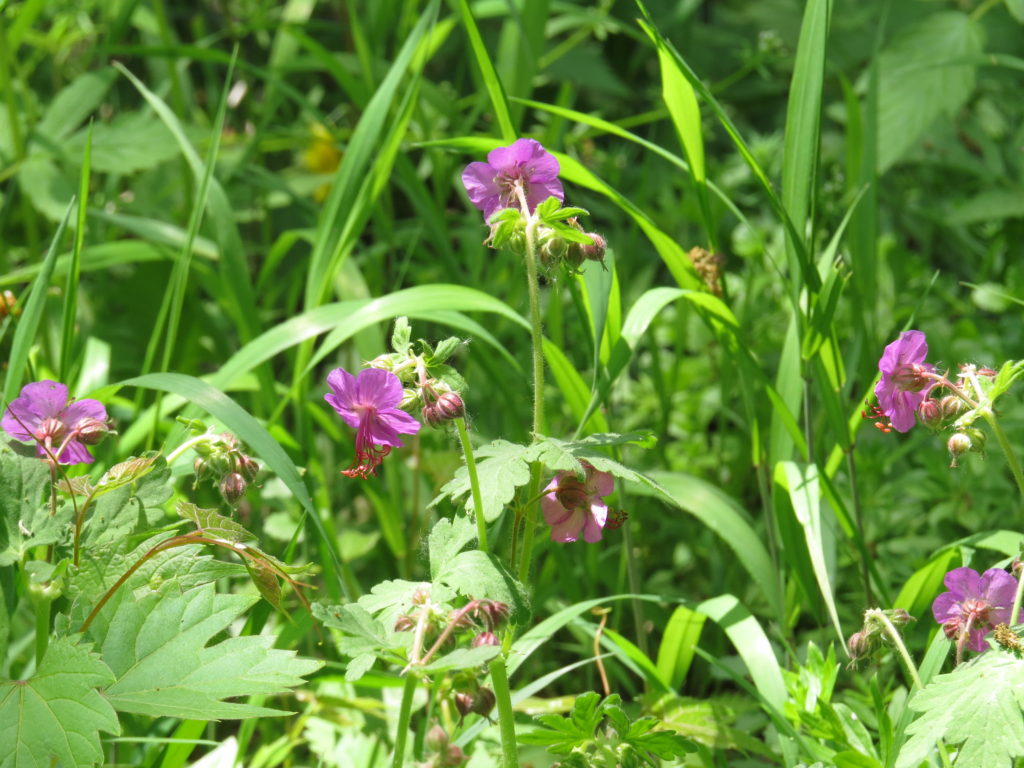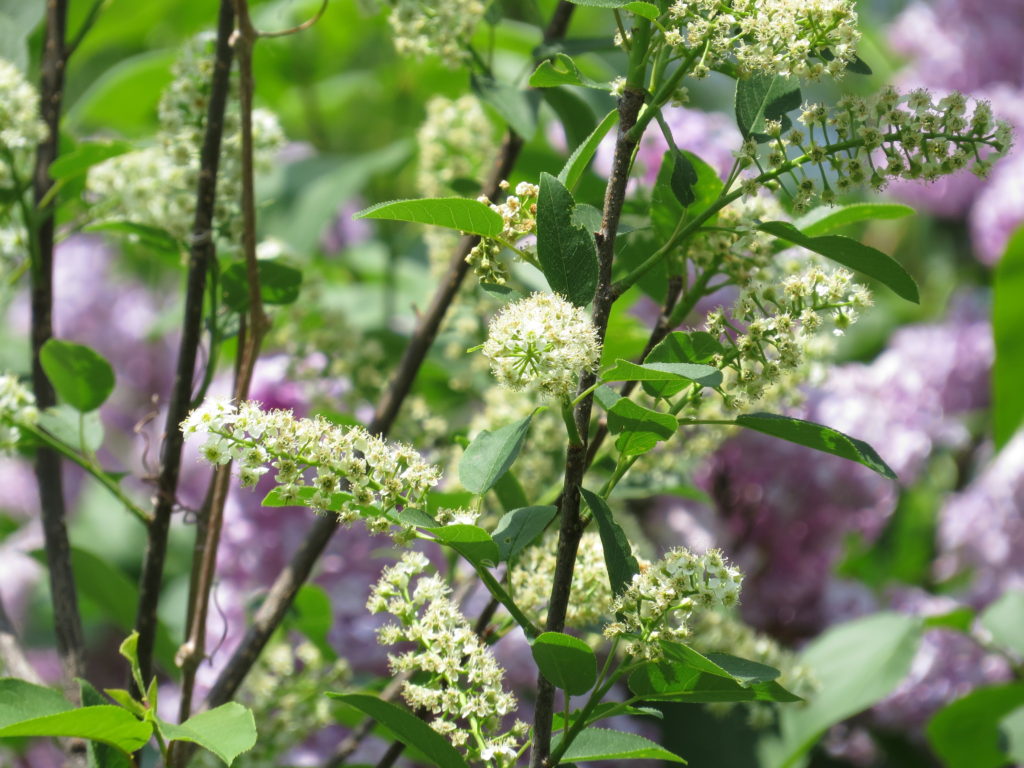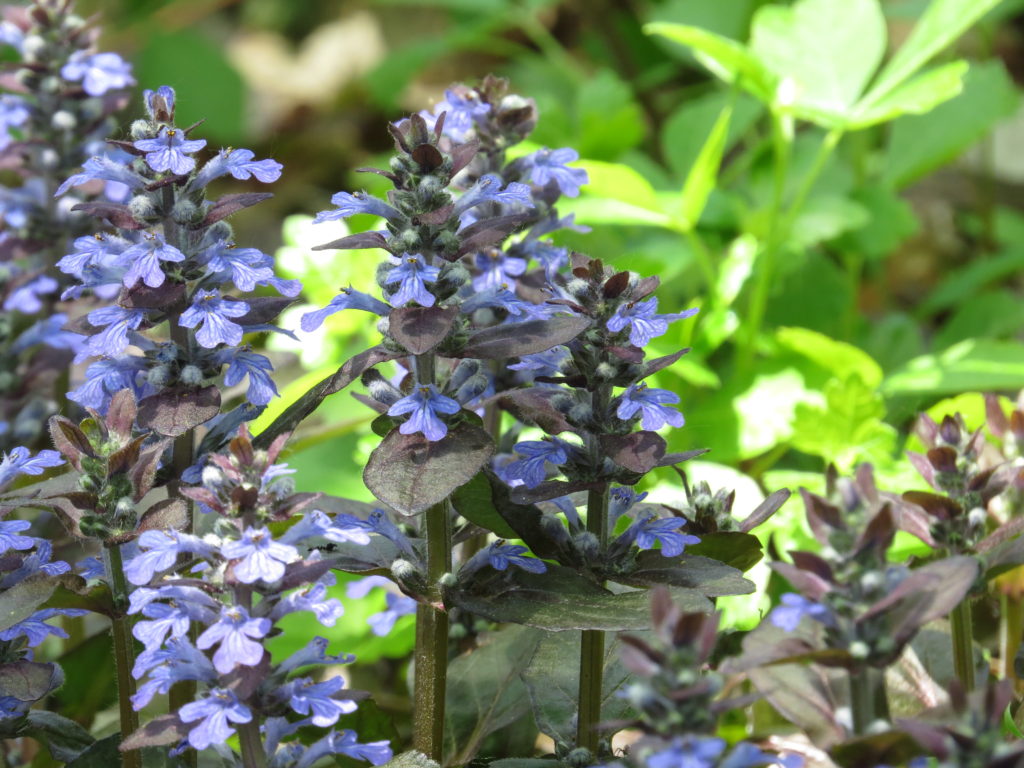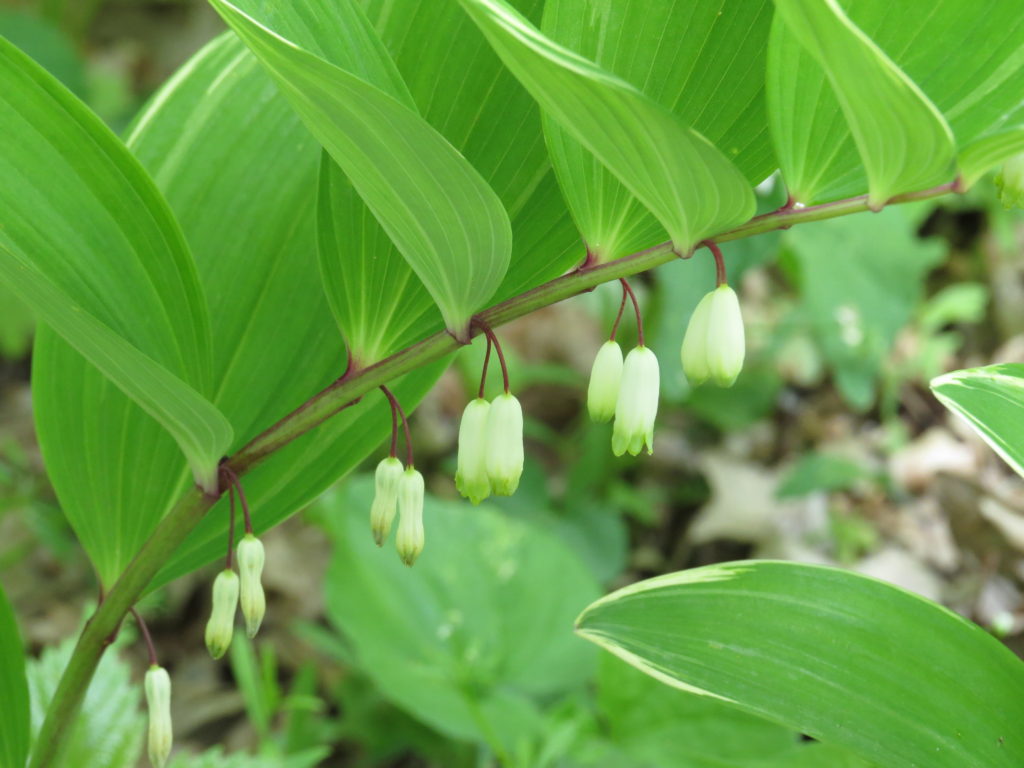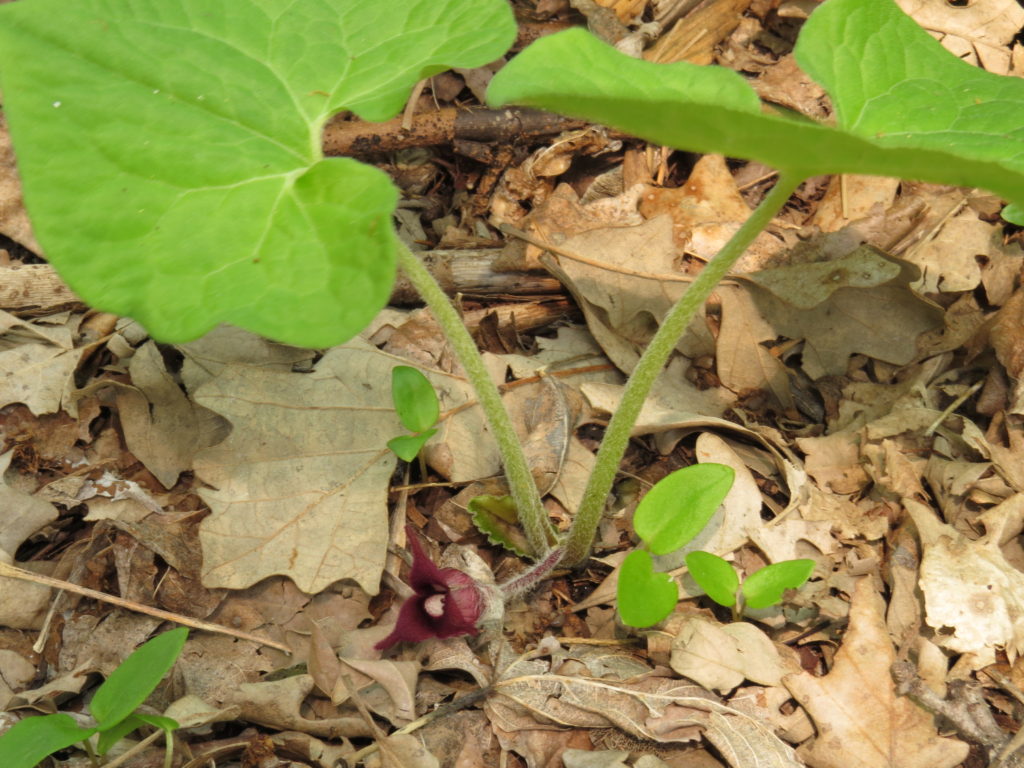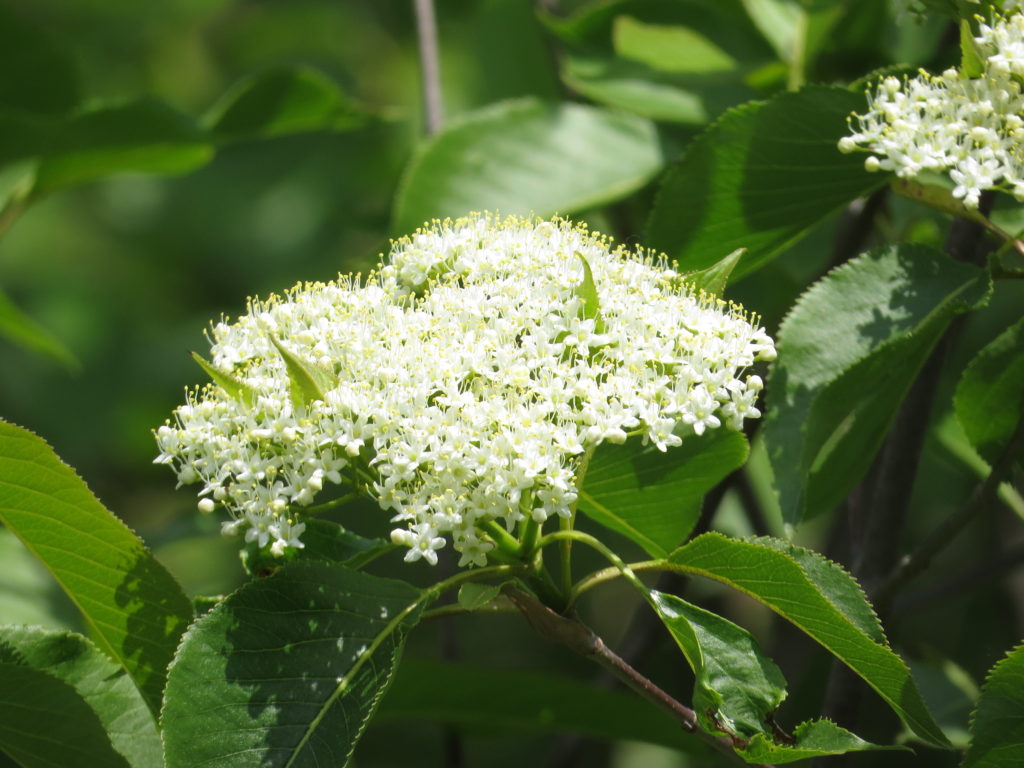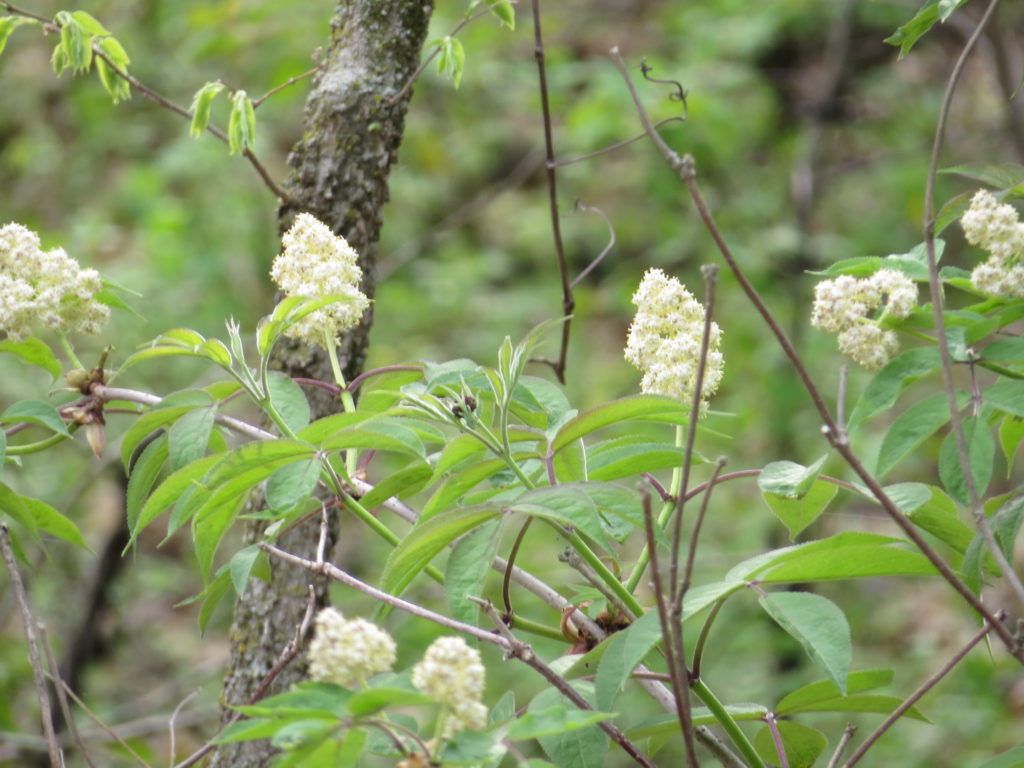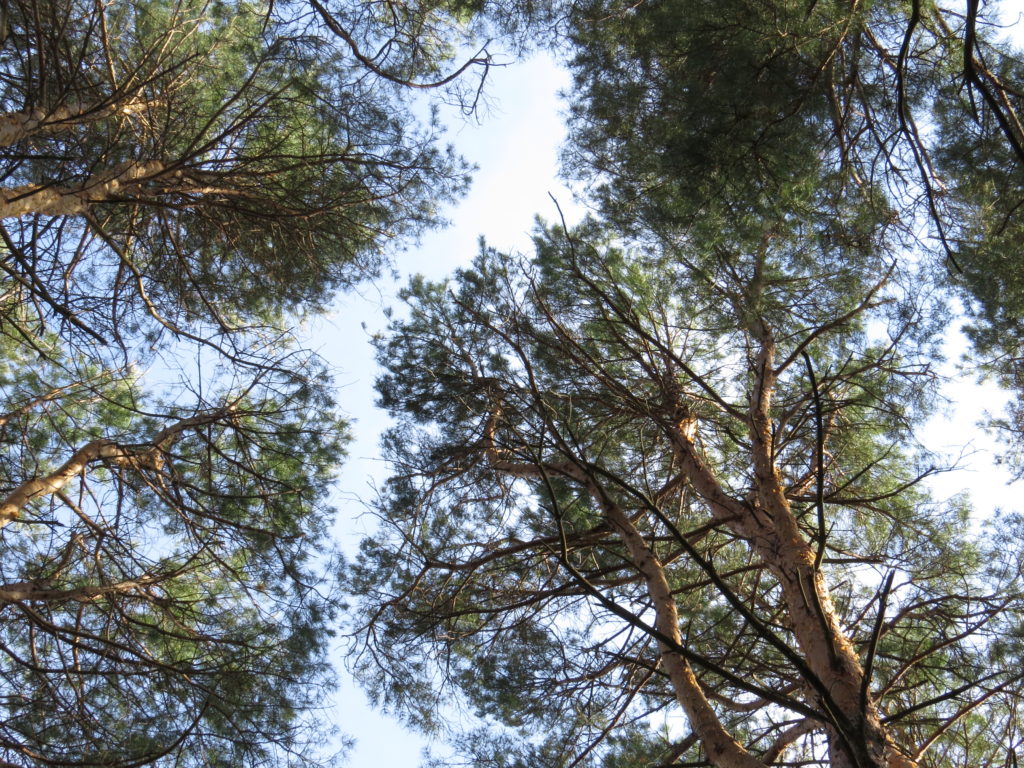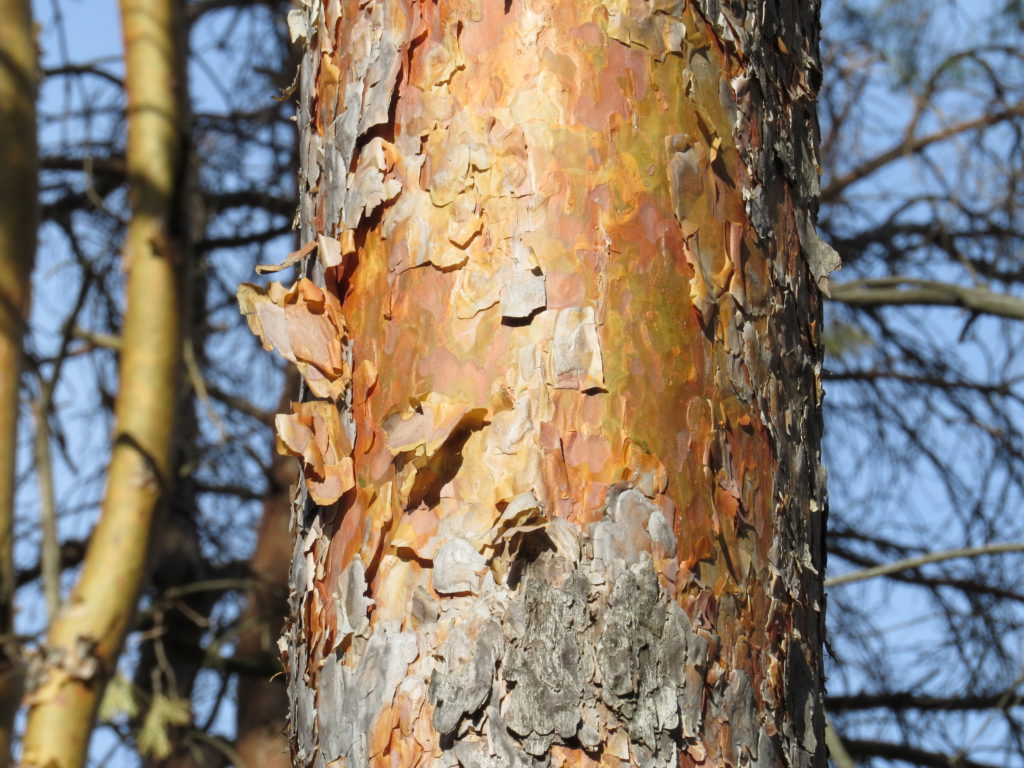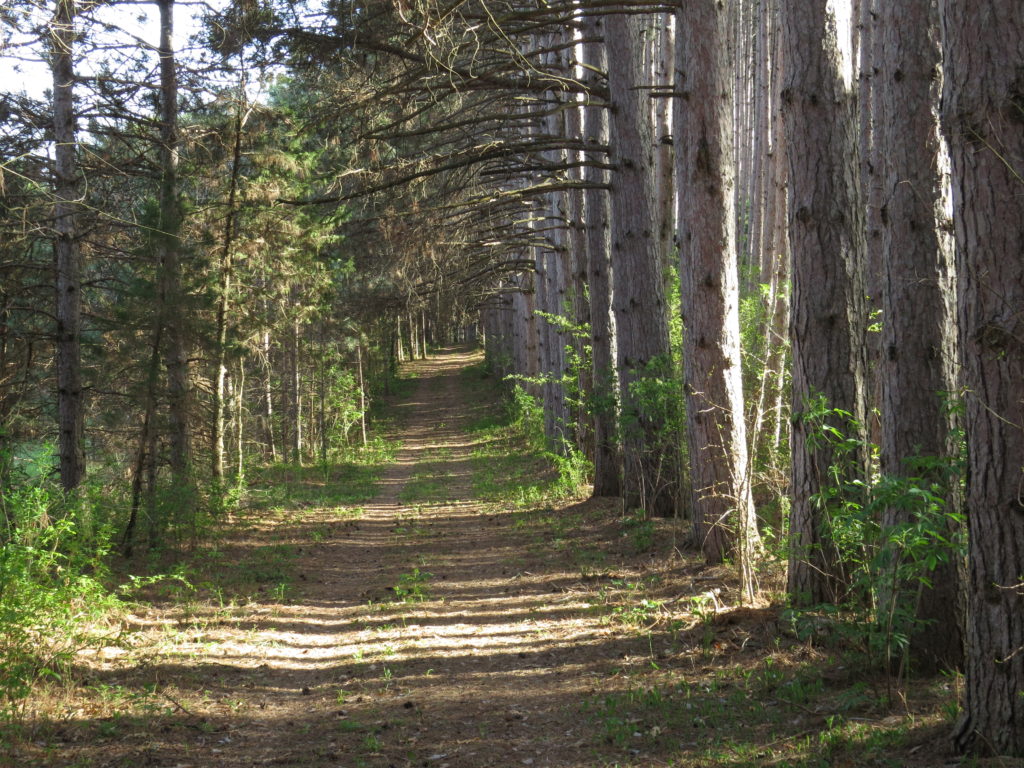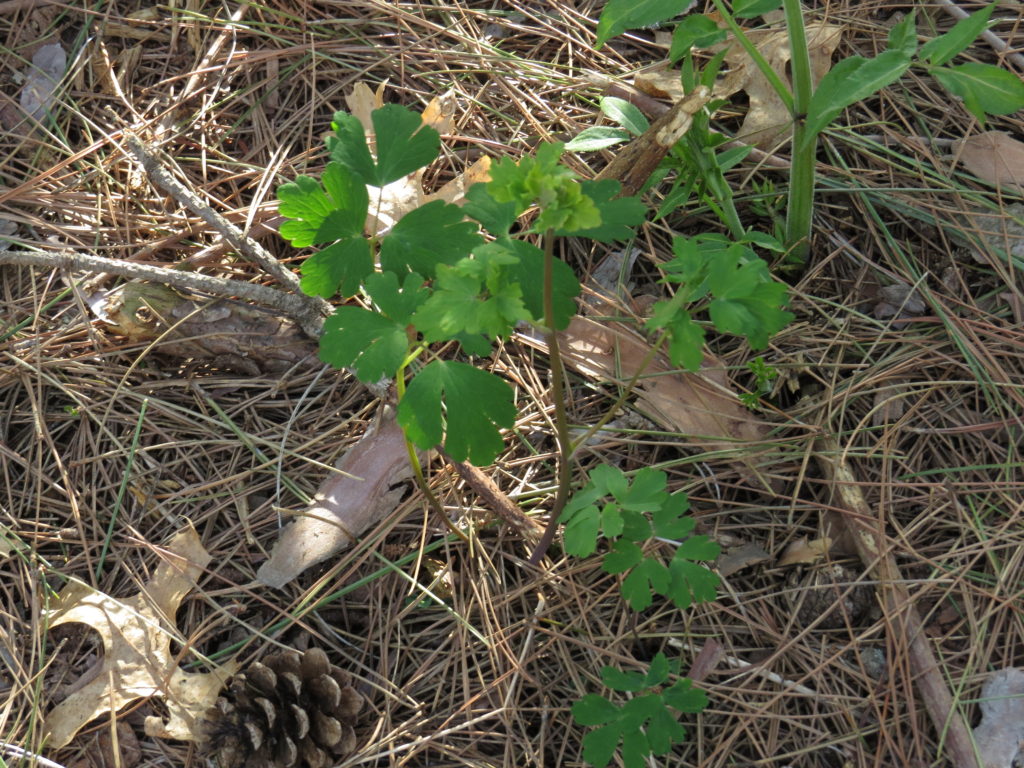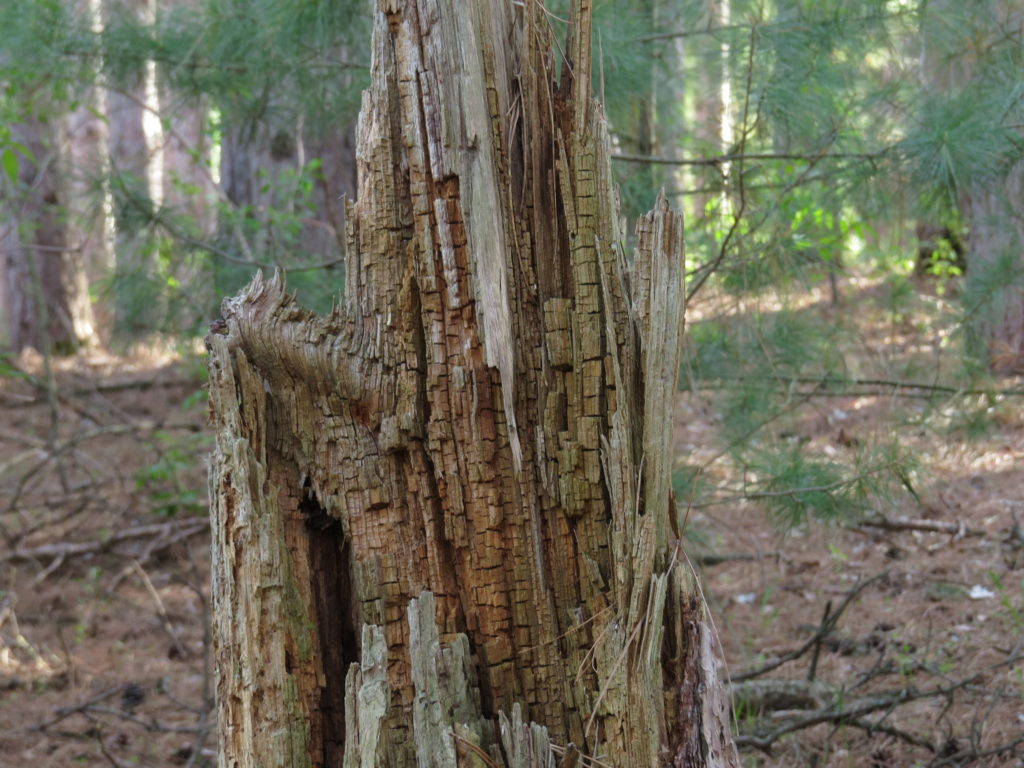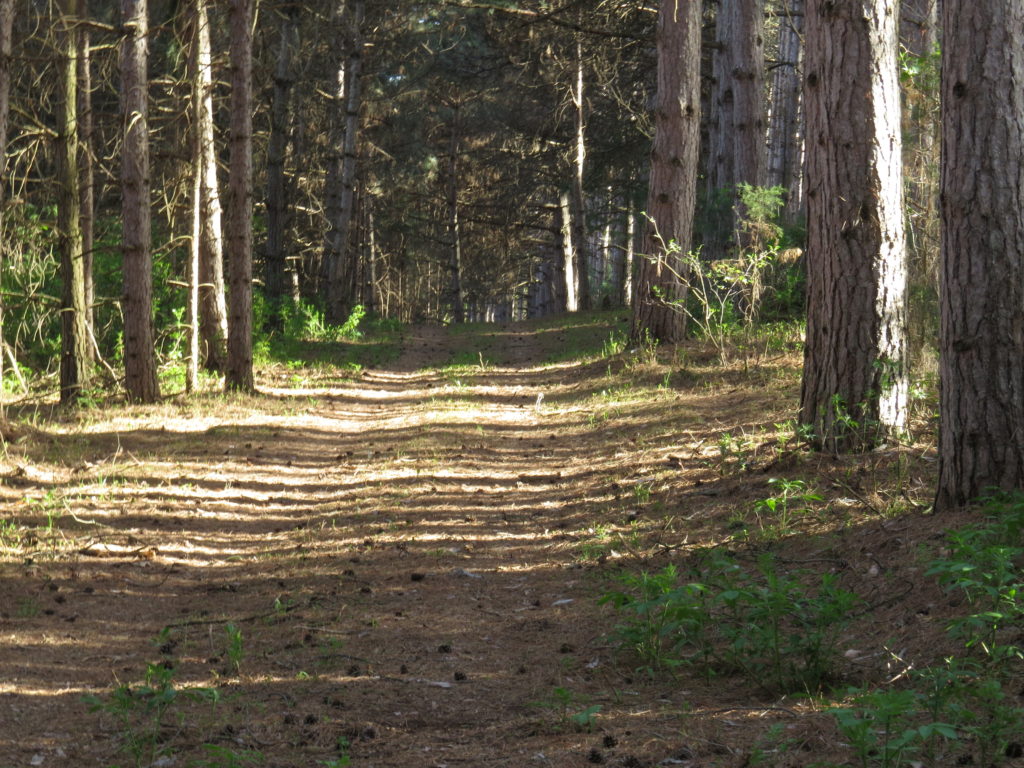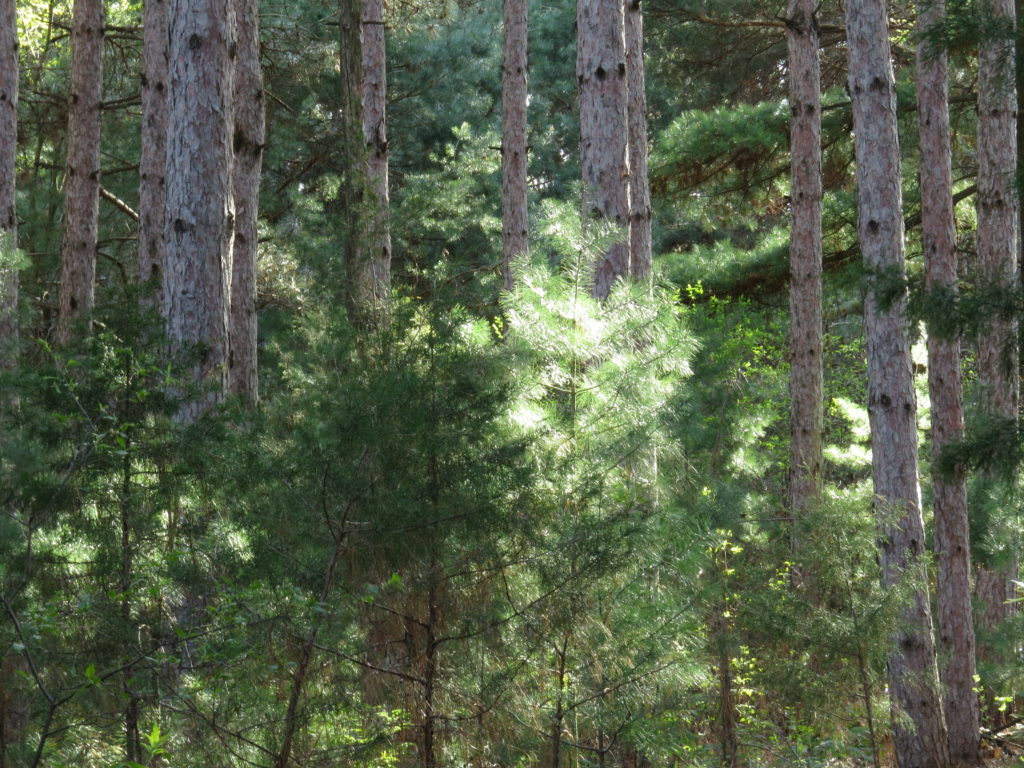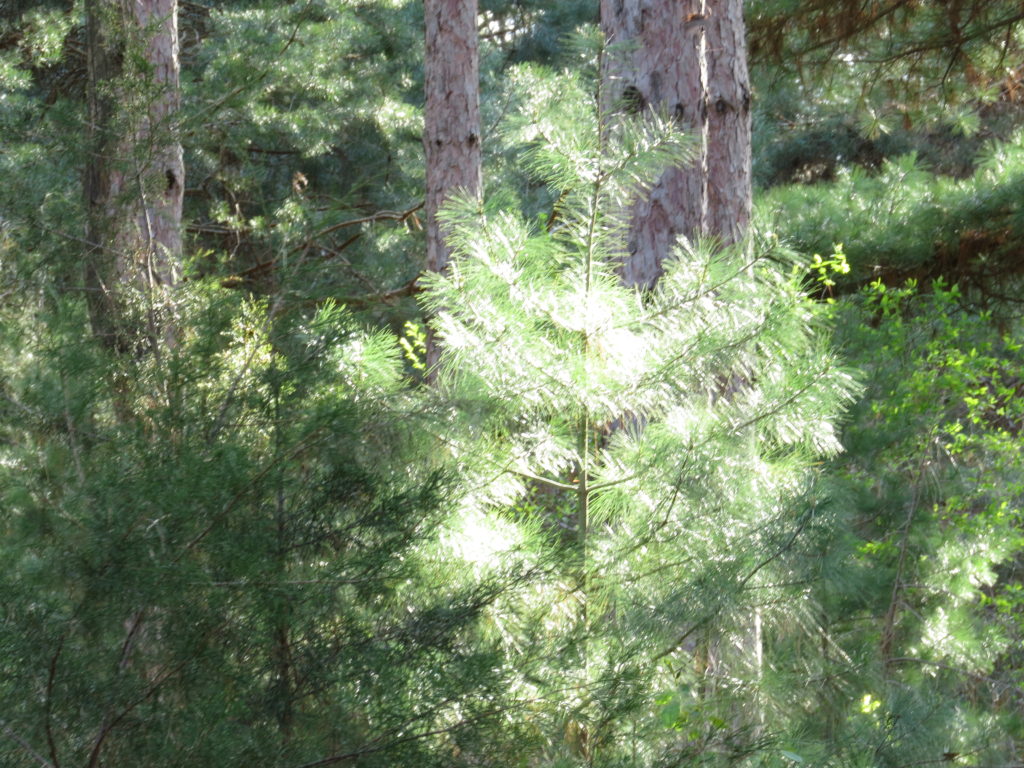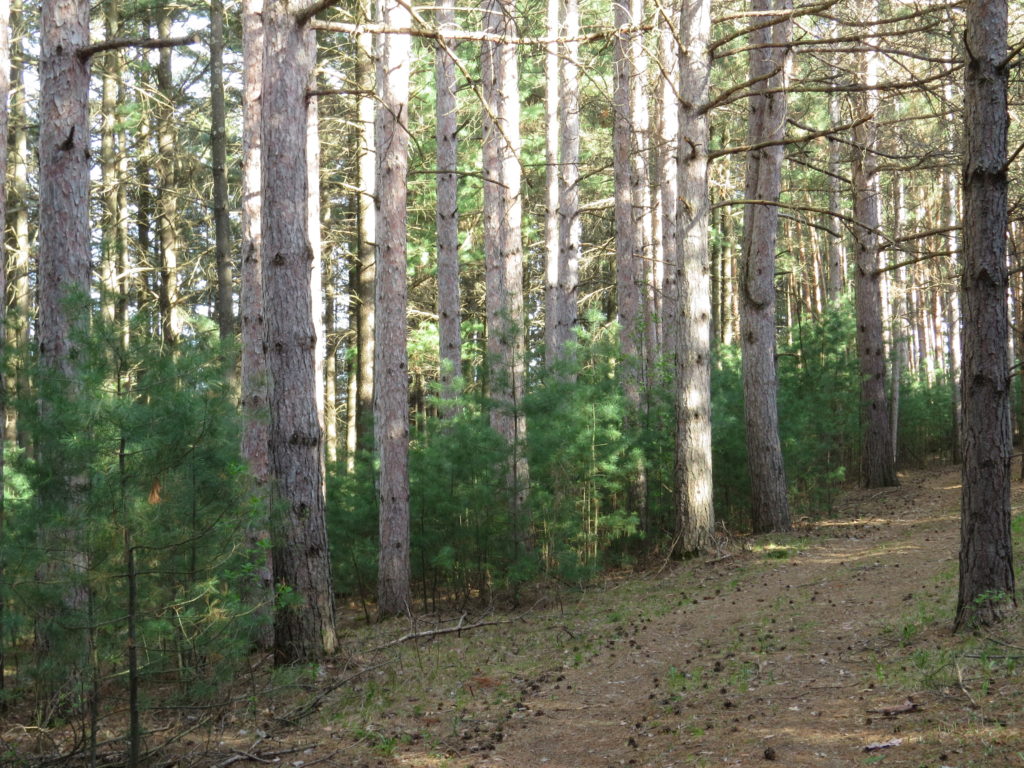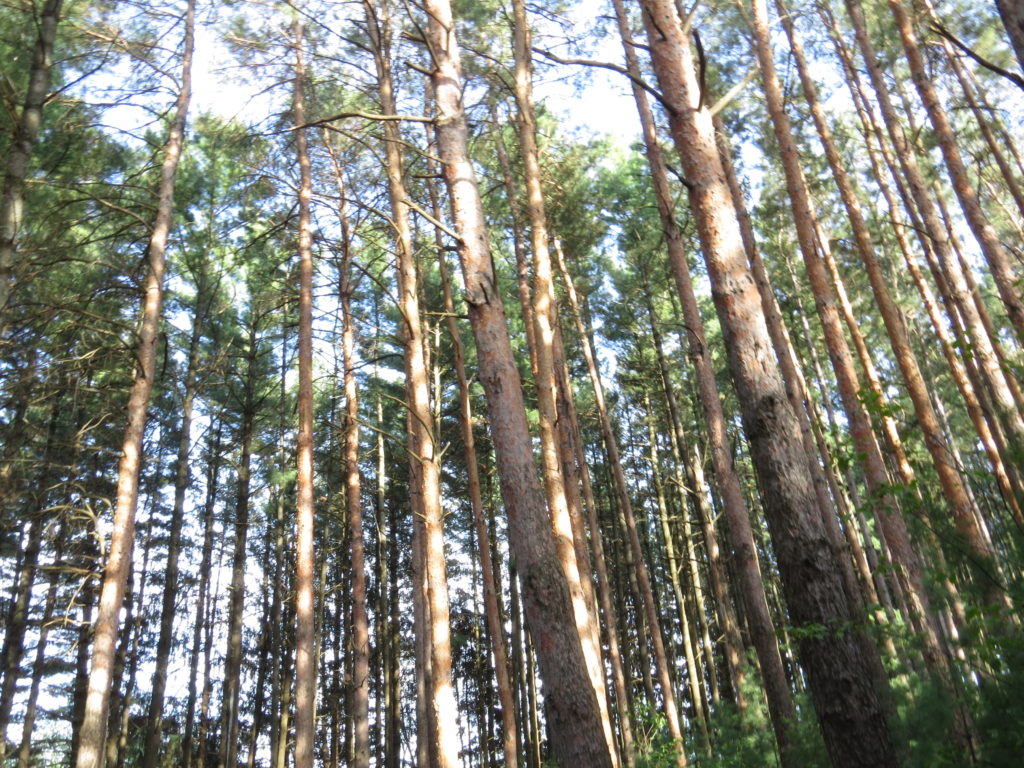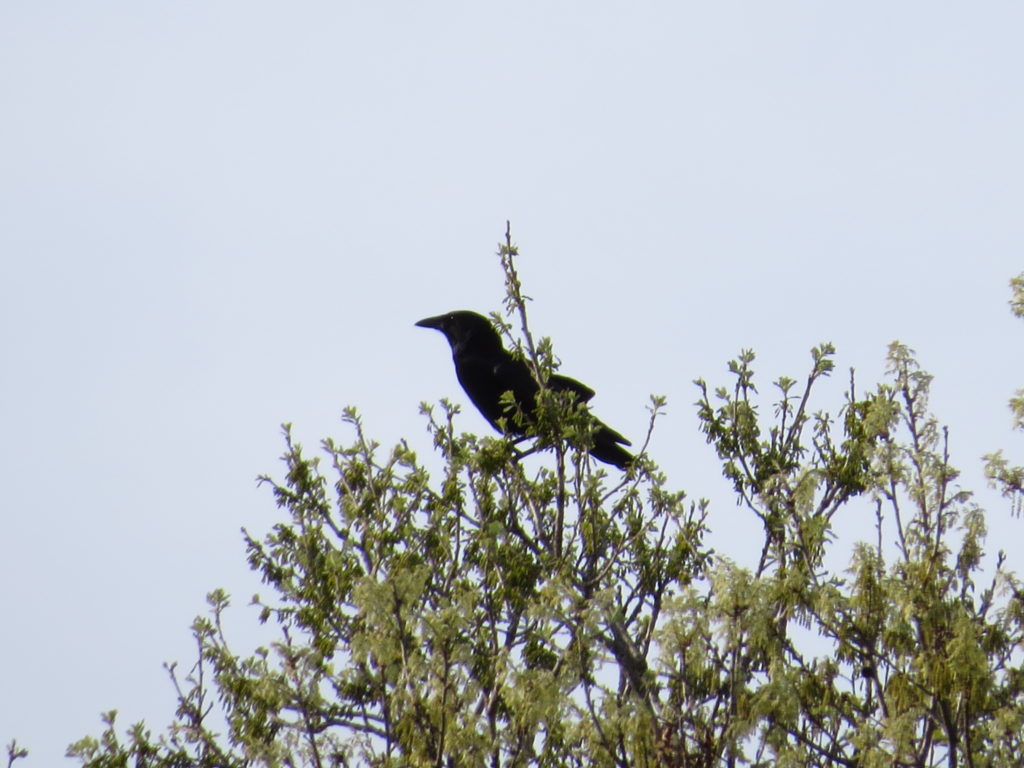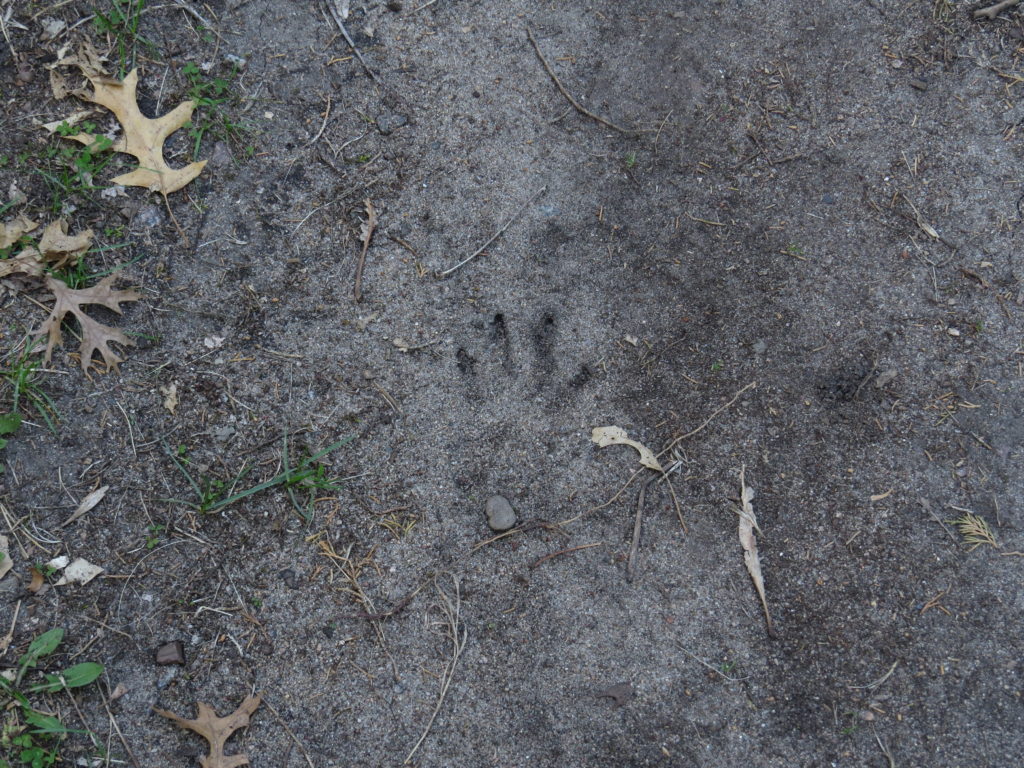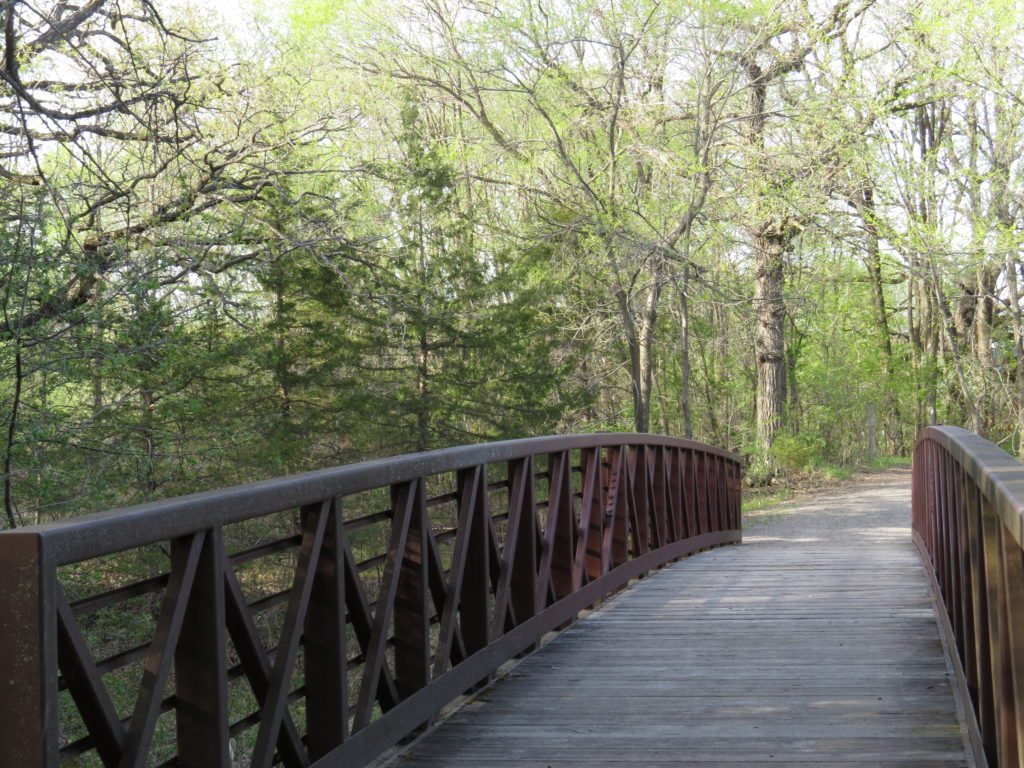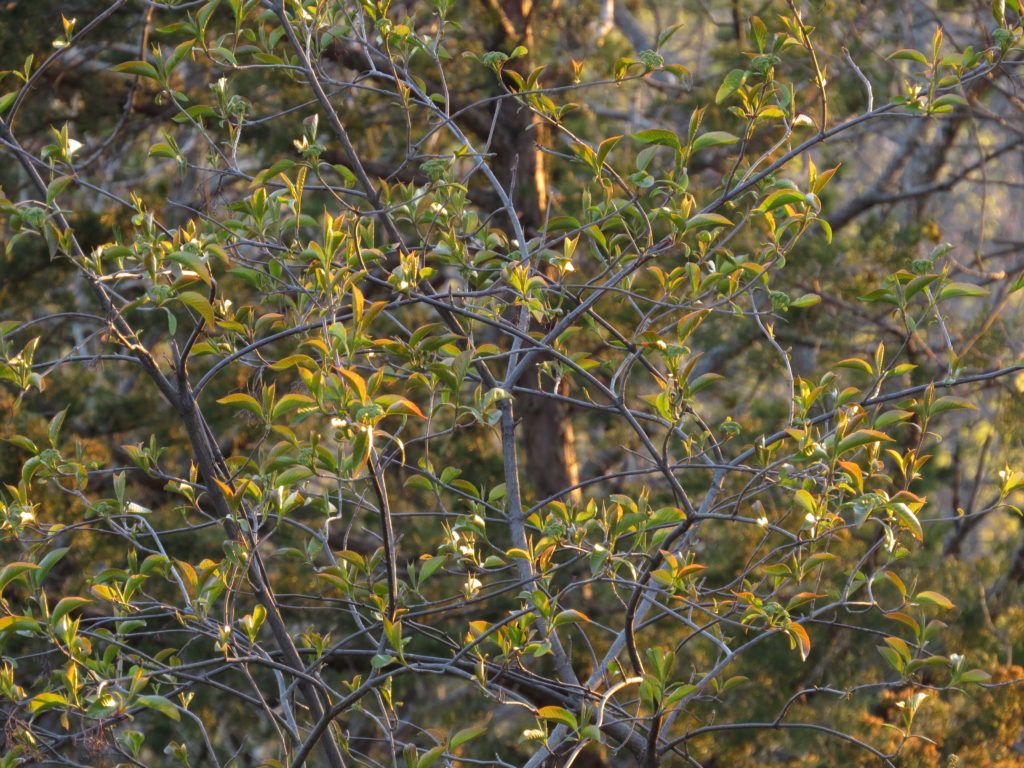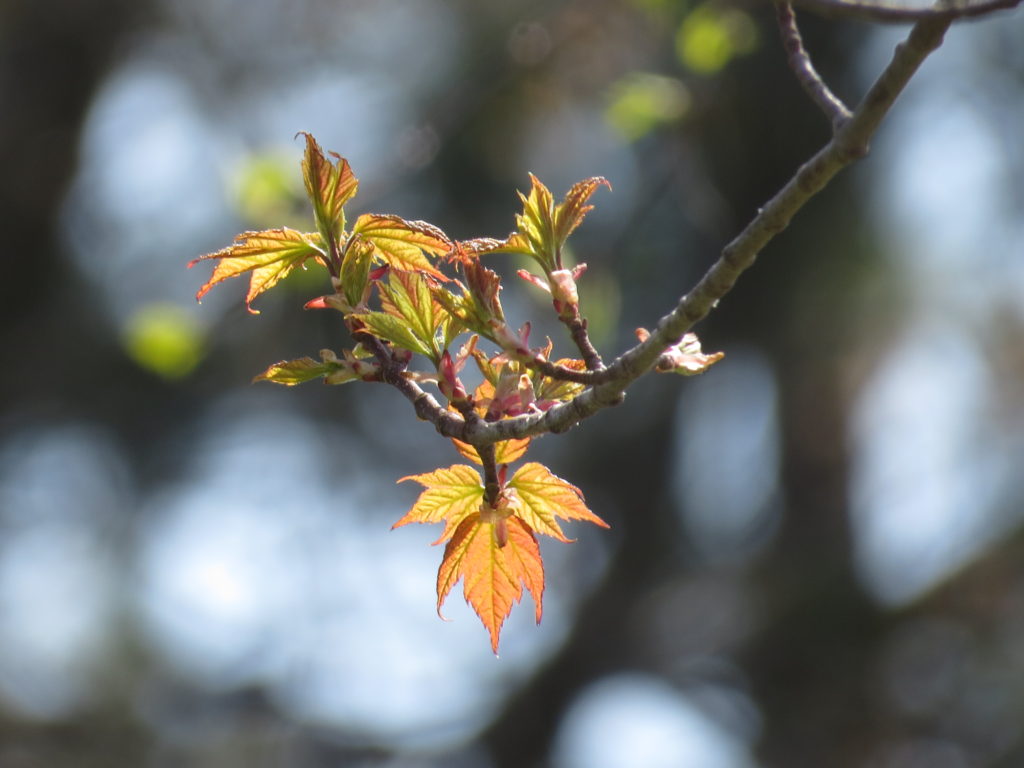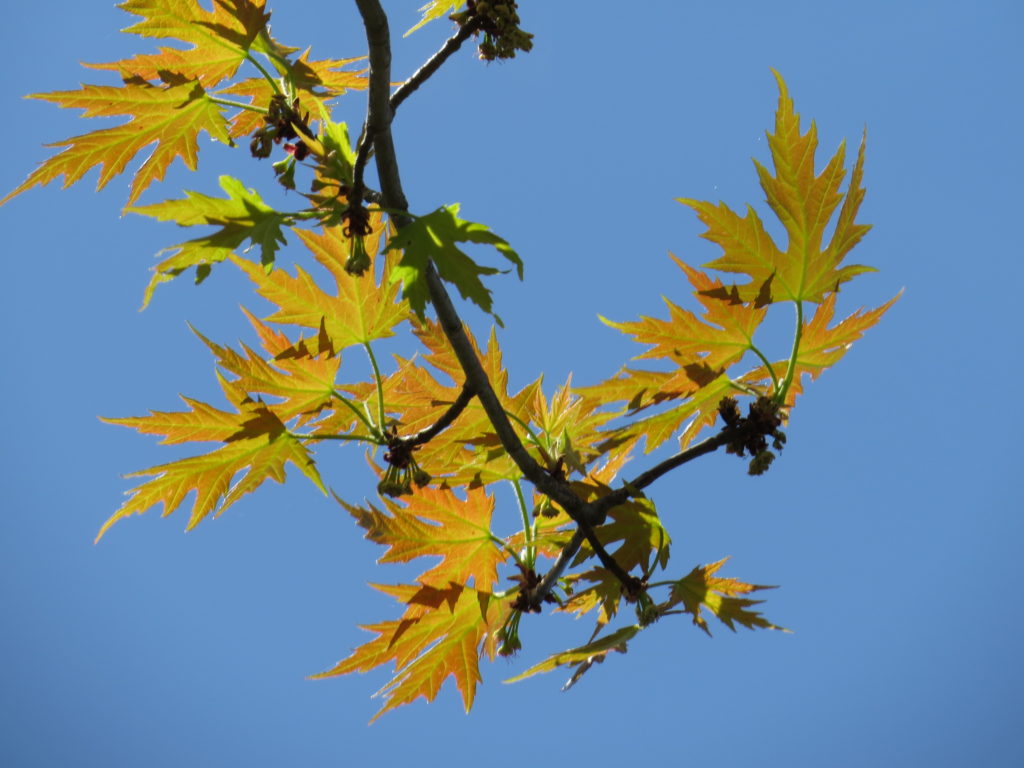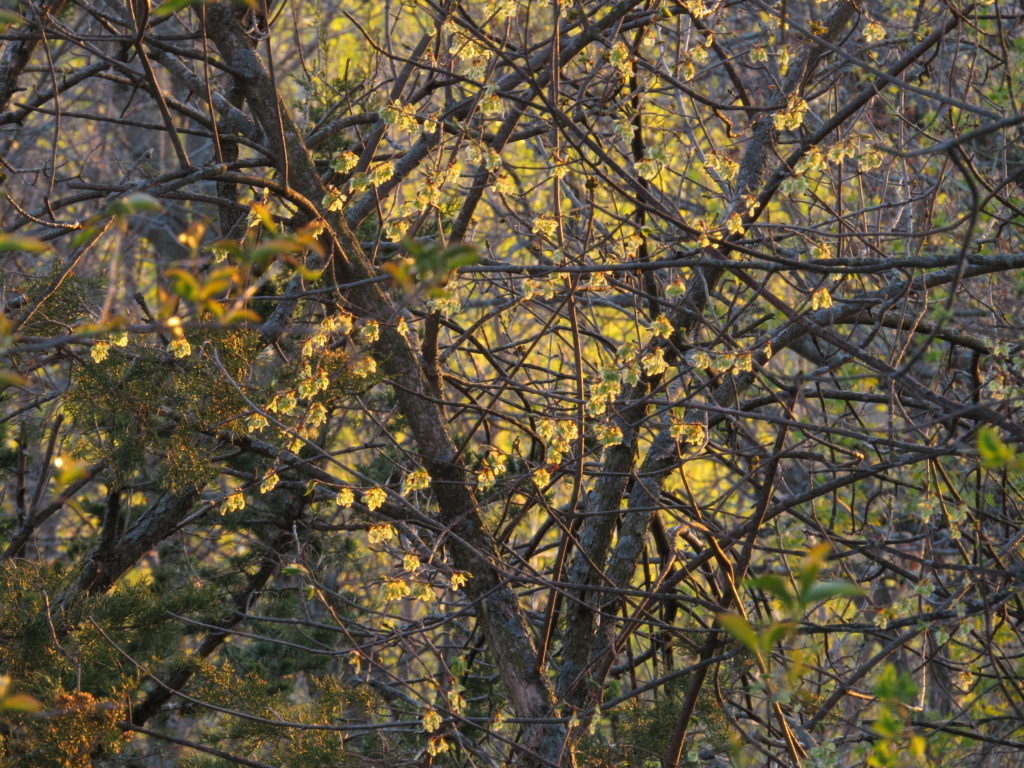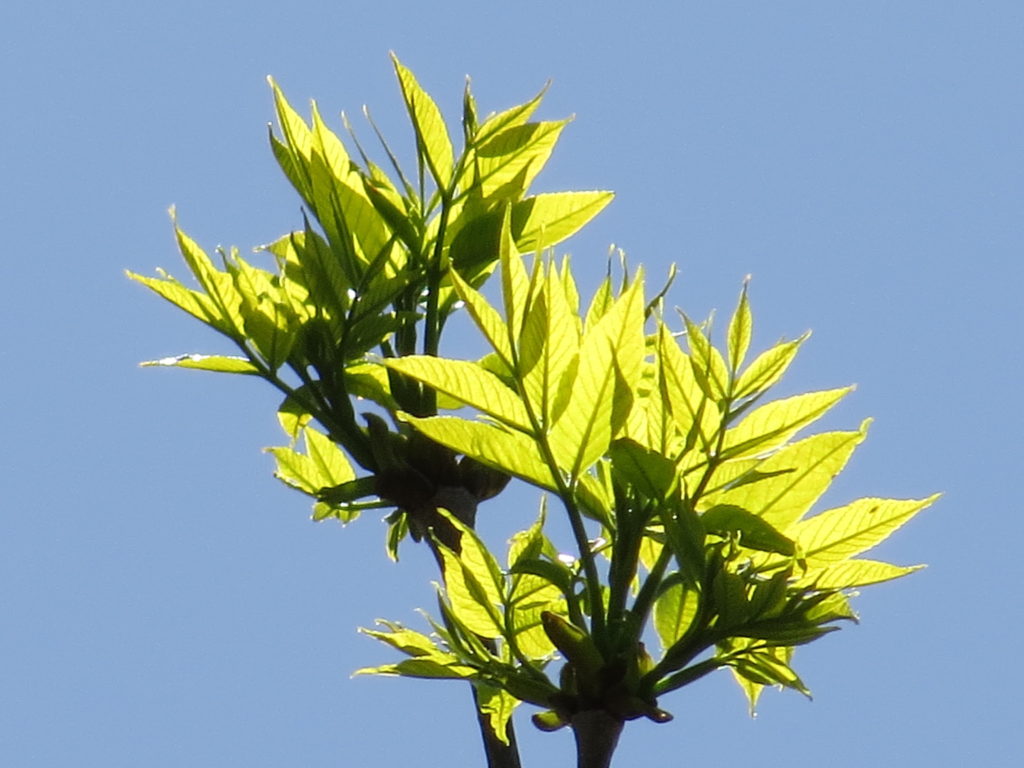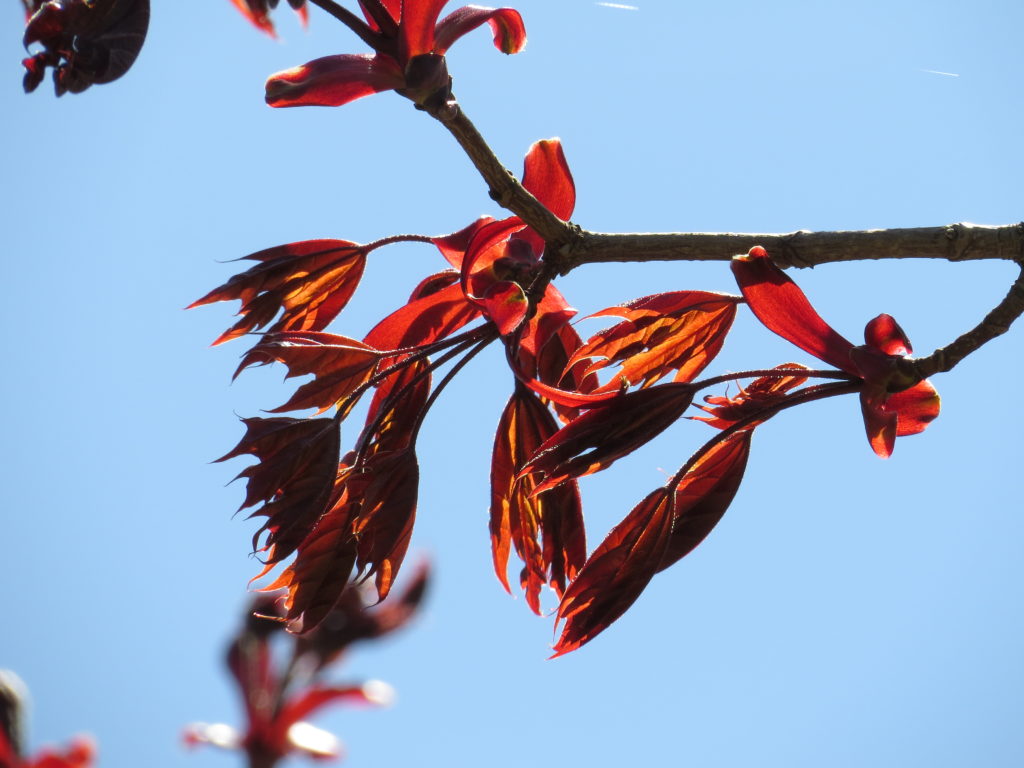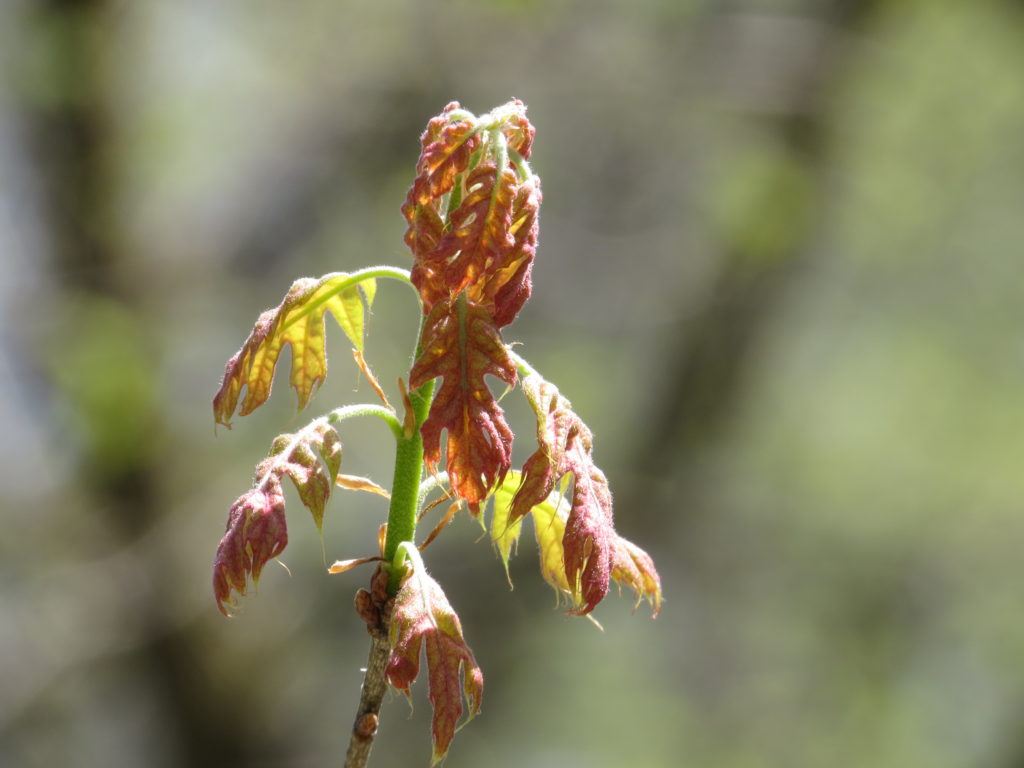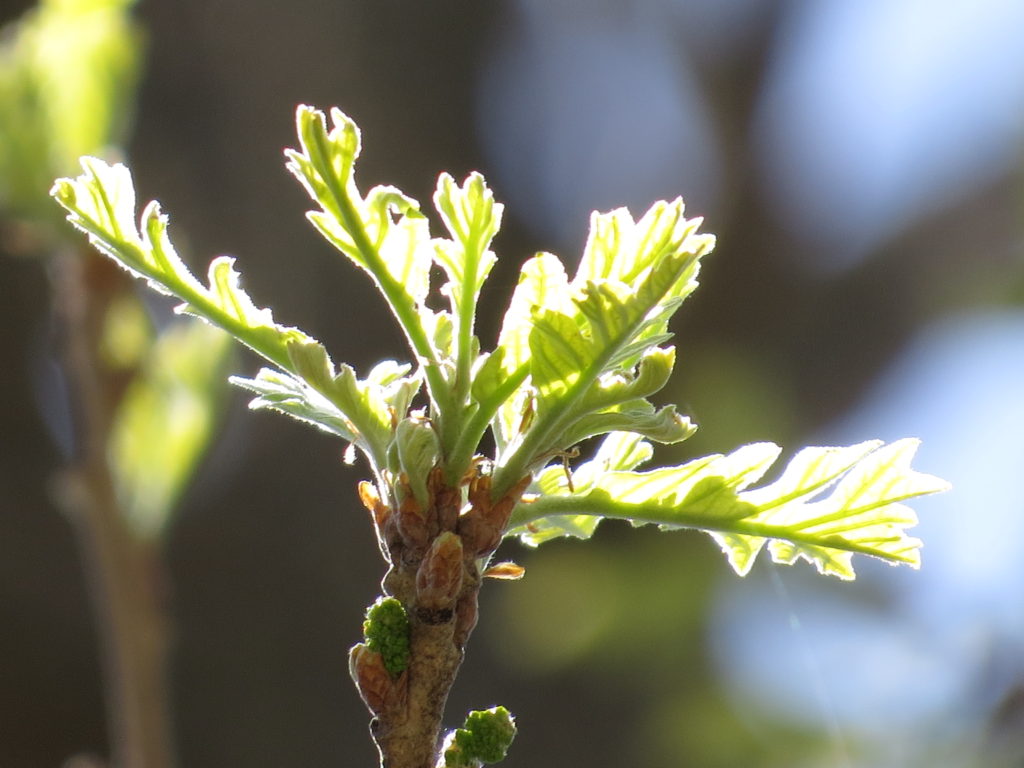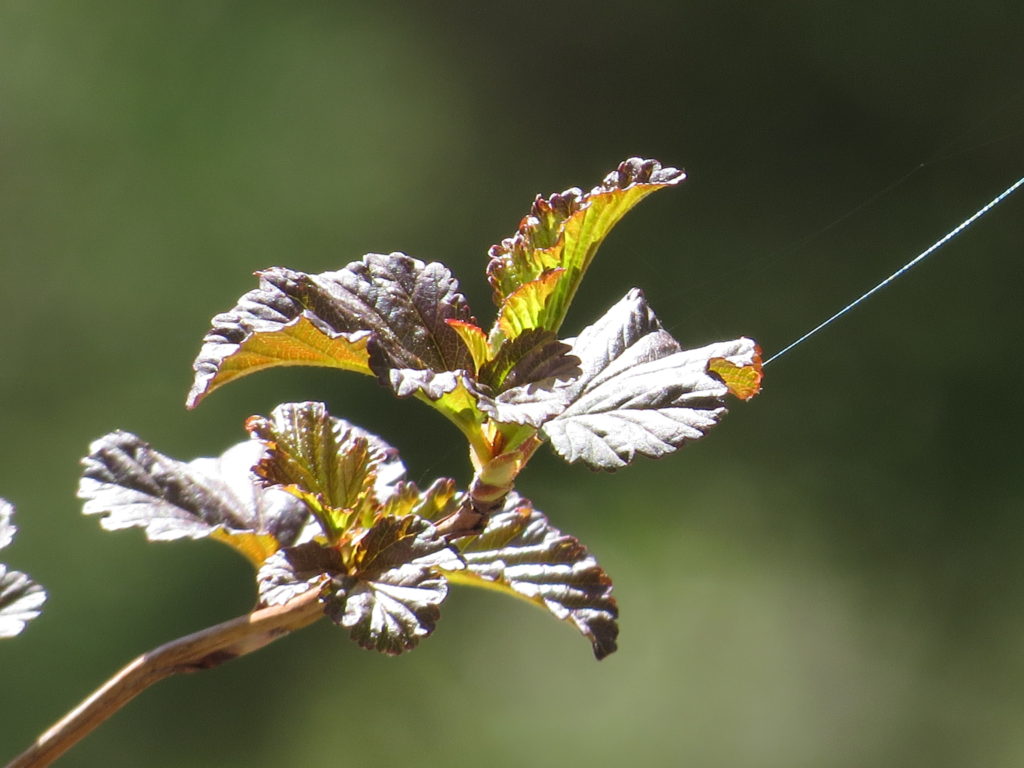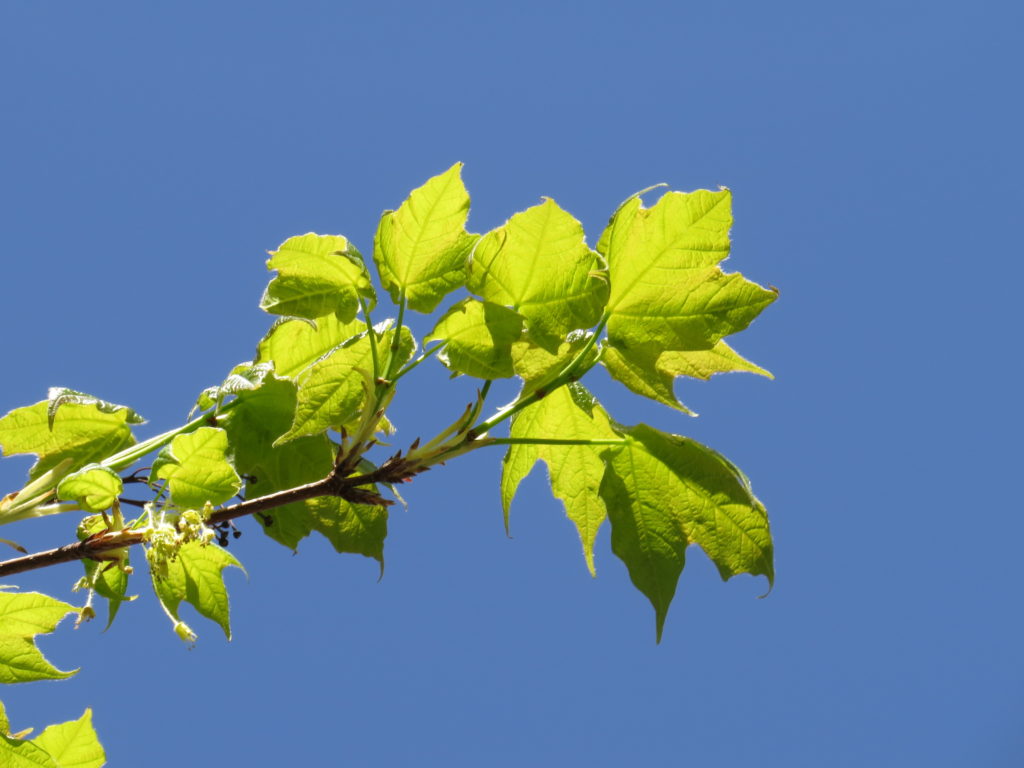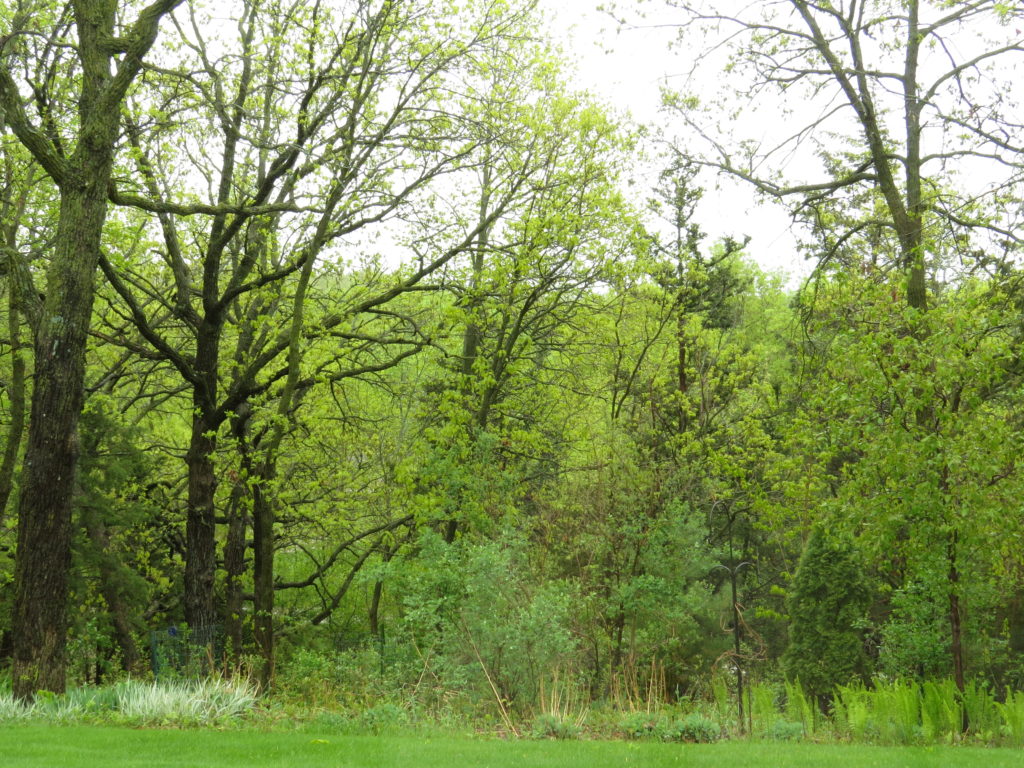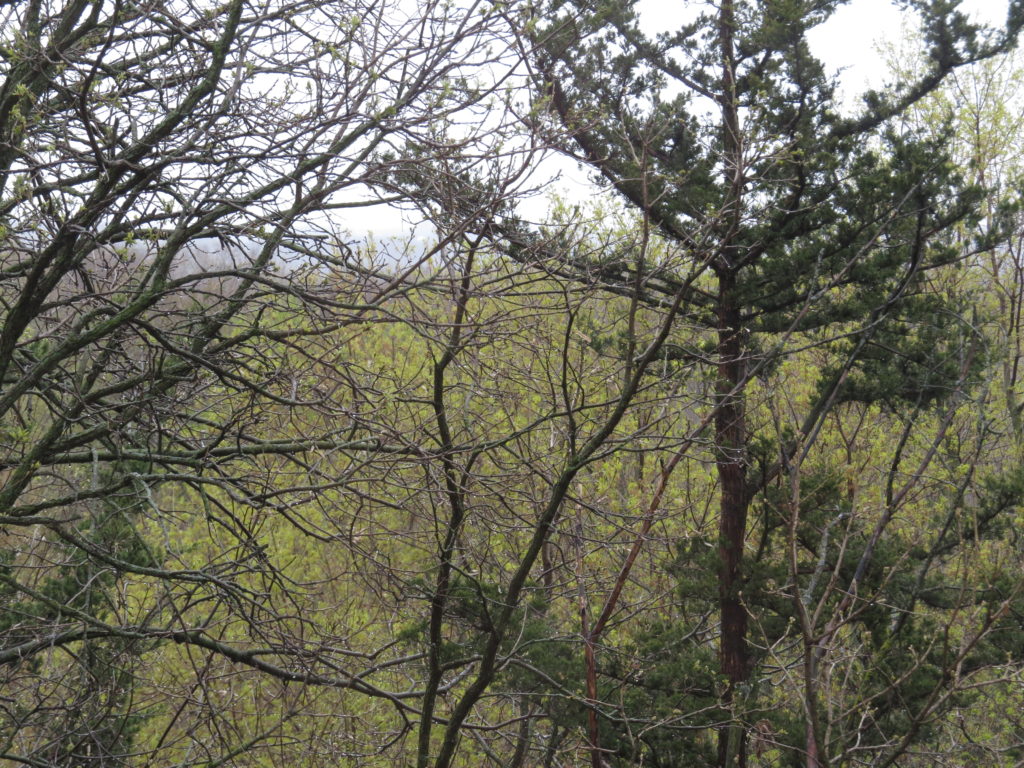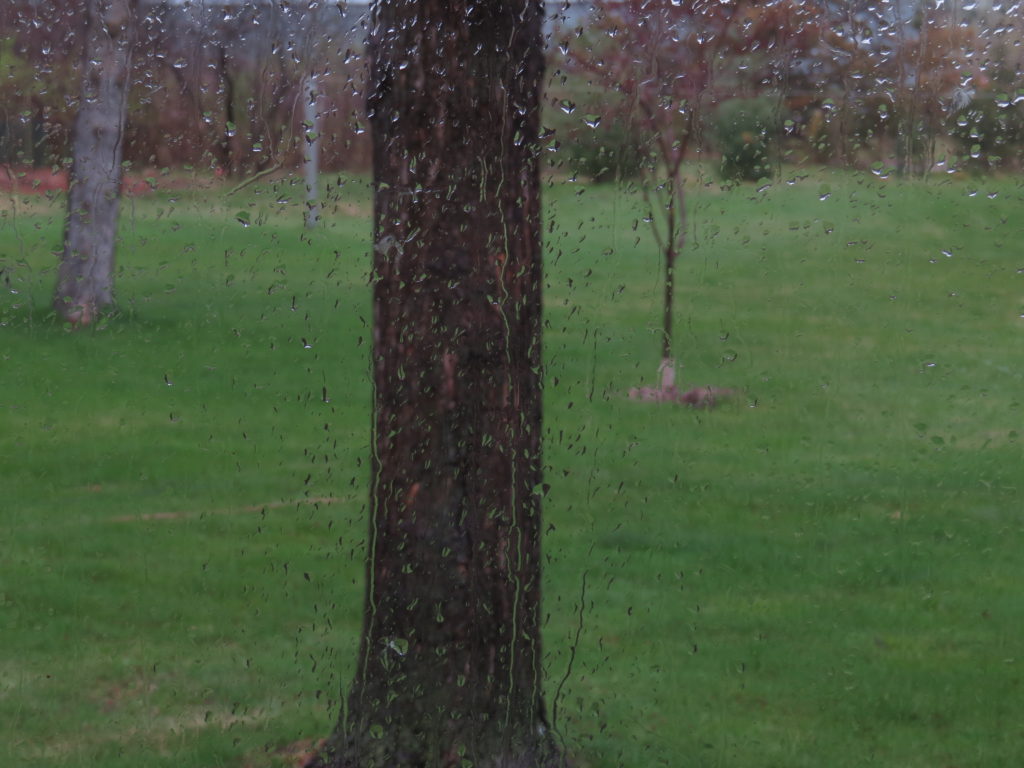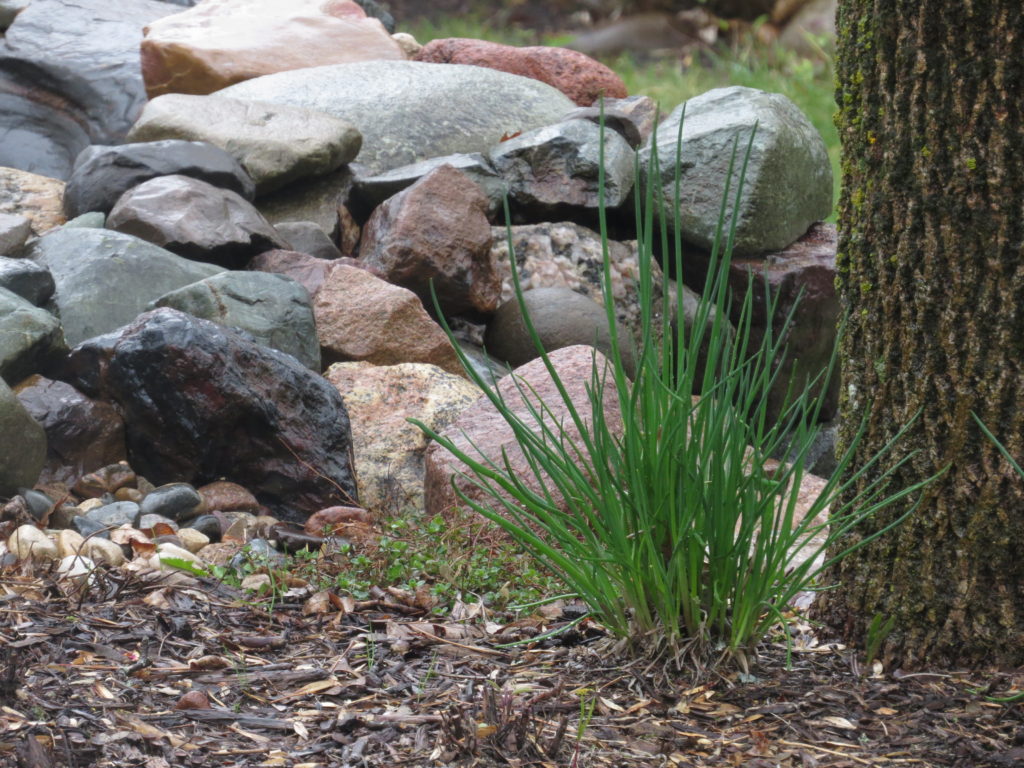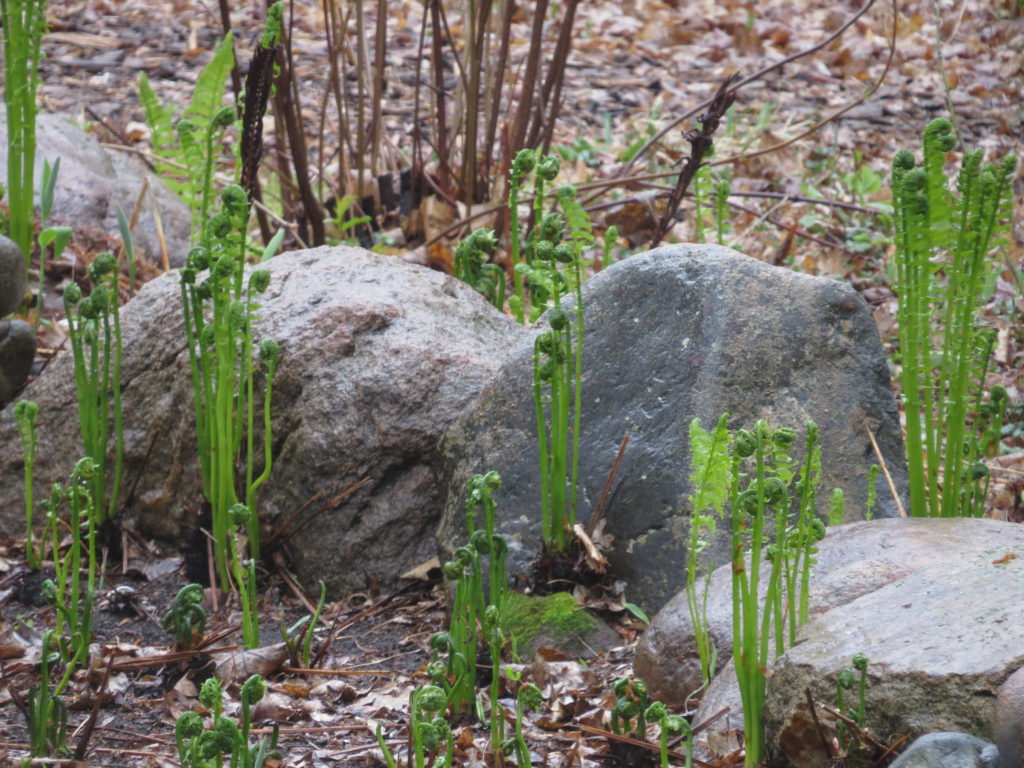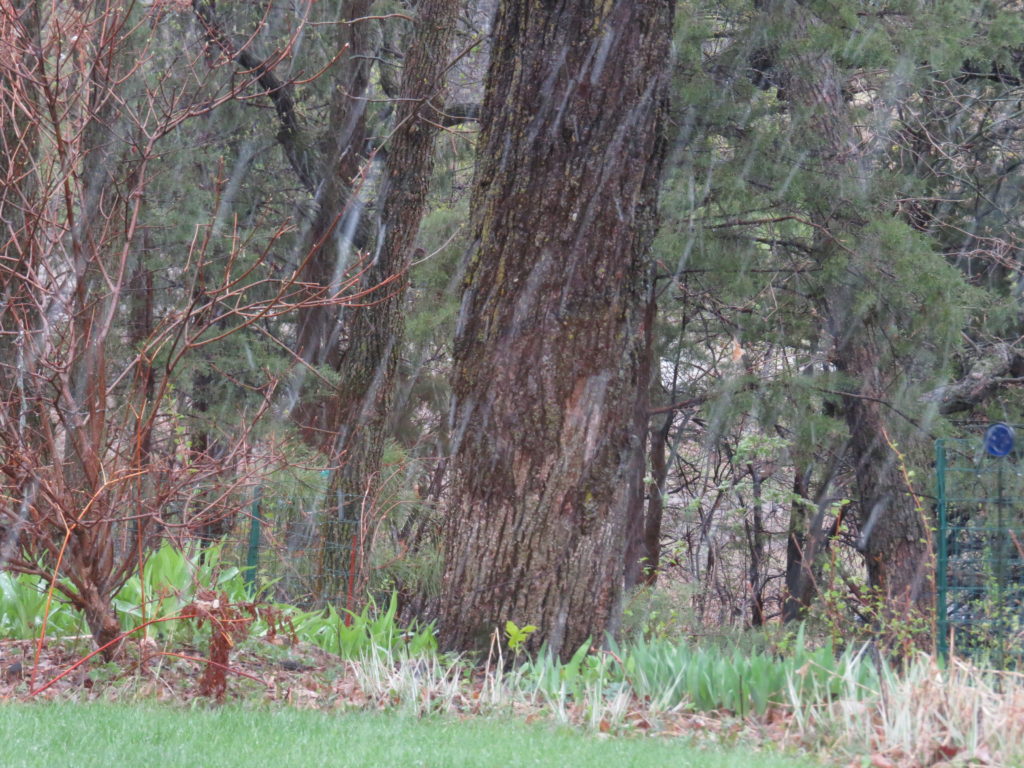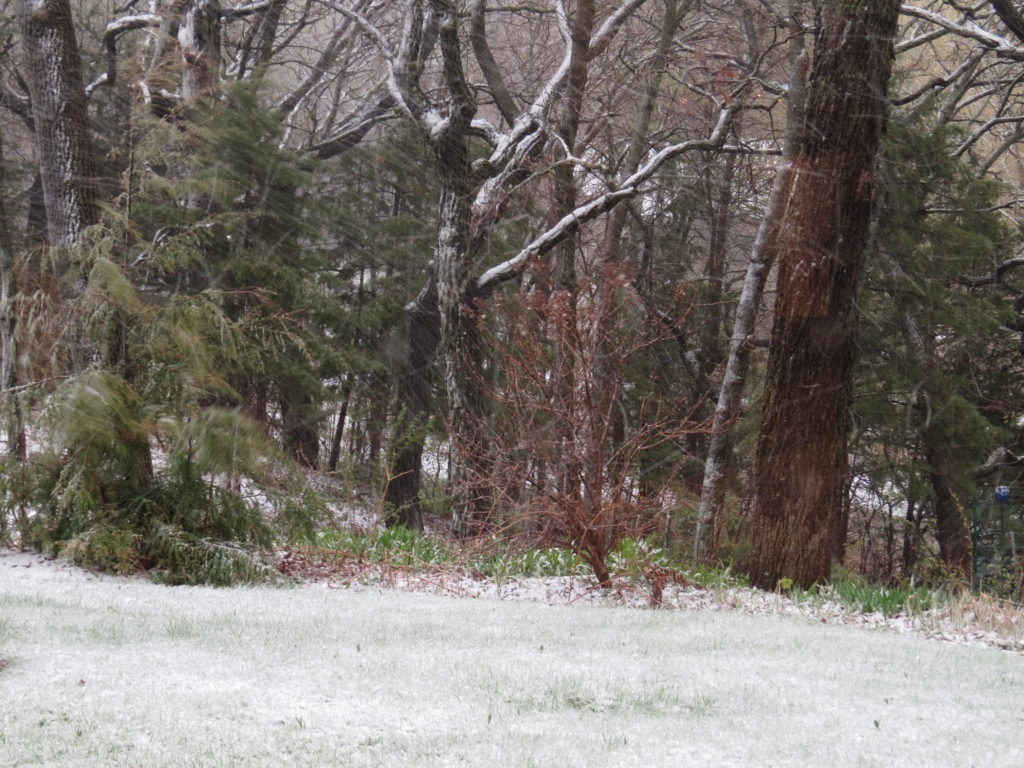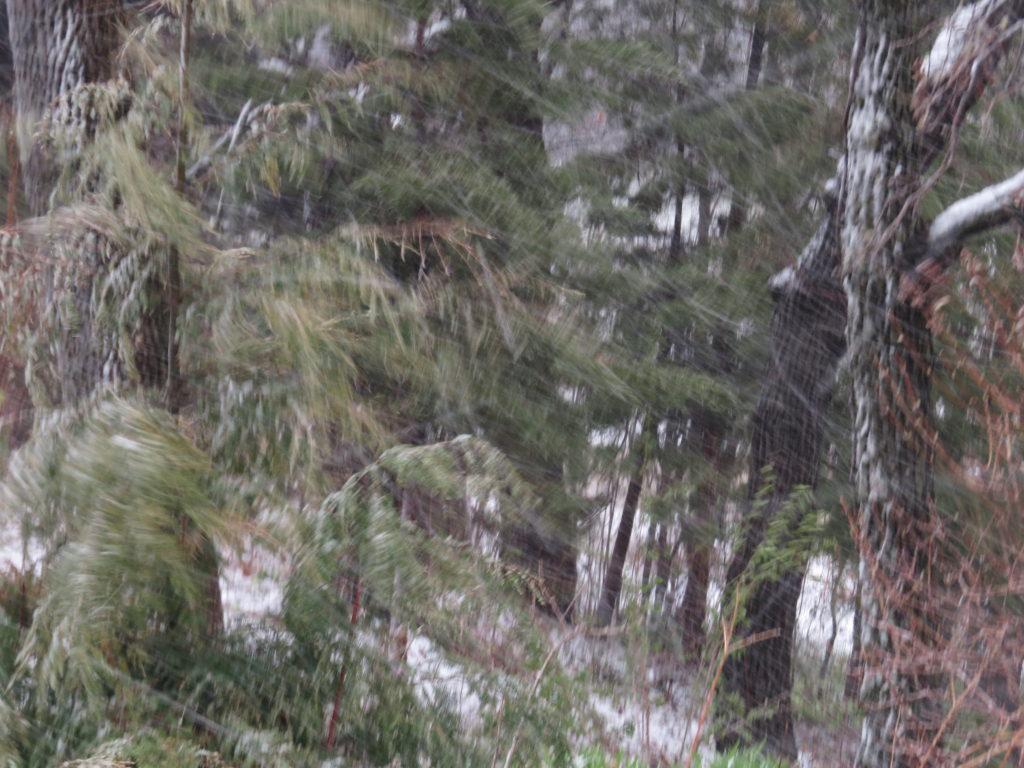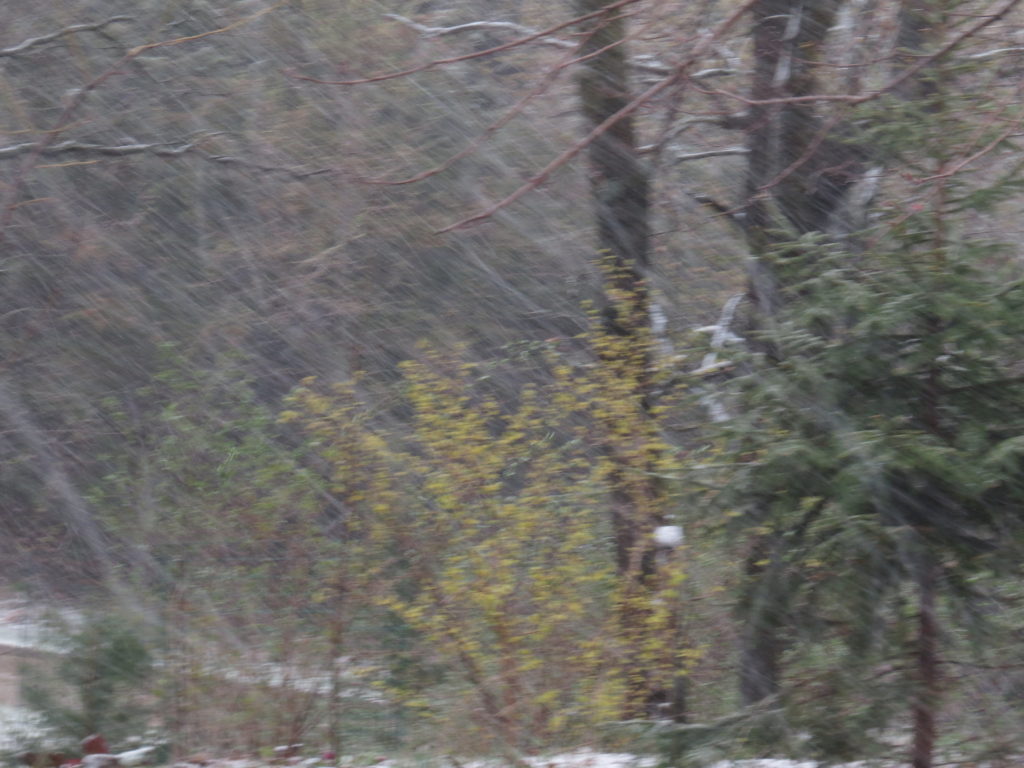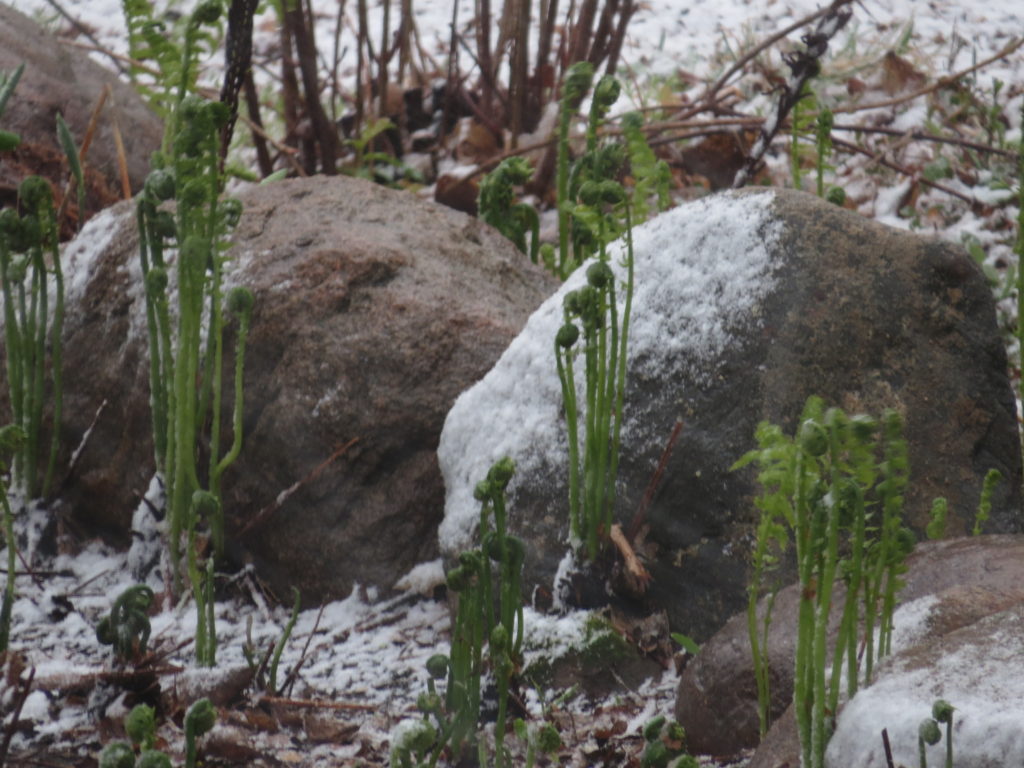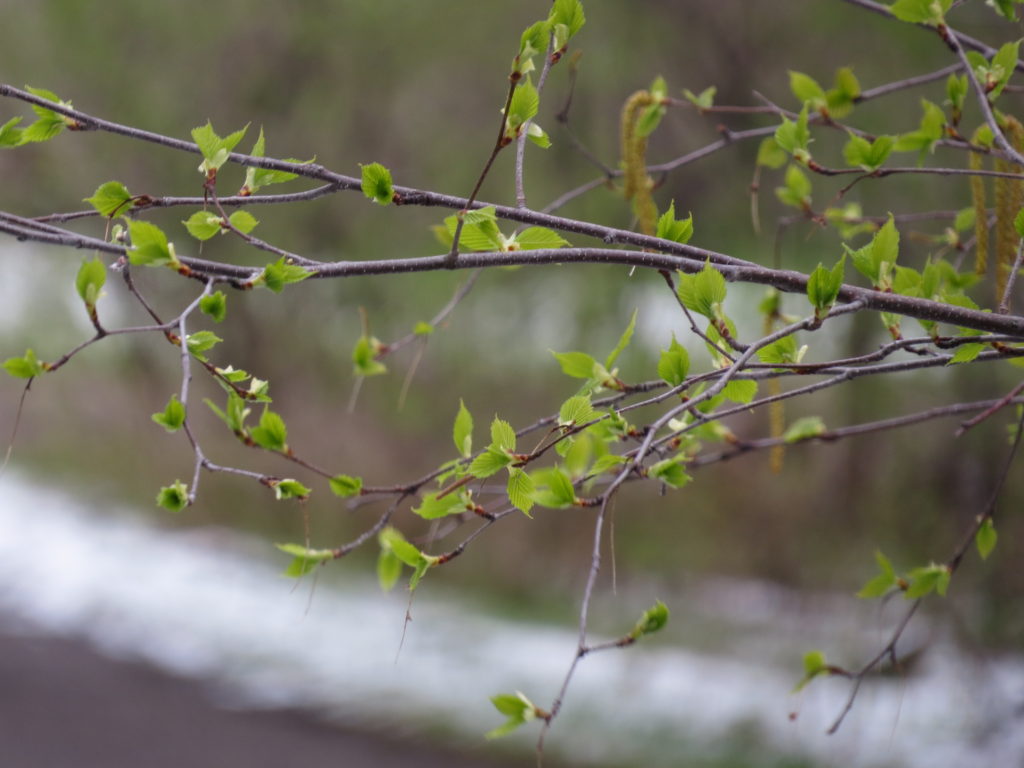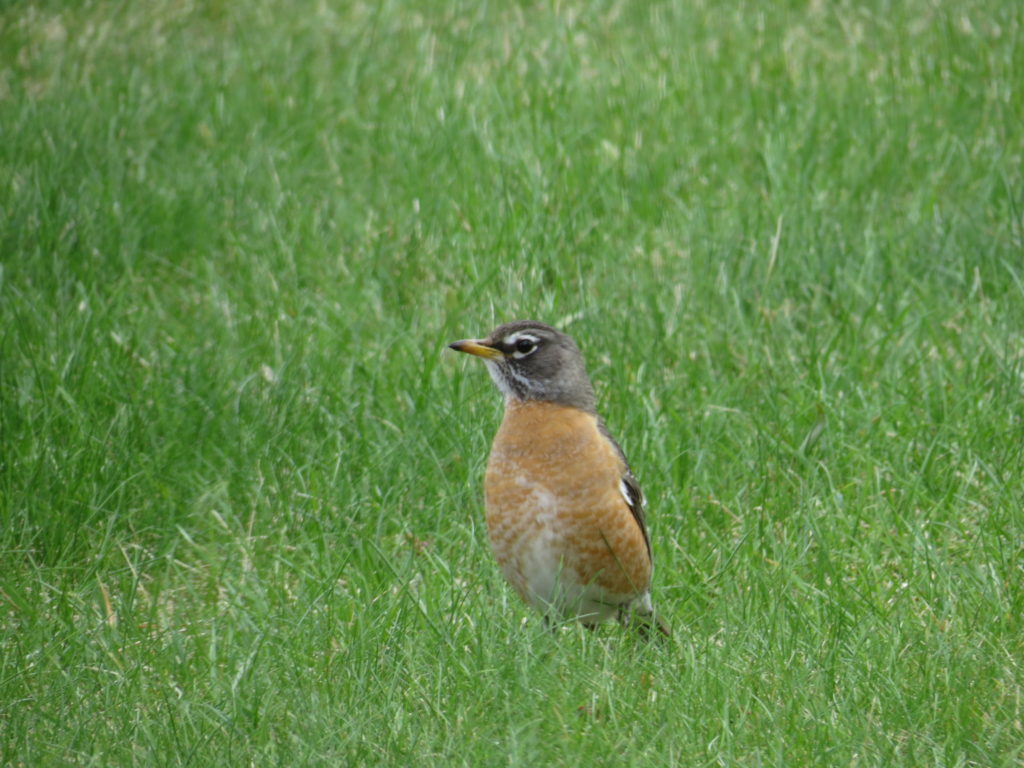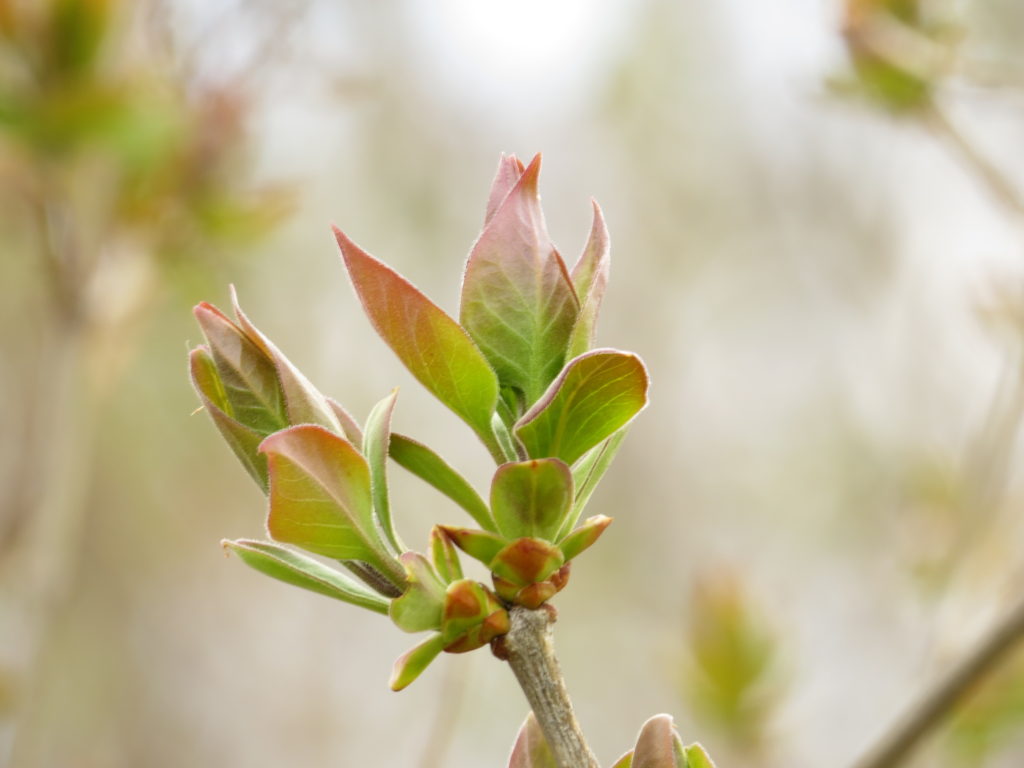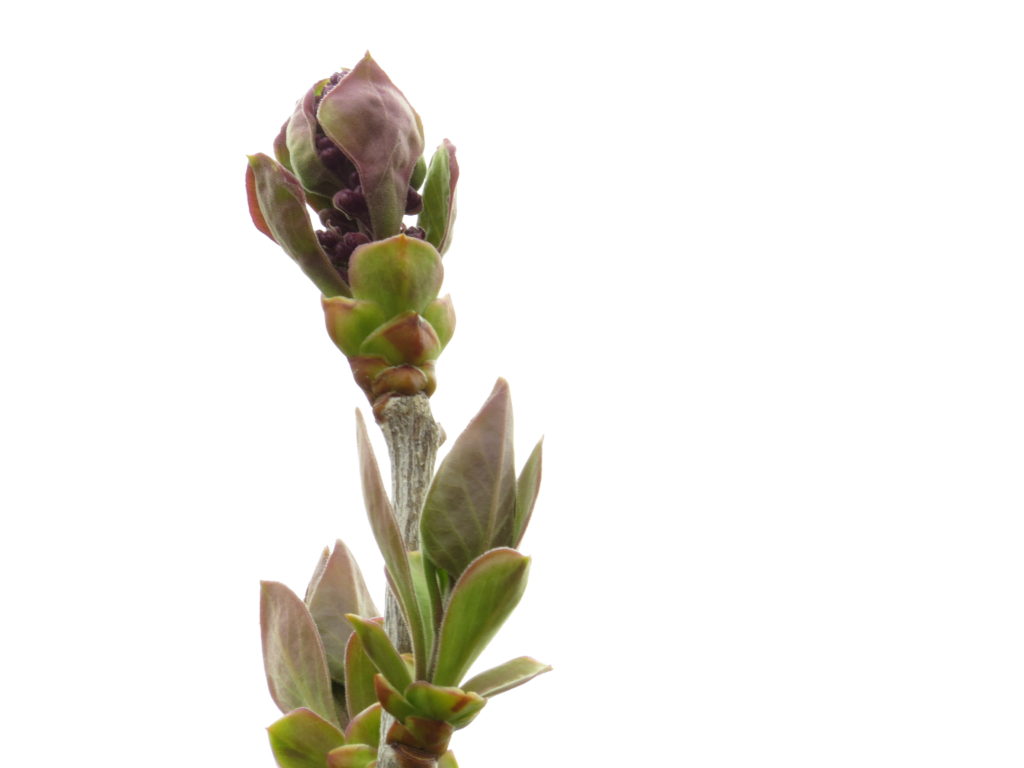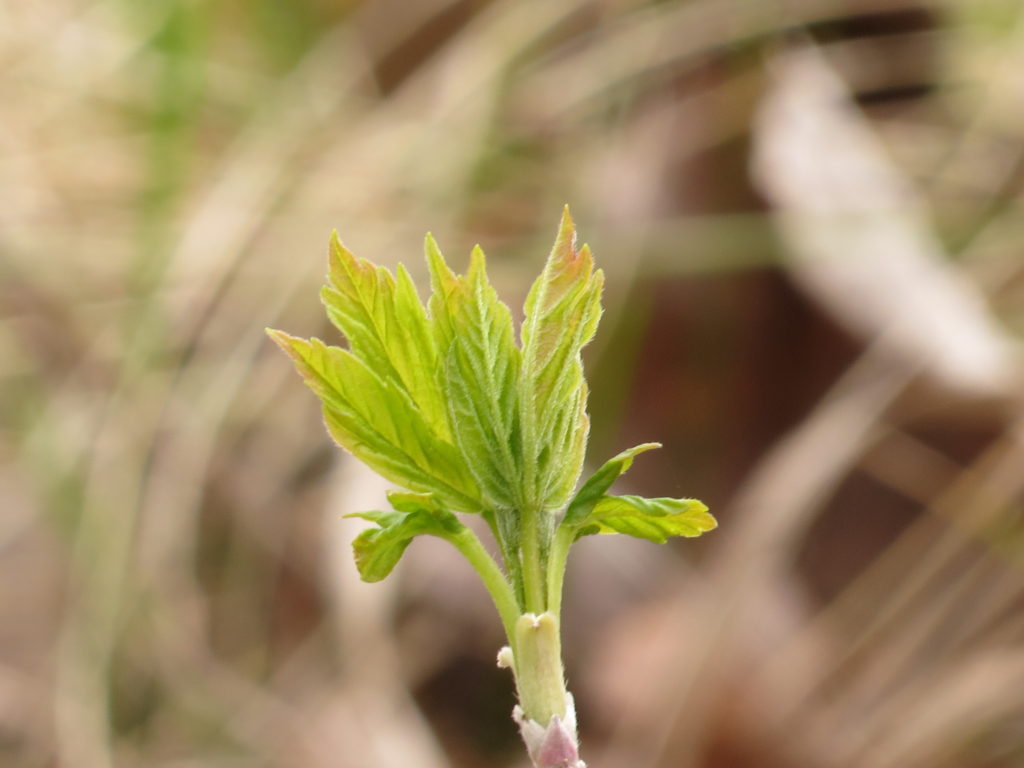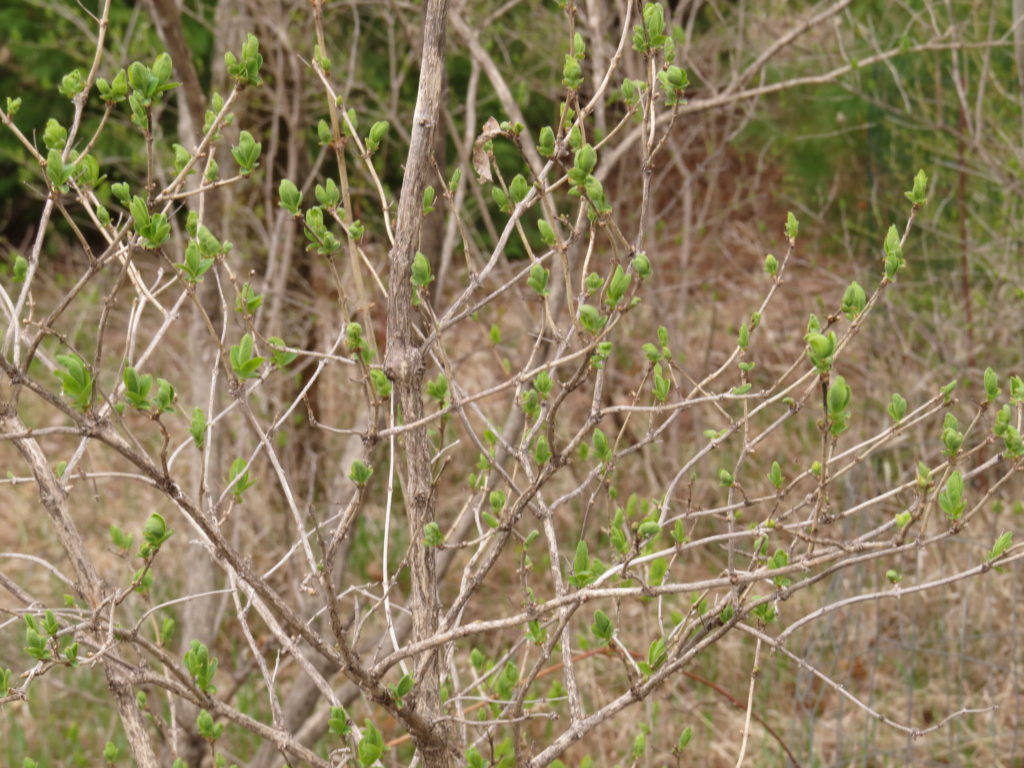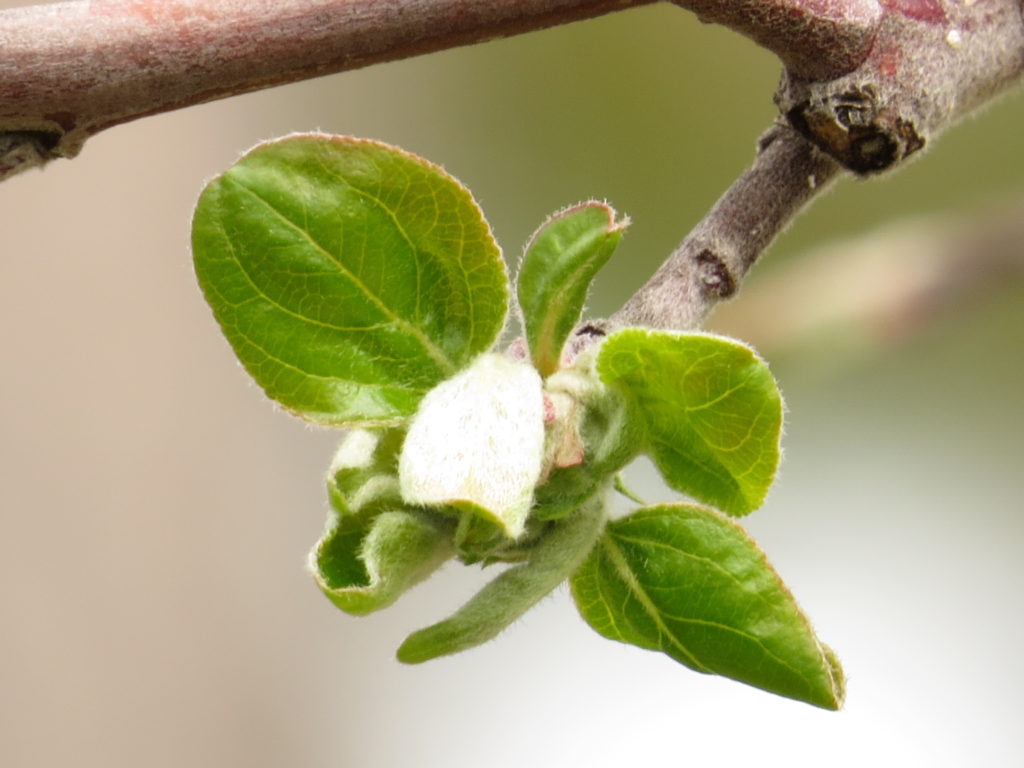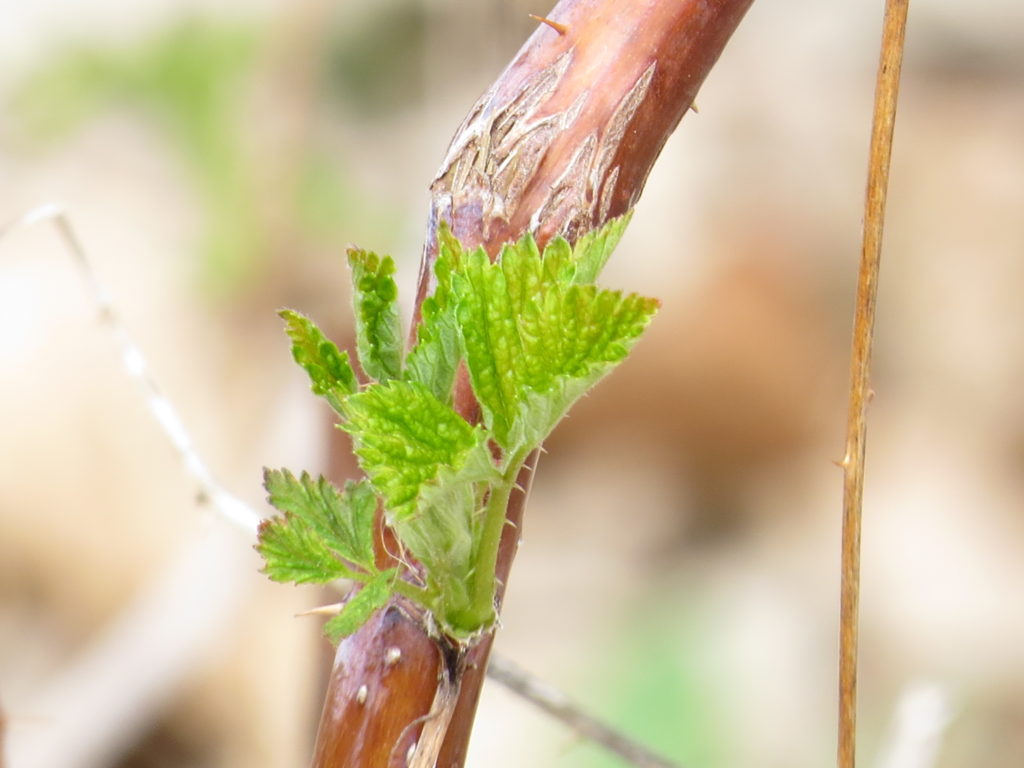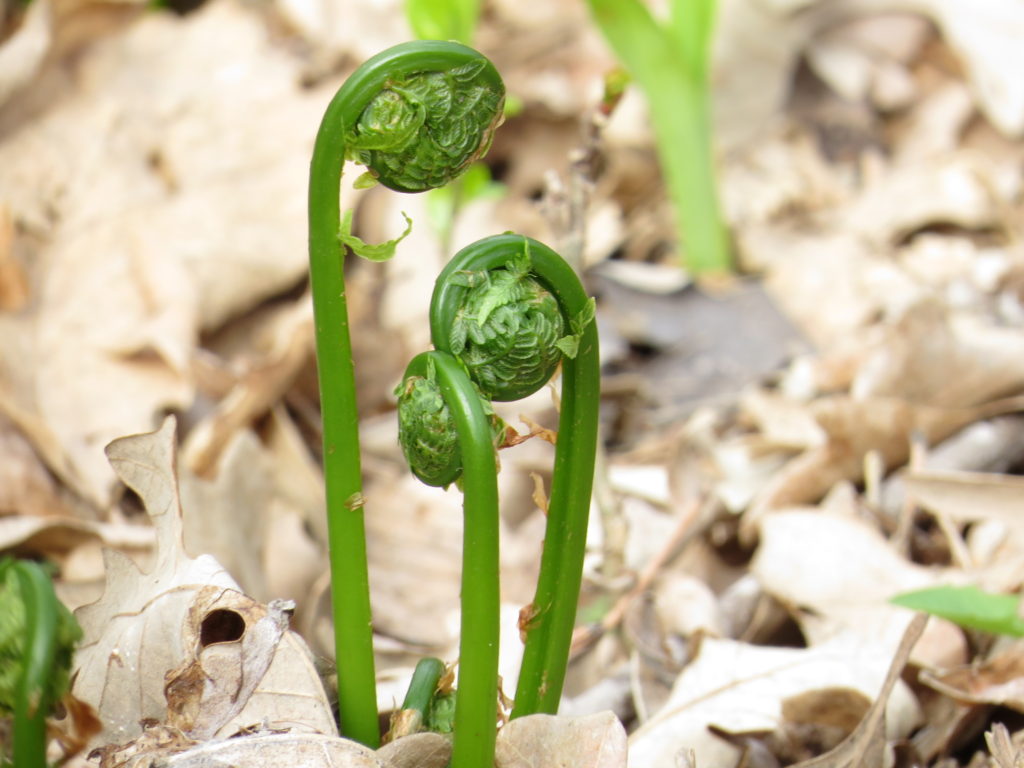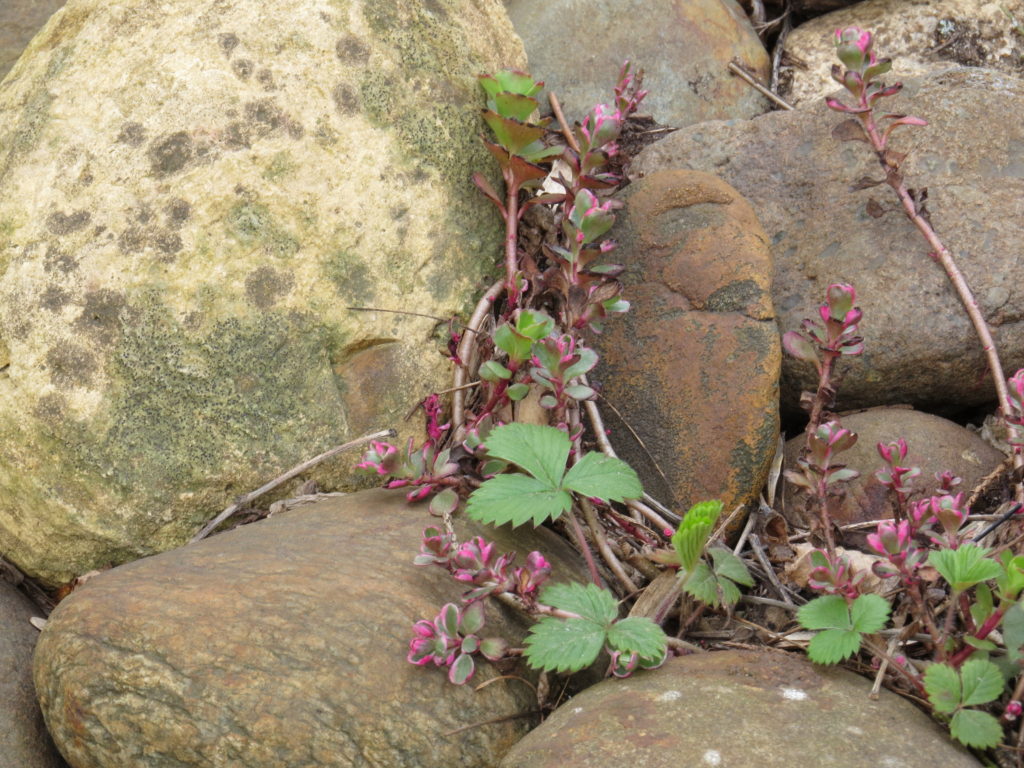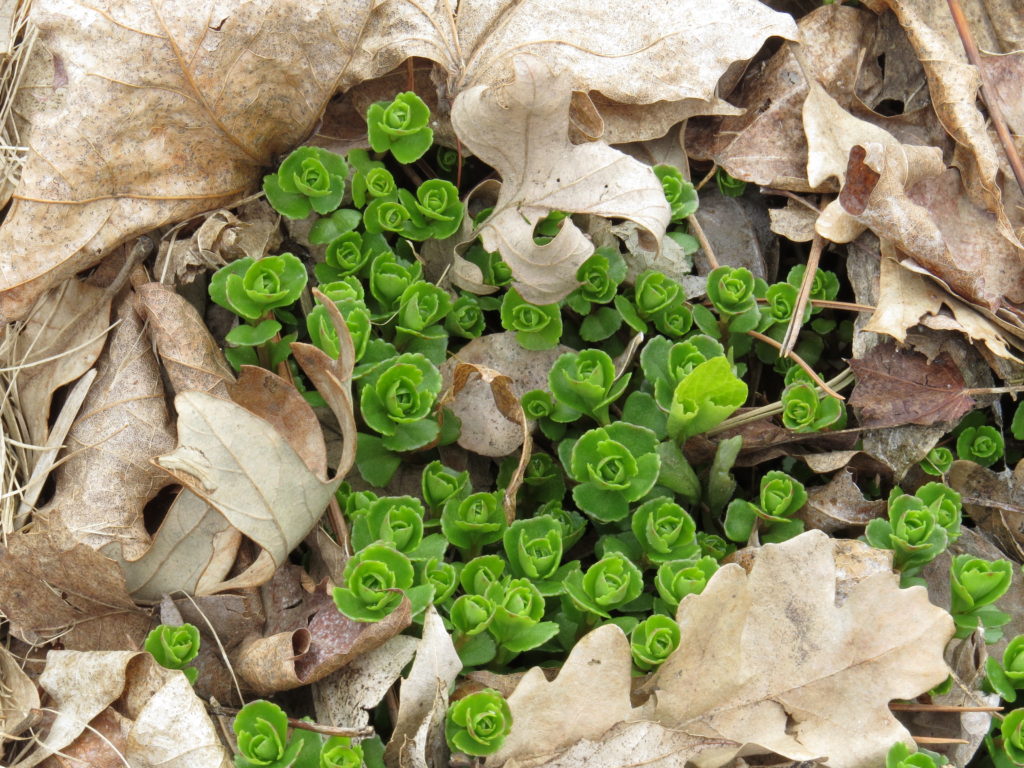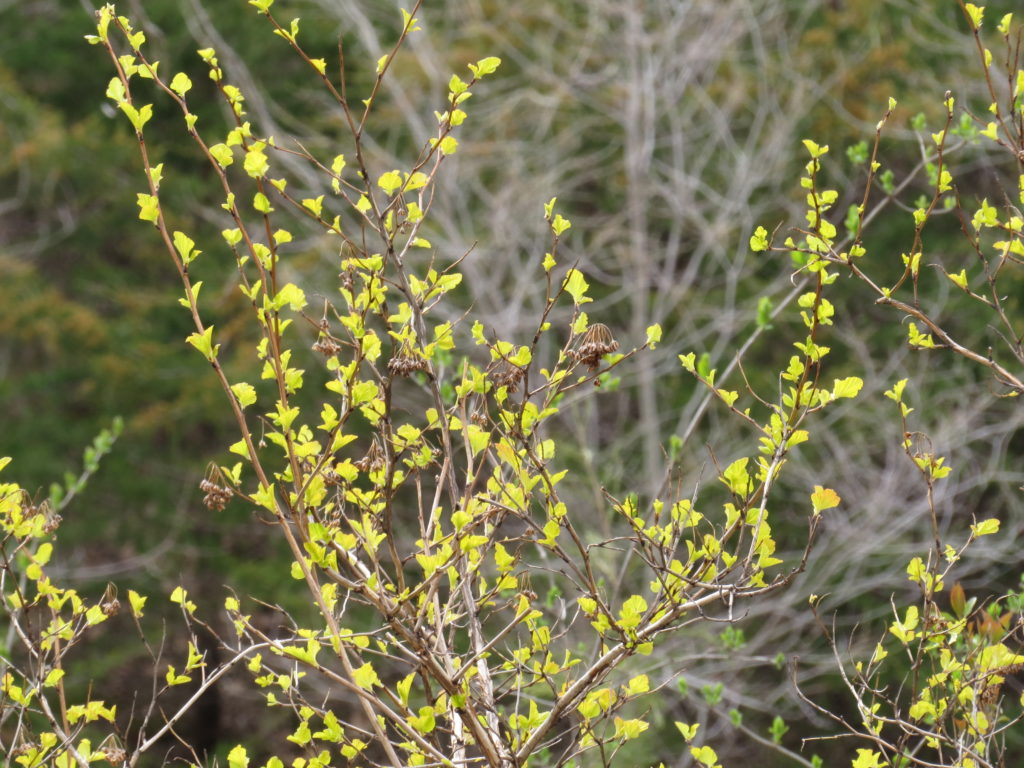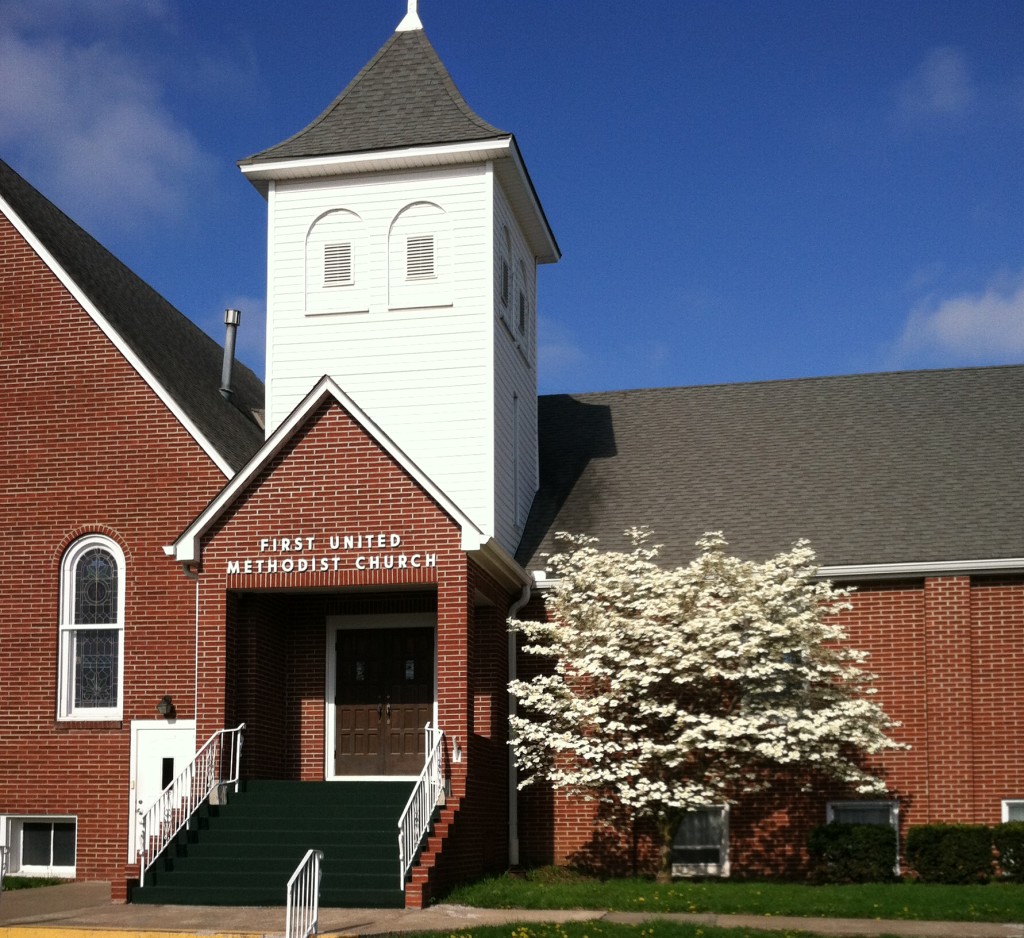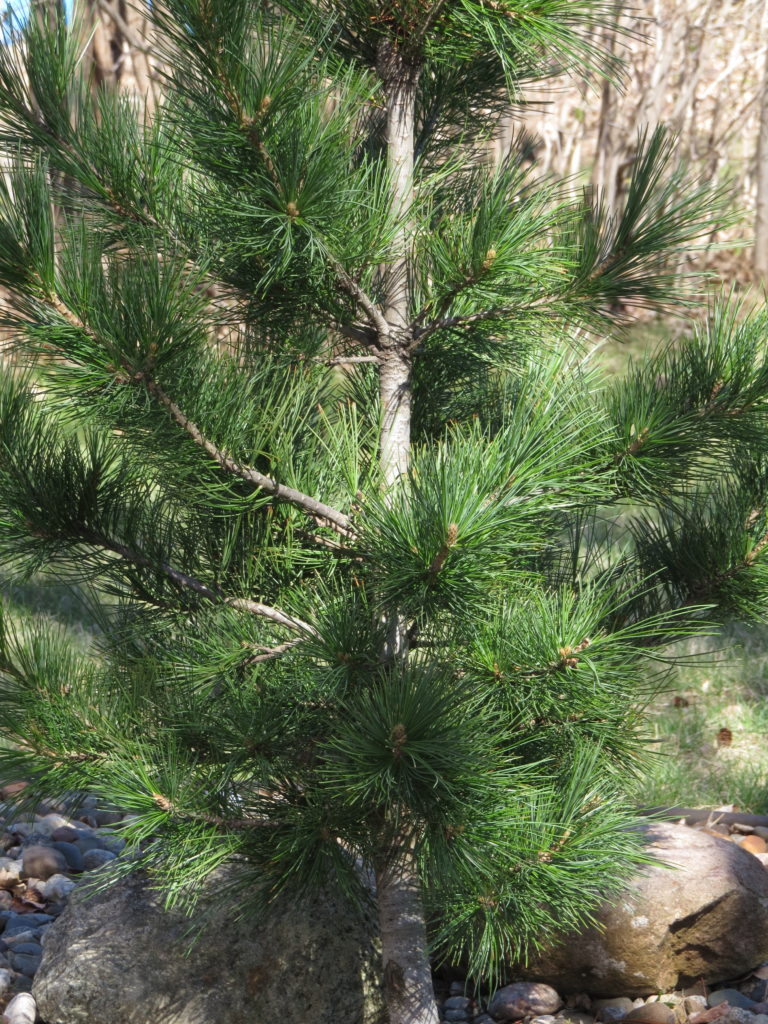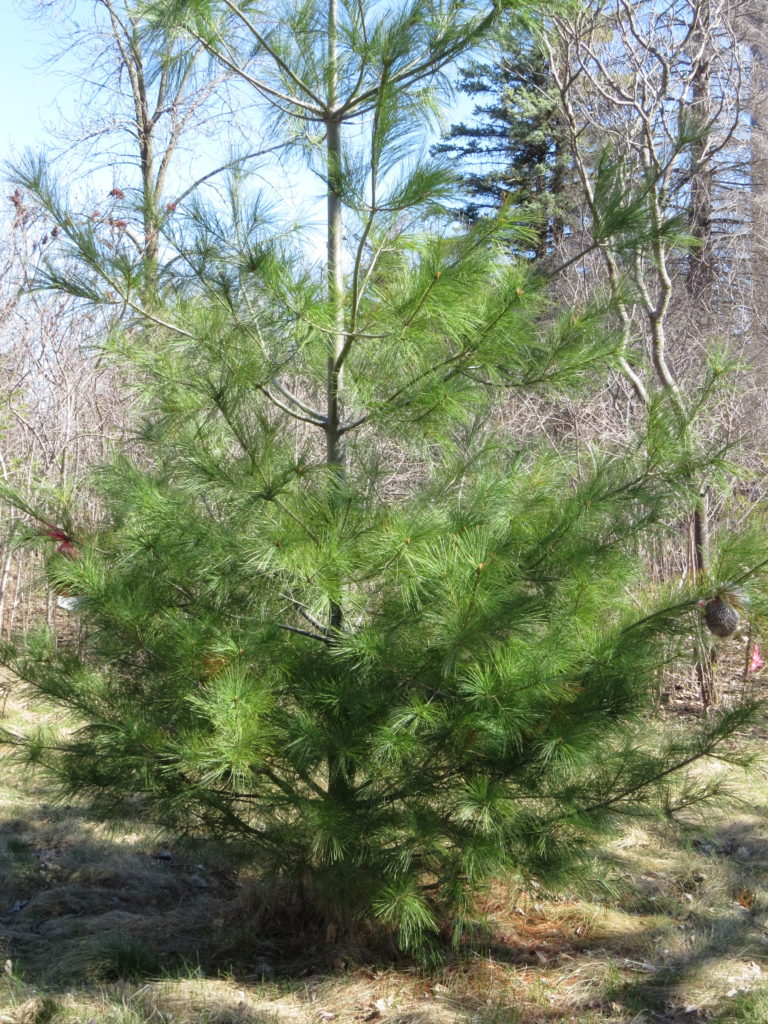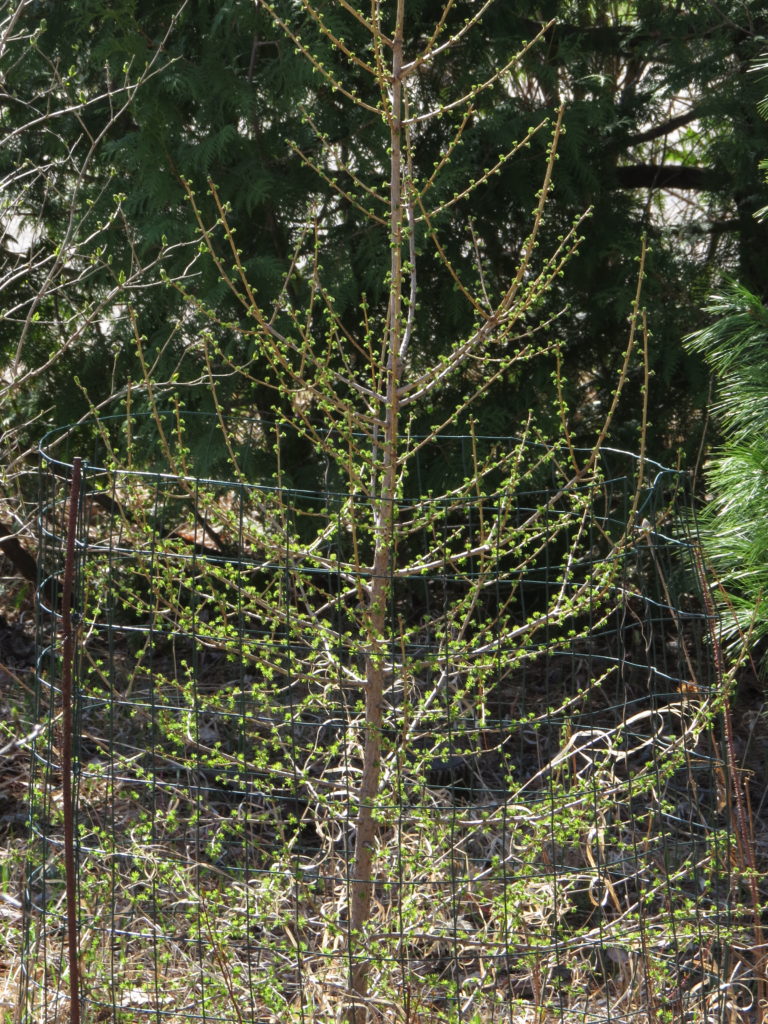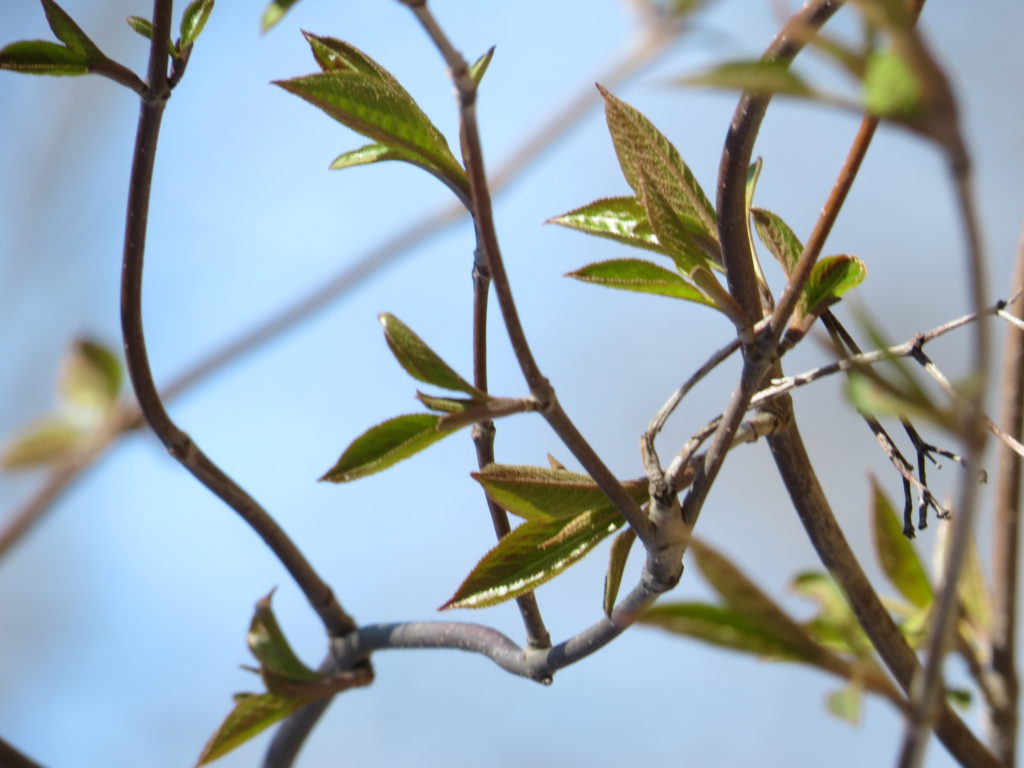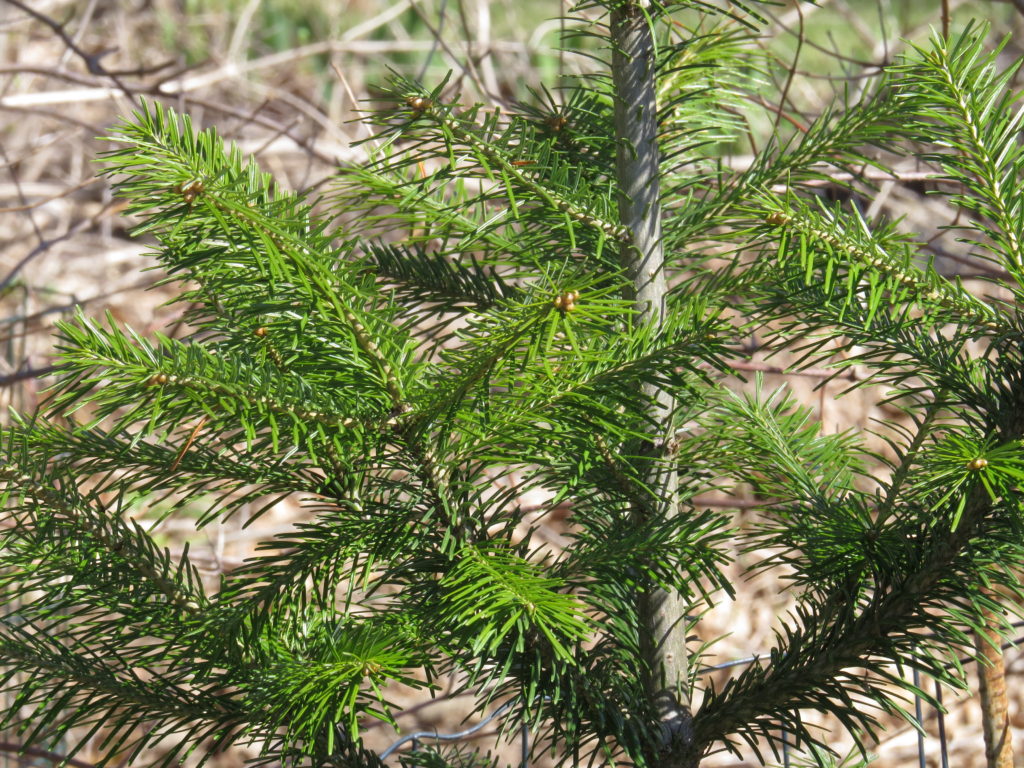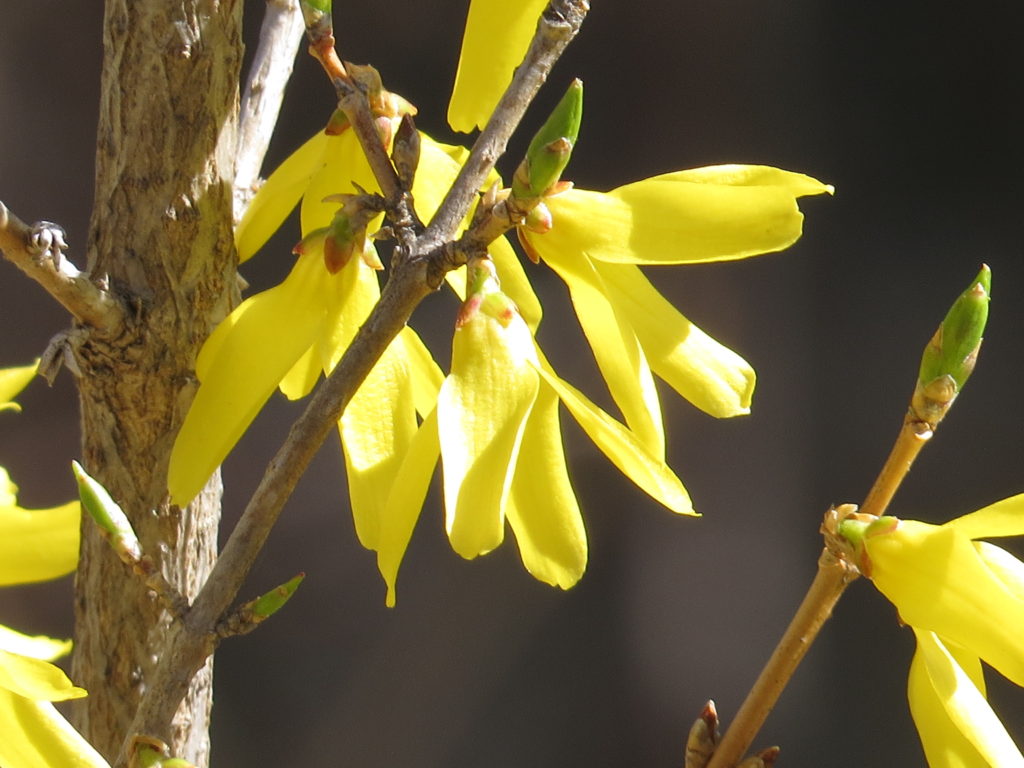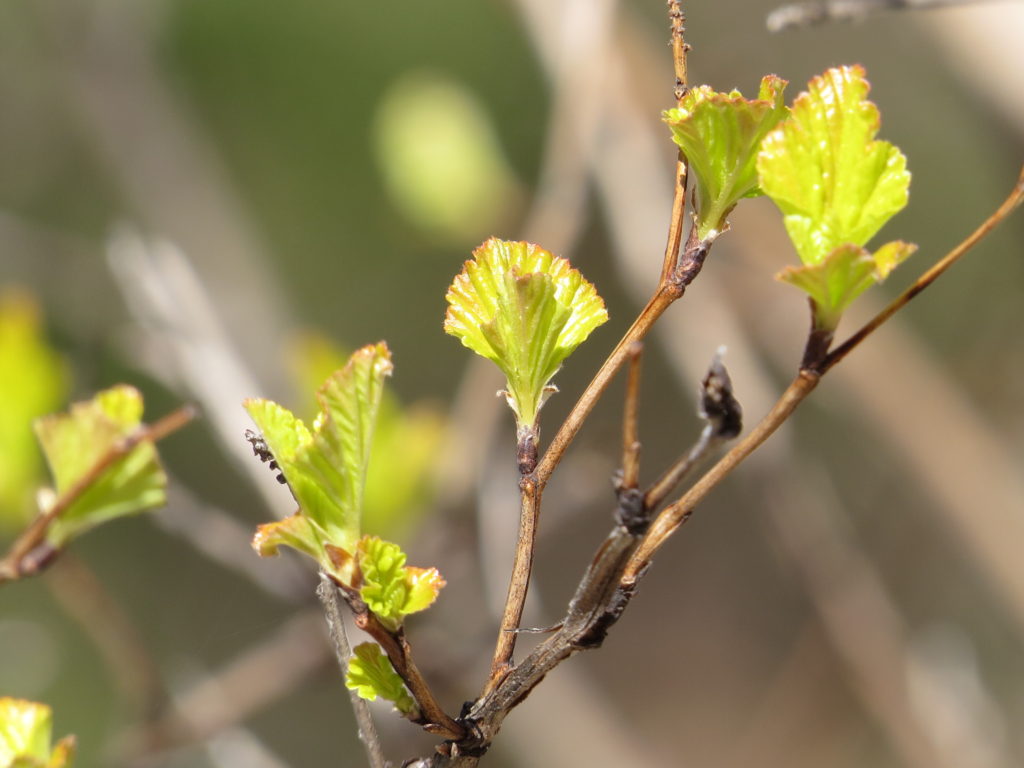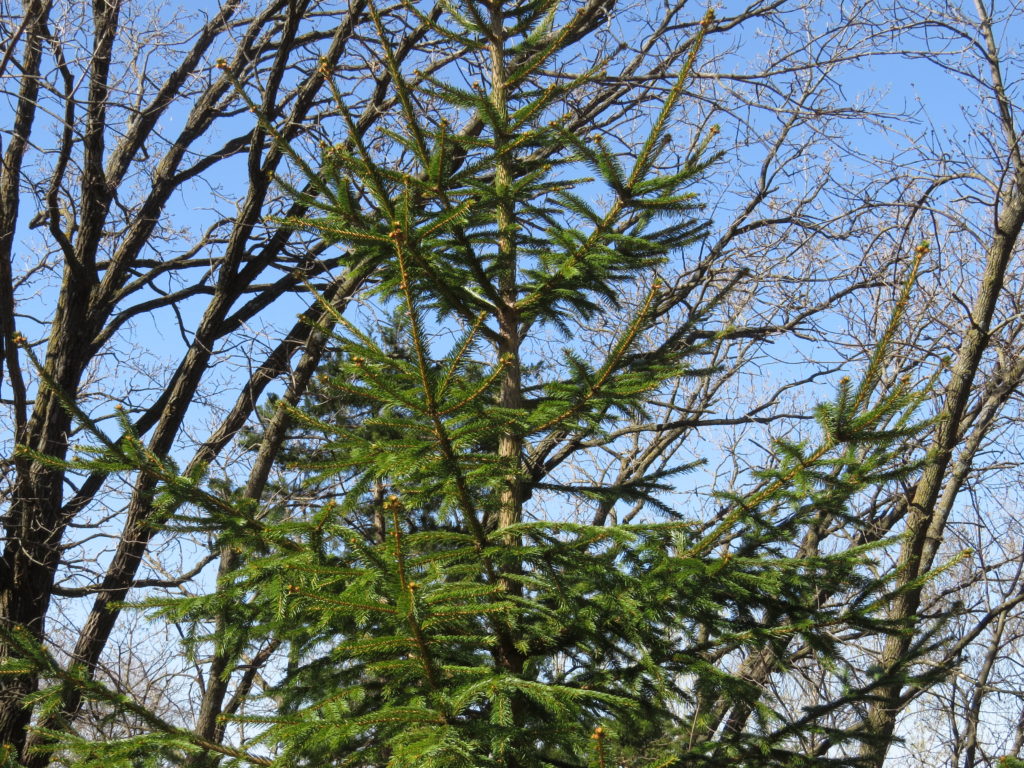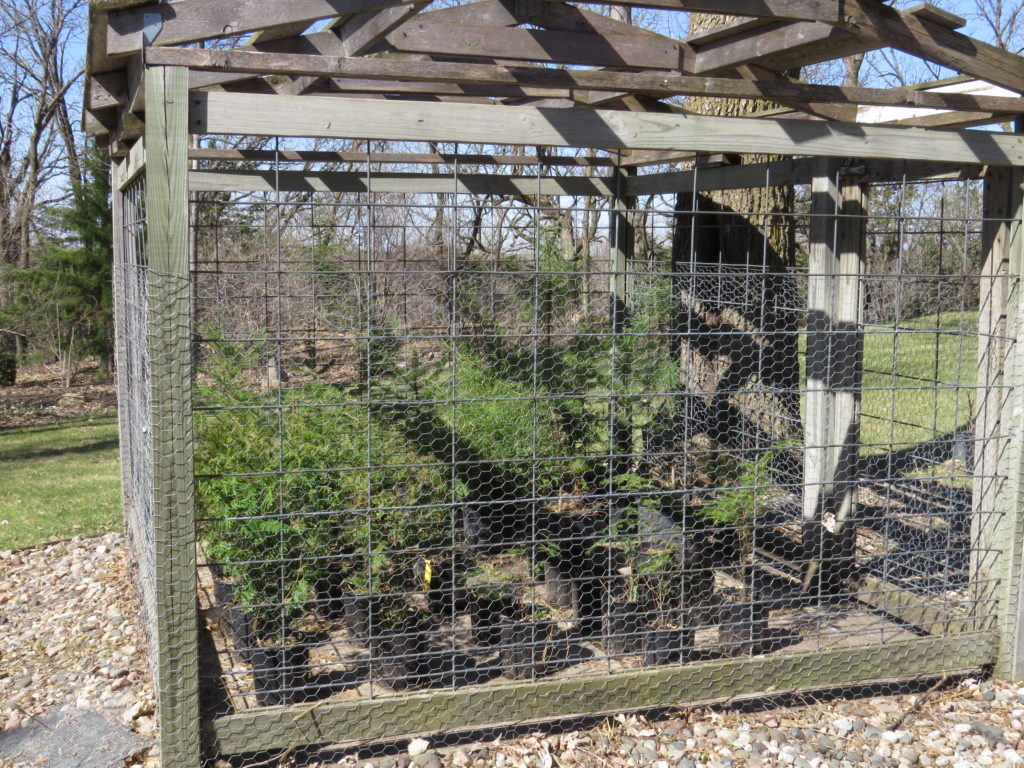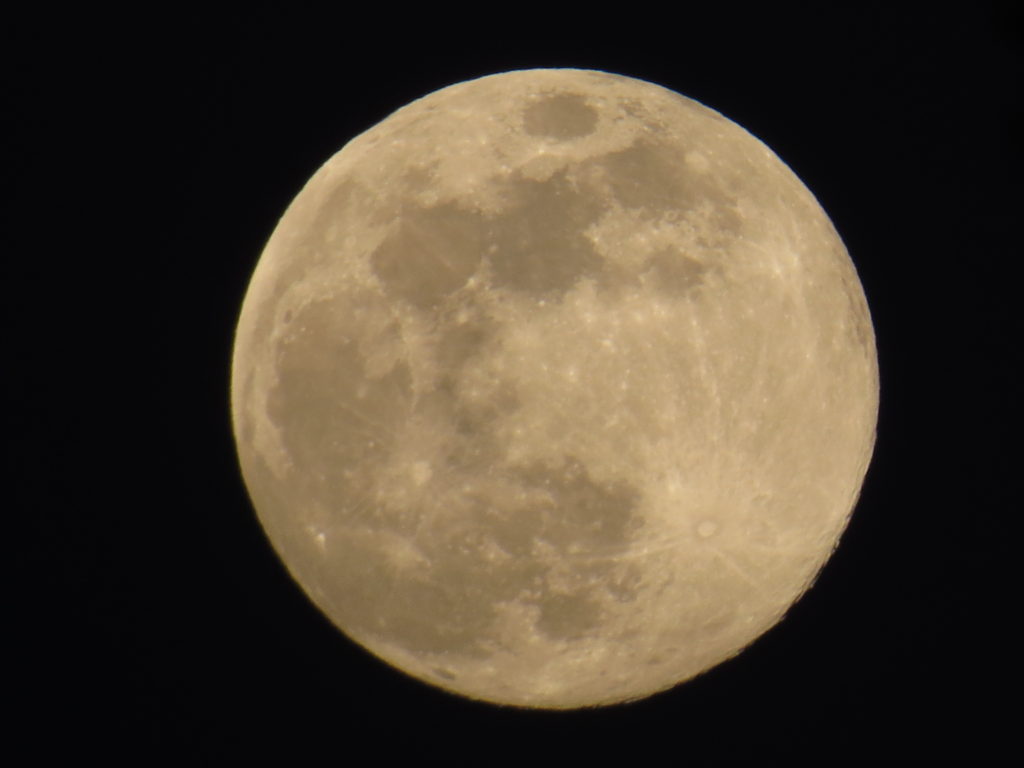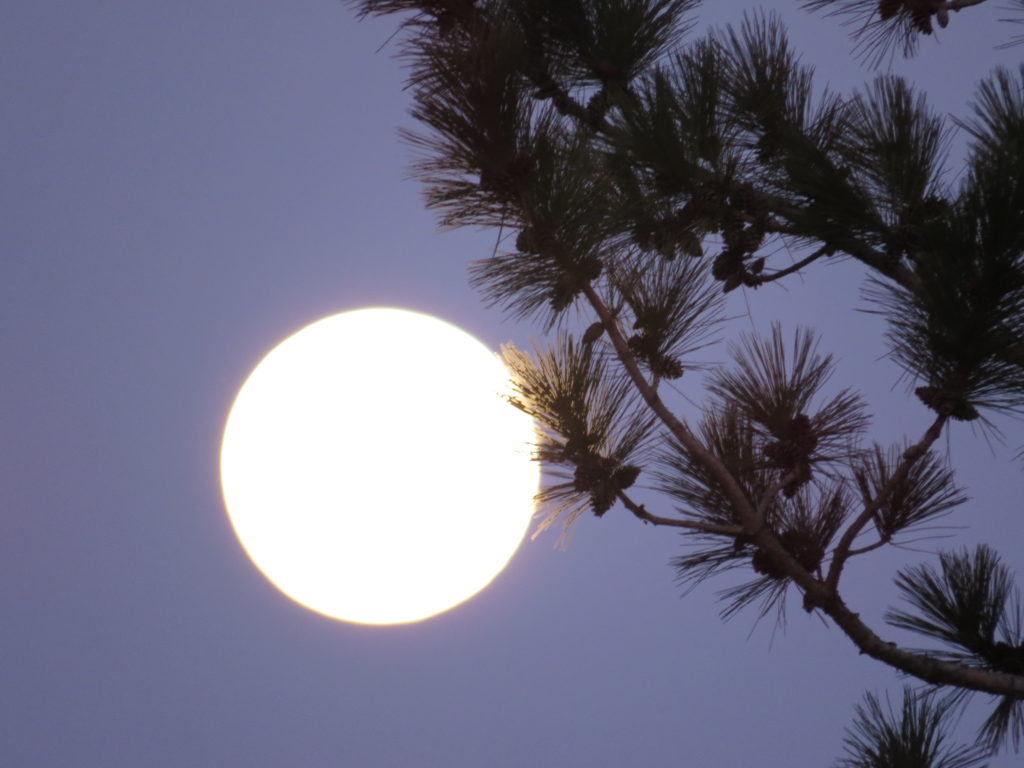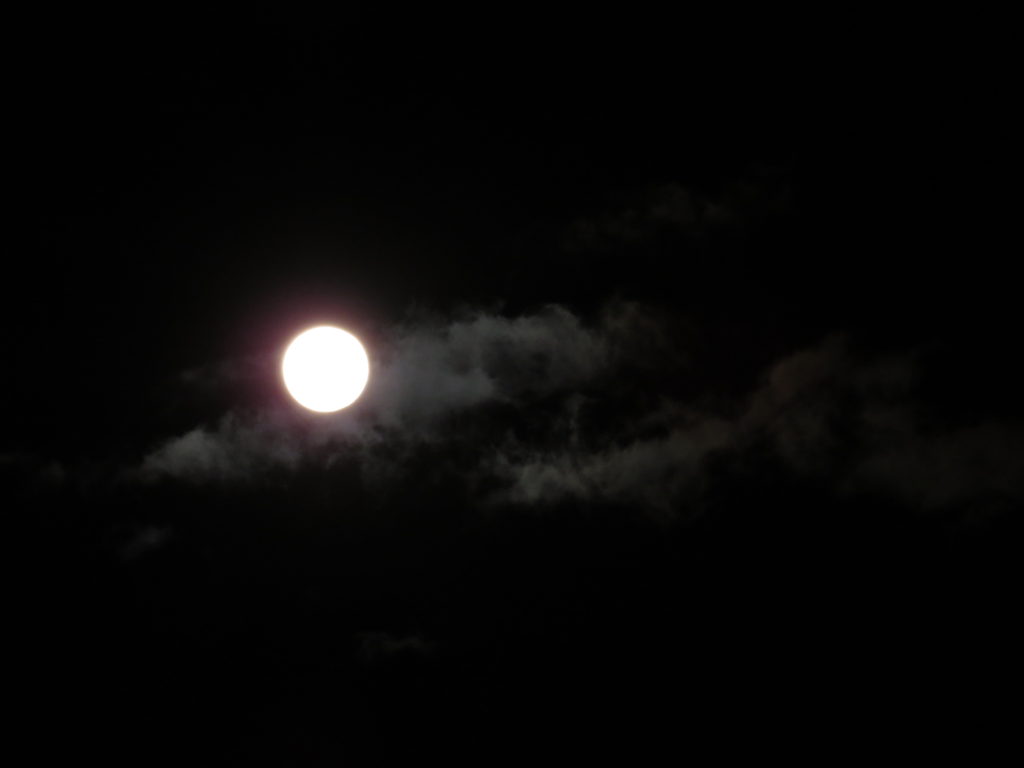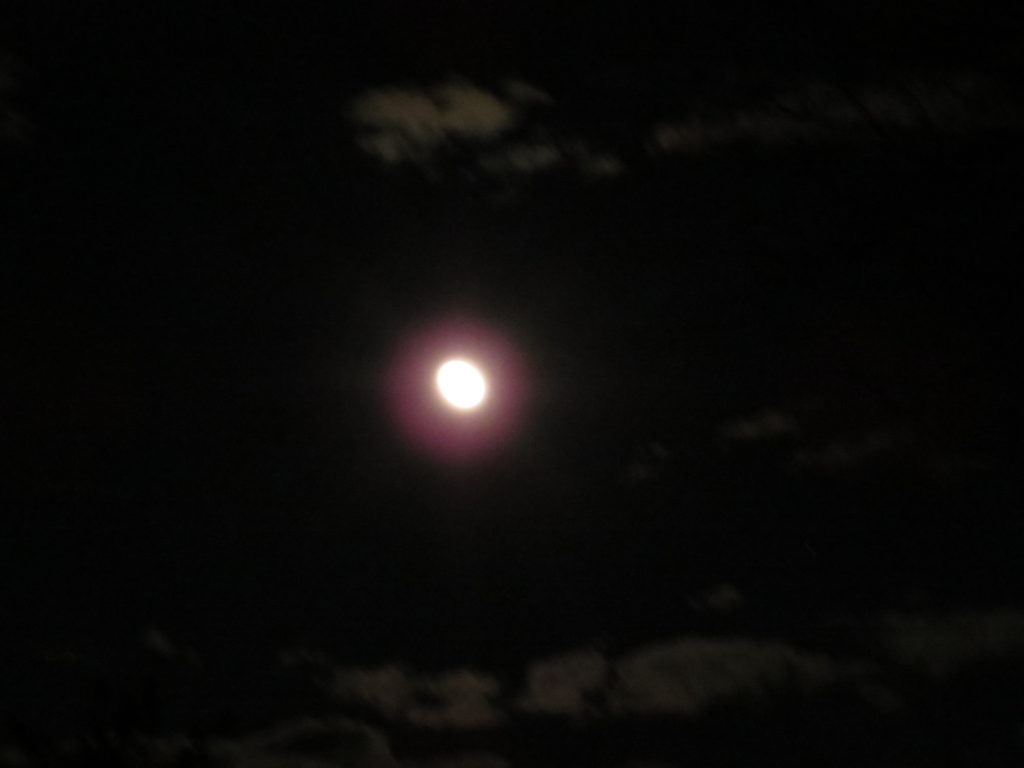What would compel you to jump off a cliff? I mean literally jump off a cliff. Where on the risk scale are you, if 1 is ‘safety first and always’ and 10 is ‘extreme adventure is just a way of life?’ After leaving KoWaKan, Aaron asked if we wanted to stop at Thirteen Corners. That pulled me up short! I had heard the stories, even seen the take-your-breath-away video. My first thought was ‘no way do I want to see where my son and others I care for risked their lives,’ but I also knew it was a beautiful, intriguing place. So I said yes.
It is a beautiful place. Located within both Superior National Forest and Bear Island State Forest is Section 30. One hundred years ago this was a working mine for iron ore, employing 140 men. A community, also named Section 30, had been built up around the mine. There was a post office, a school with 120 children, boarding houses, private homes, a dance hall, hospital, silent movie theater, and Oppel’s General Store! All work halted in 1921 due to financial problems of the mining company after 15 years and the removal of almost 1.5 million tons of iron ore. Bust!
Section 30 has returned to the wilderness with a permanent scar of the water-filled open pit mine. Trees grow on the ‘spoils’ piles of unwanted rock from the mining, and we stood high on the hill and spoils above the water.

My knees were weak just watching Aaron walk to the ‘leaping point’—a jutting rock that overlay the green water sixty or seventy feet (or more?) below.

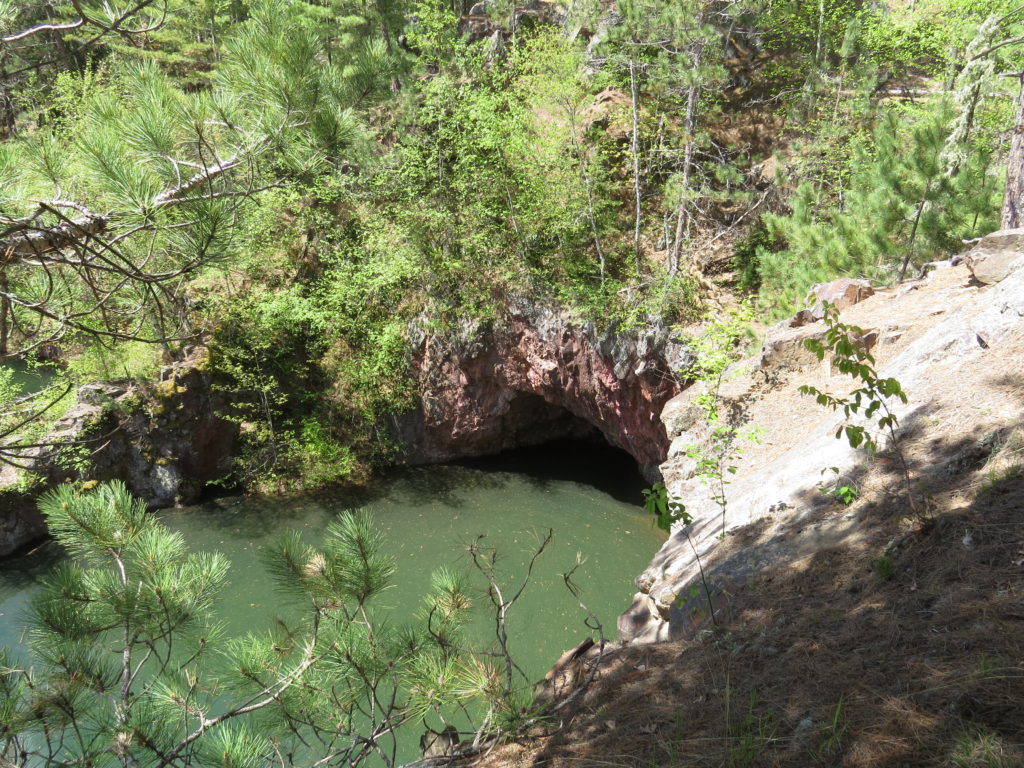
Trees have grown to the edge of the ragged rock cliffs, and Aaron pointed out the smaller cliffs on the other side—the ten or twenty footers where it was more just ‘fun’ to jump from. He told me of the tunnel under the inclined ledge—‘see that bright spot?’
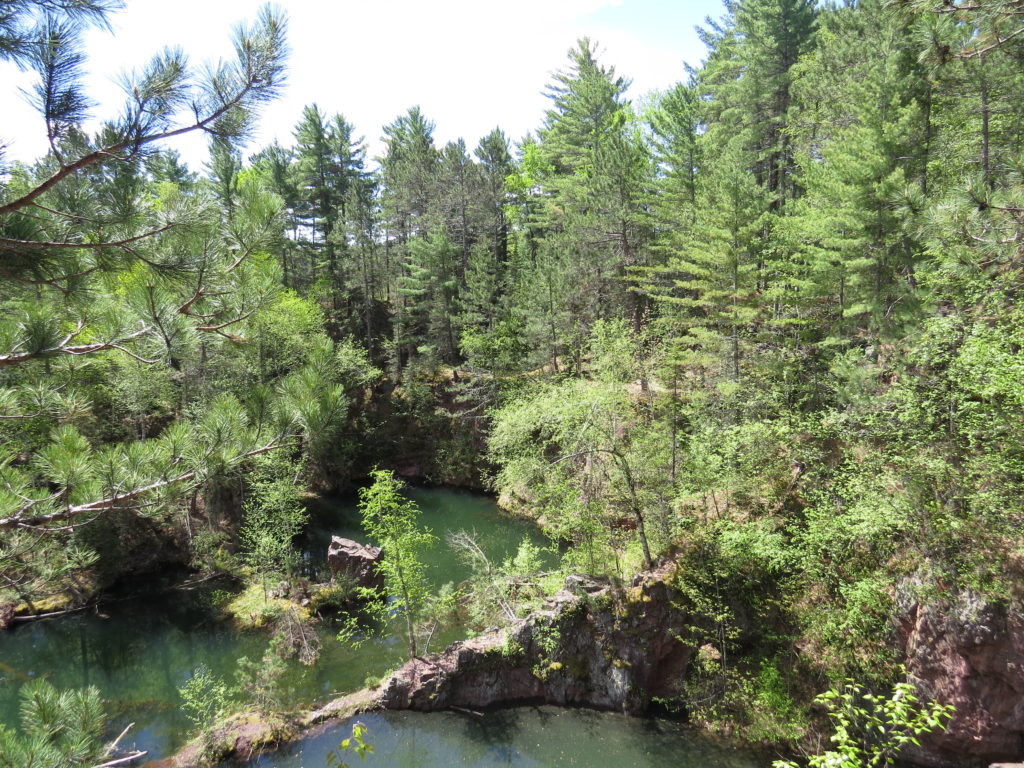
It was like an optical illusion to me, that bright spot, until finally I could discern that it was sunlit ground from the other side of the tunnel.
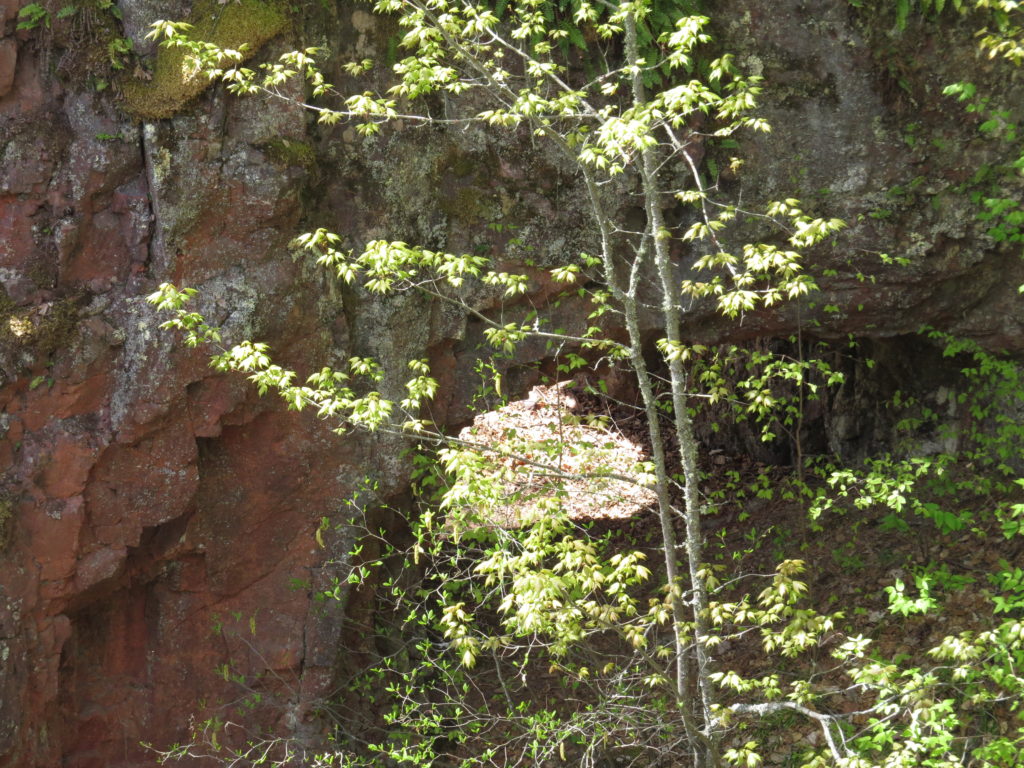
The rock is actually quite beautiful with its red, purple, orange, and rust colors. There are layers of iron ore and pockets of white quartz.
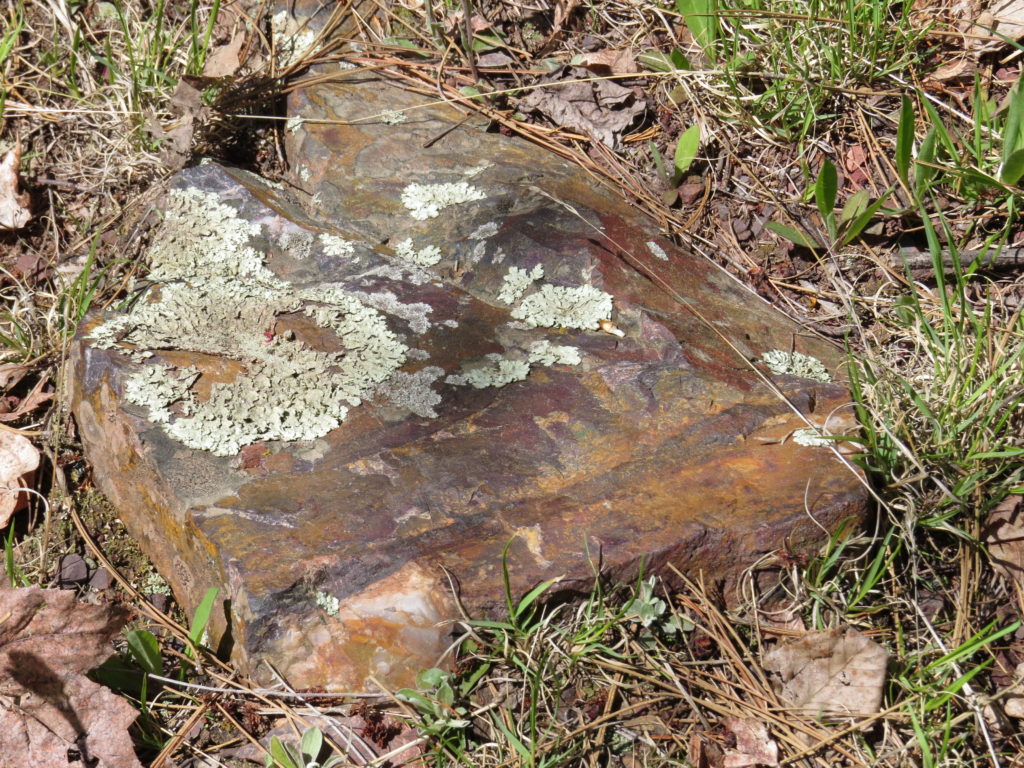
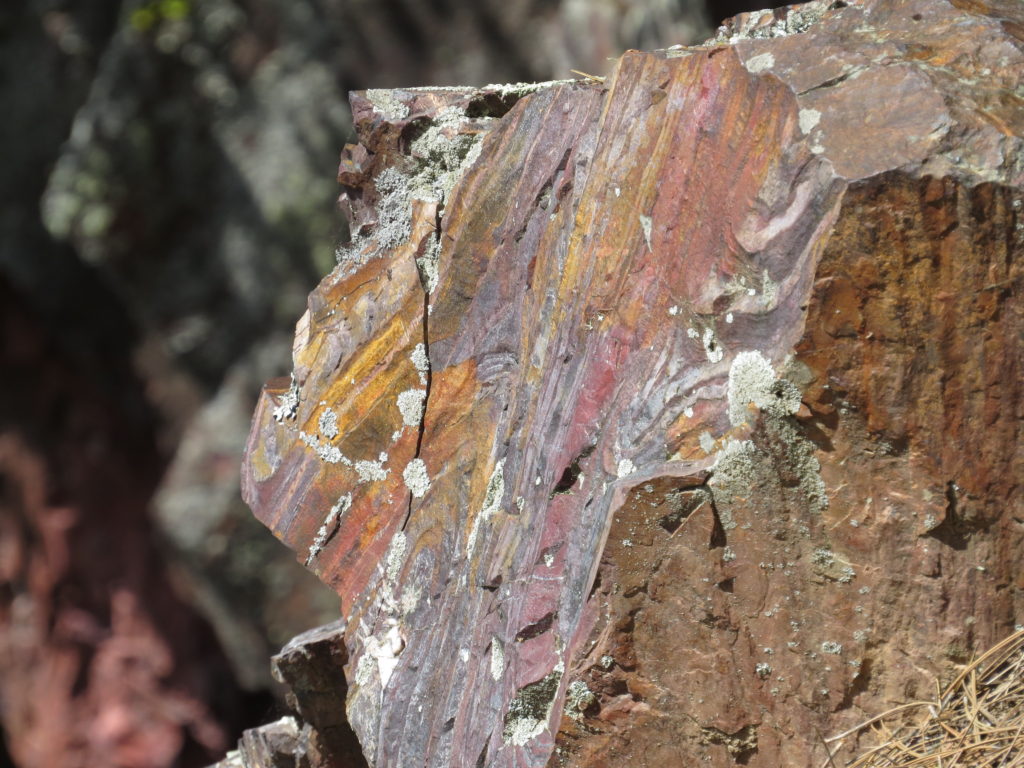
But back to jumping off a cliff—what does a person ‘need’ to take a risk like that? First, you would need some skills—swimming, how to control your body when jumping, holding your breath, etc. You wouldn’t jump off a 70 foot cliff without first jumping off smaller cliffs many times—so, practice. You would need confidence in your abilities. You would need support—many eyes and hands to help see the dangers, to navigate the correct path, and to give you encouragement or warnings. And finally, you would need courage. It would be a rare person who would be able to stand on the ‘leaping point’ with no fear or trepidation.
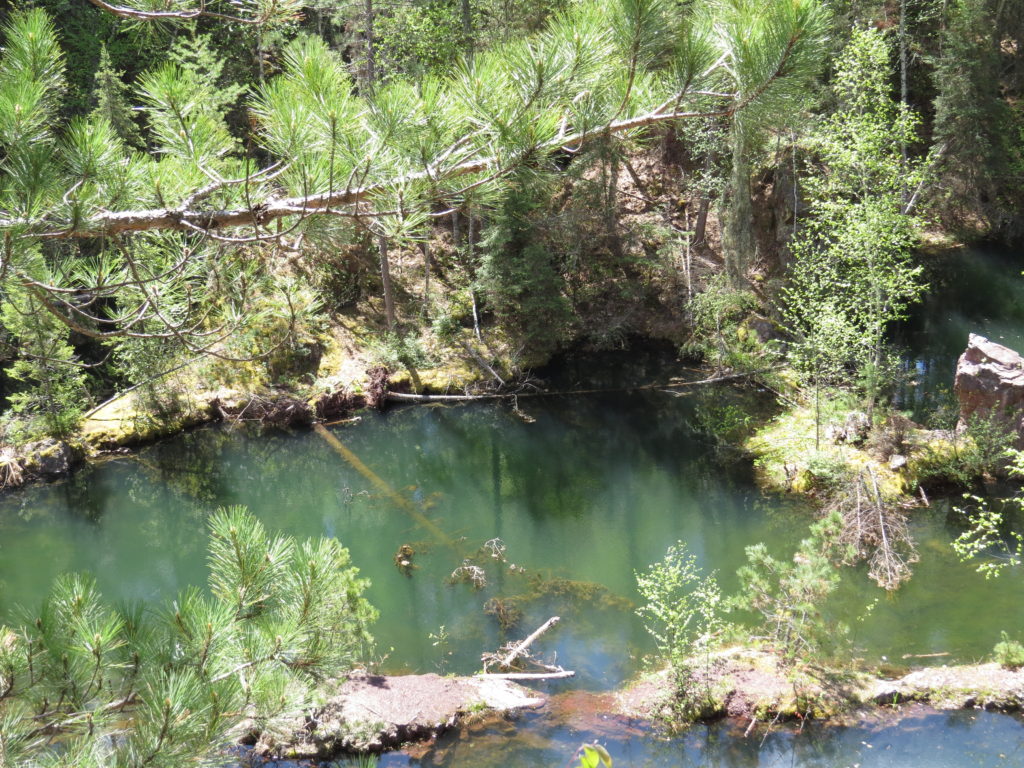
The only evidence I saw of the mine, besides the pit and the piles of overgrown spoils, was this iron spike drilled into a rock high above the water. It must have held cables that were used to hoist the rock from the bottom of the pit. It was used for support, safety, and protection for the miners. It was important. They relied on the strength and integrity of that support for their livelihood, their well-being, even their life. Safety matters, even in risky ventures.
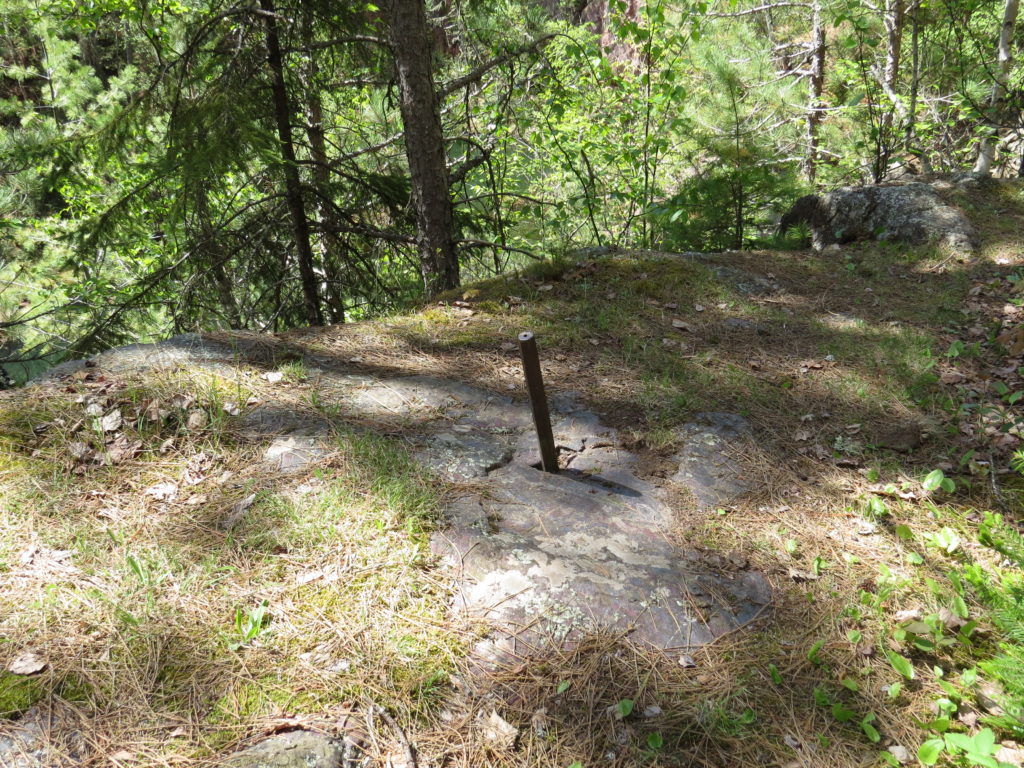
As I looked down at the green water, the very best I could imagine myself doing was walking out on that ridge and sitting with my feet in the water. Maybe. Perhaps. I’m a one on the risk scale, if not a zero or a negative number.
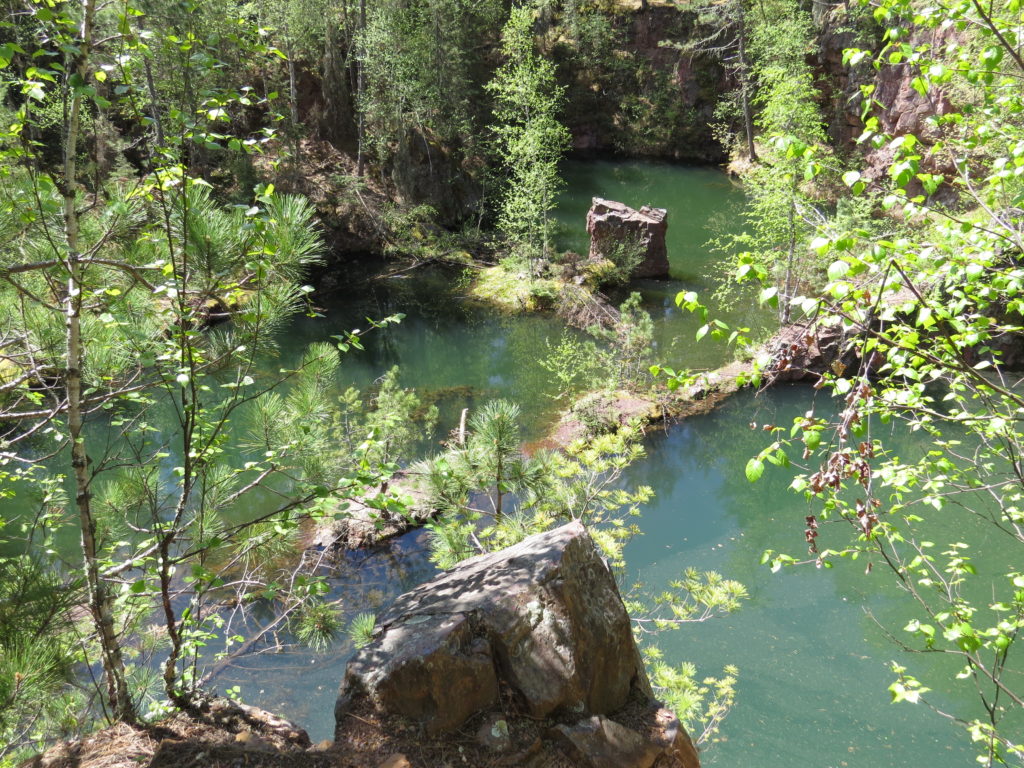
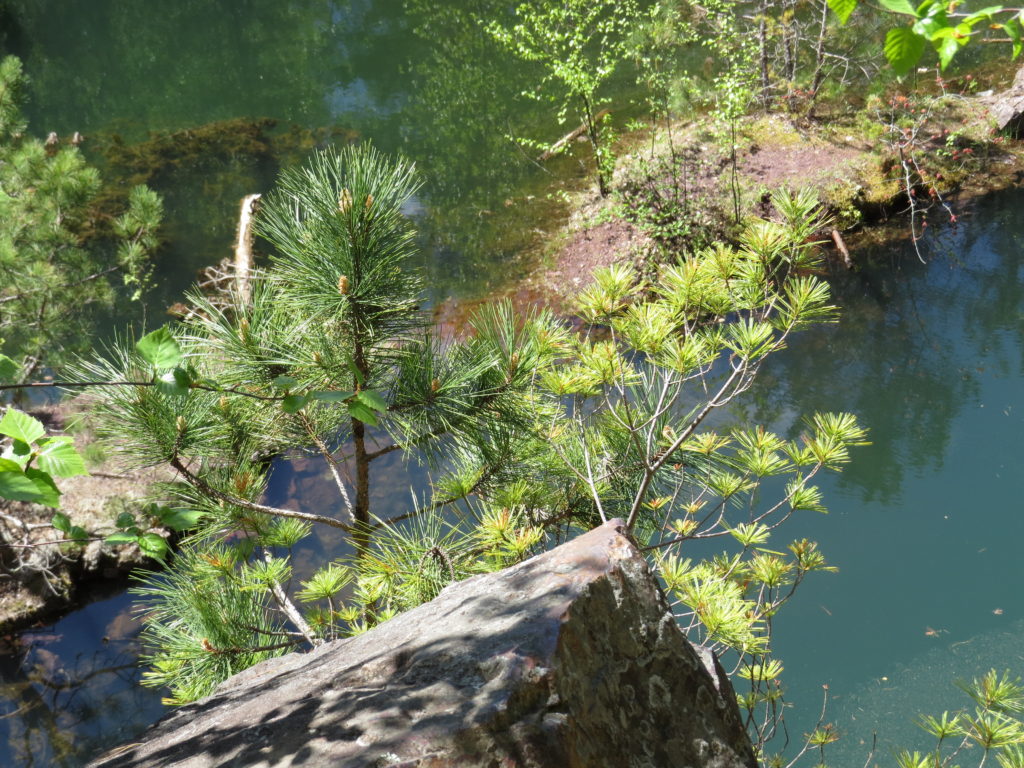
Walking through the trees, it was hard to imagine a bustling little mining town with children walking to school past the open pit where their fathers worked one hundred years ago. It was a risky job taken by Finnish immigrants in order to make a better life for their families. Those families moved on to other mining jobs and other places when Section 30 slowly dissolved after the abrupt closing of the mine. The mining company took a ‘calculated risk,’ defined as ‘a chance of failure, the probability of which is estimated before some action is undertaken.’ All businesses and all individuals at some time in their lives, take calculated risks after looking at the pros and cons, running the numbers, and having trusted people ‘weigh in’ on the issue. It is intentional; it is a choice. There are other risks people embark on from a position of vulnerability because of age, finances, health, or status—these ‘decisions’ are often a reaction of survival instead of a calculated choice. Then there is the purely physiological reality that the ‘executive function’ part of the brain, the prefrontal cortex, does not fully develop until the age of twenty-six or so. This is the rational part of the brain that is responsible for planning and impulse control. So our relationship to risk and safety changes as we mature and age.
Wherever we fall on the risk scale and for whatever reason we may or may not literally jump off a cliff or do any other kind of risky business, we can appreciate the siren call of adventure, freedom, re-birth, and fresh starts. We do, however, need to be wary of the bright spots that blind us of the risks; we need to practice discernment. We need to remember that the strength and integrity of safety matters. I thank God for the safety of the young people I know who have jumped off the cliffs—not all have fared so well, and I hope they have moved a little more towards the center of the risk scale. As for me, I need to move the needle away from my cocoon of protection and safety towards the middle ground where the unknown can bring connection, joy, and fun. Hello to Courage, and hello to “So I said yes!”
